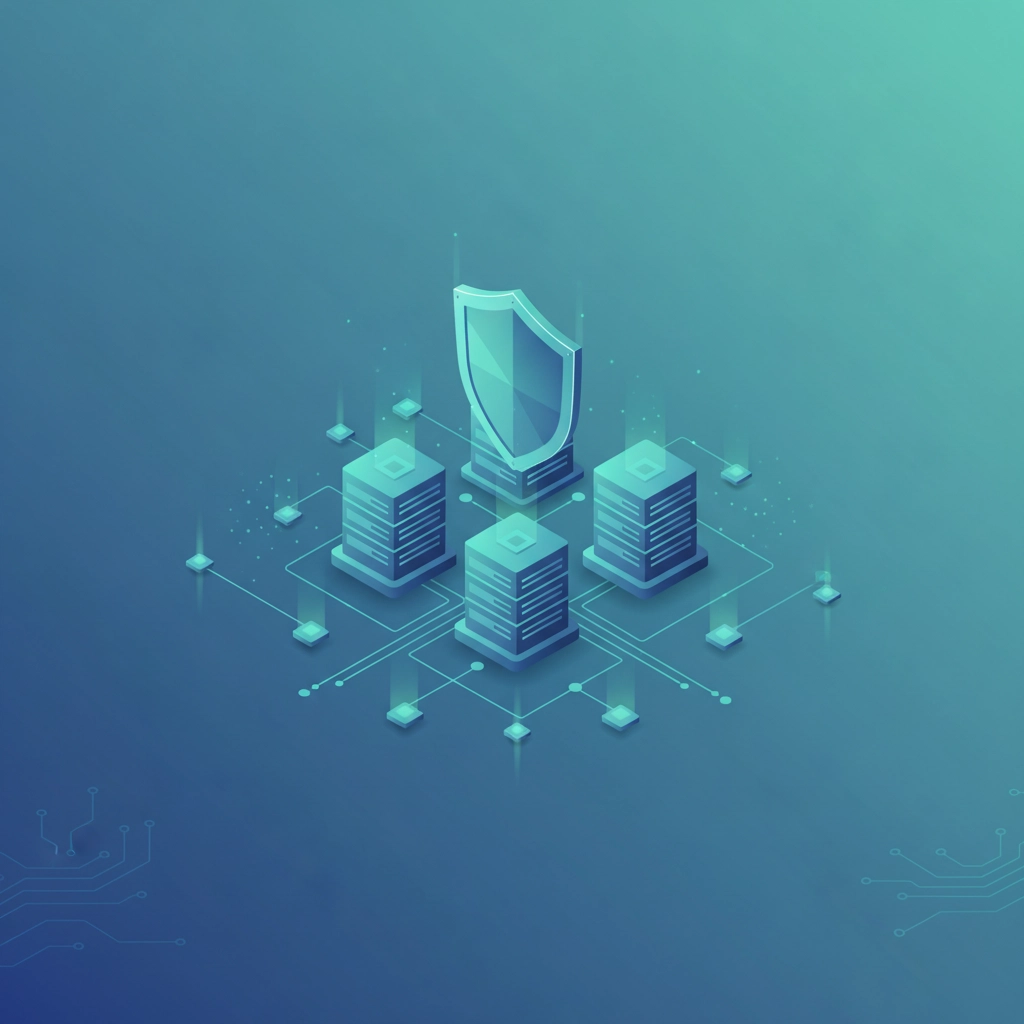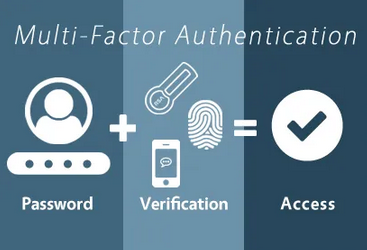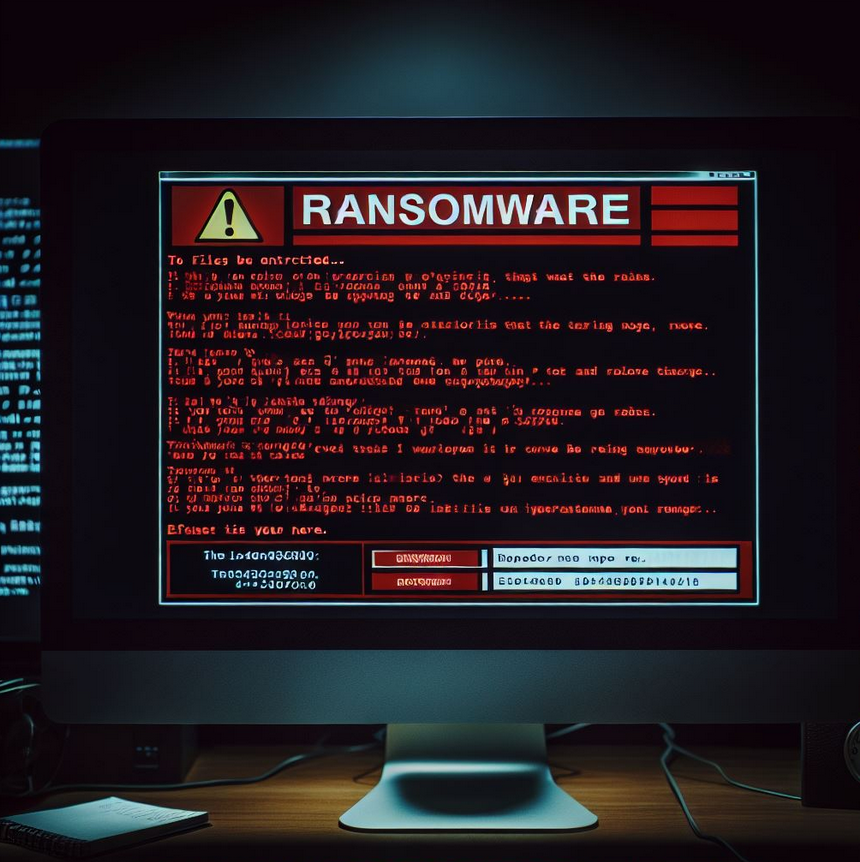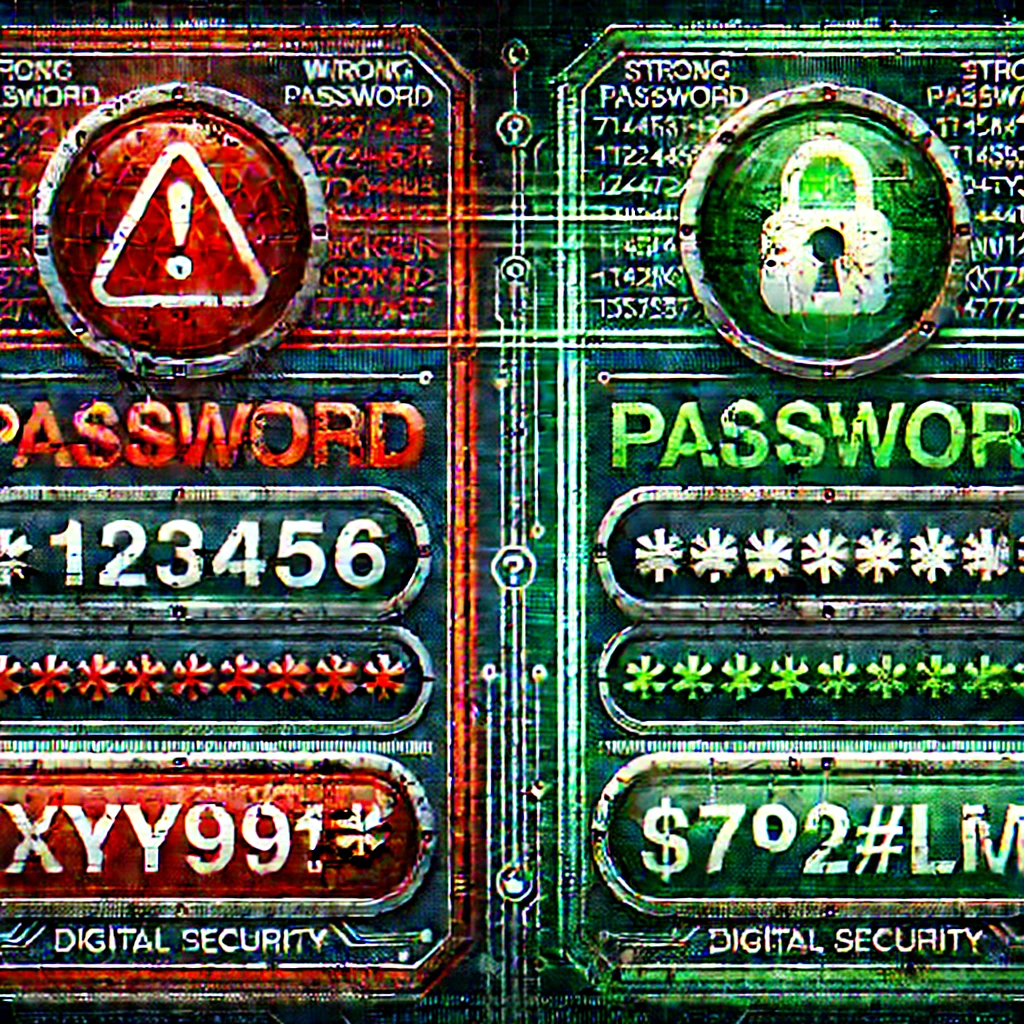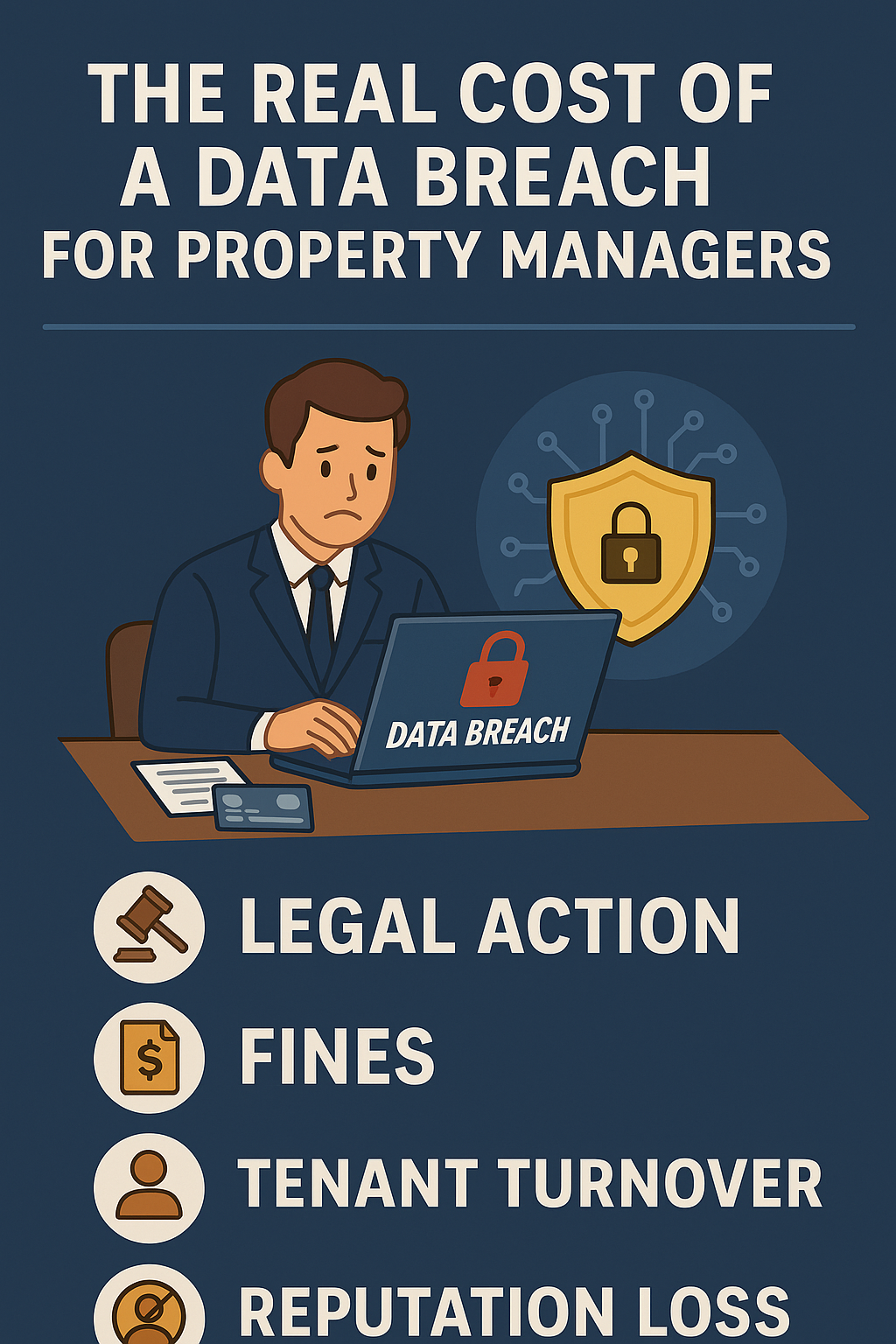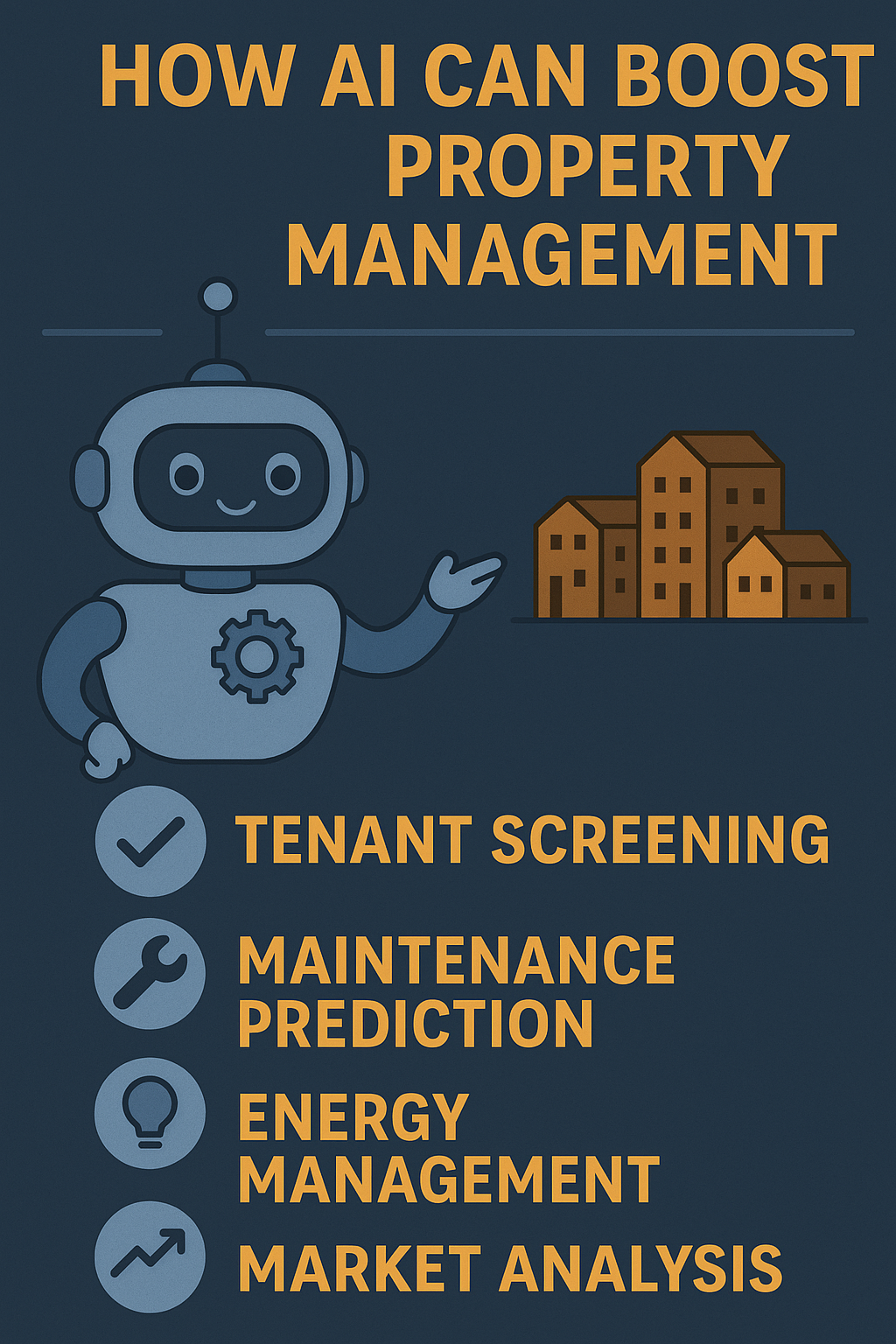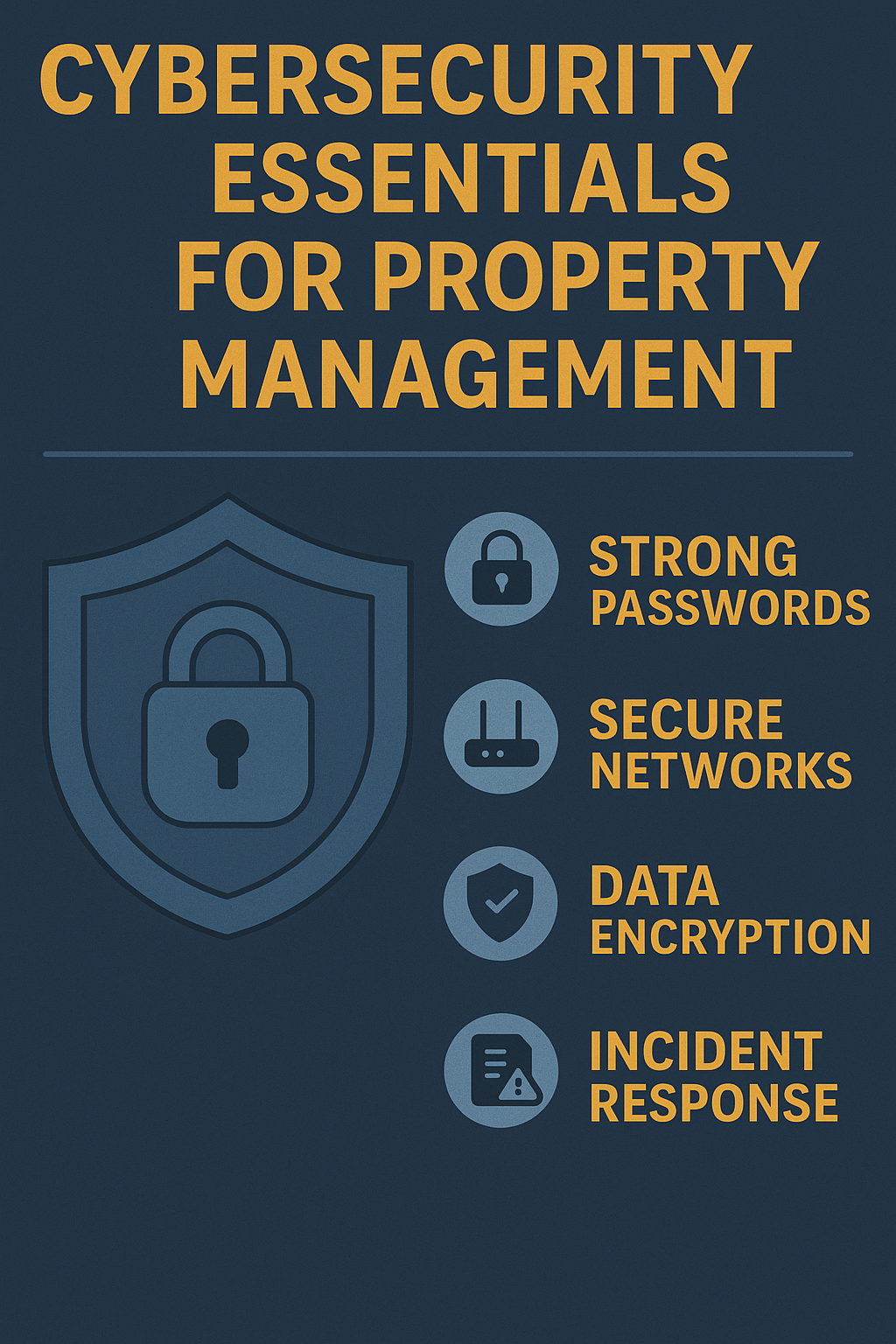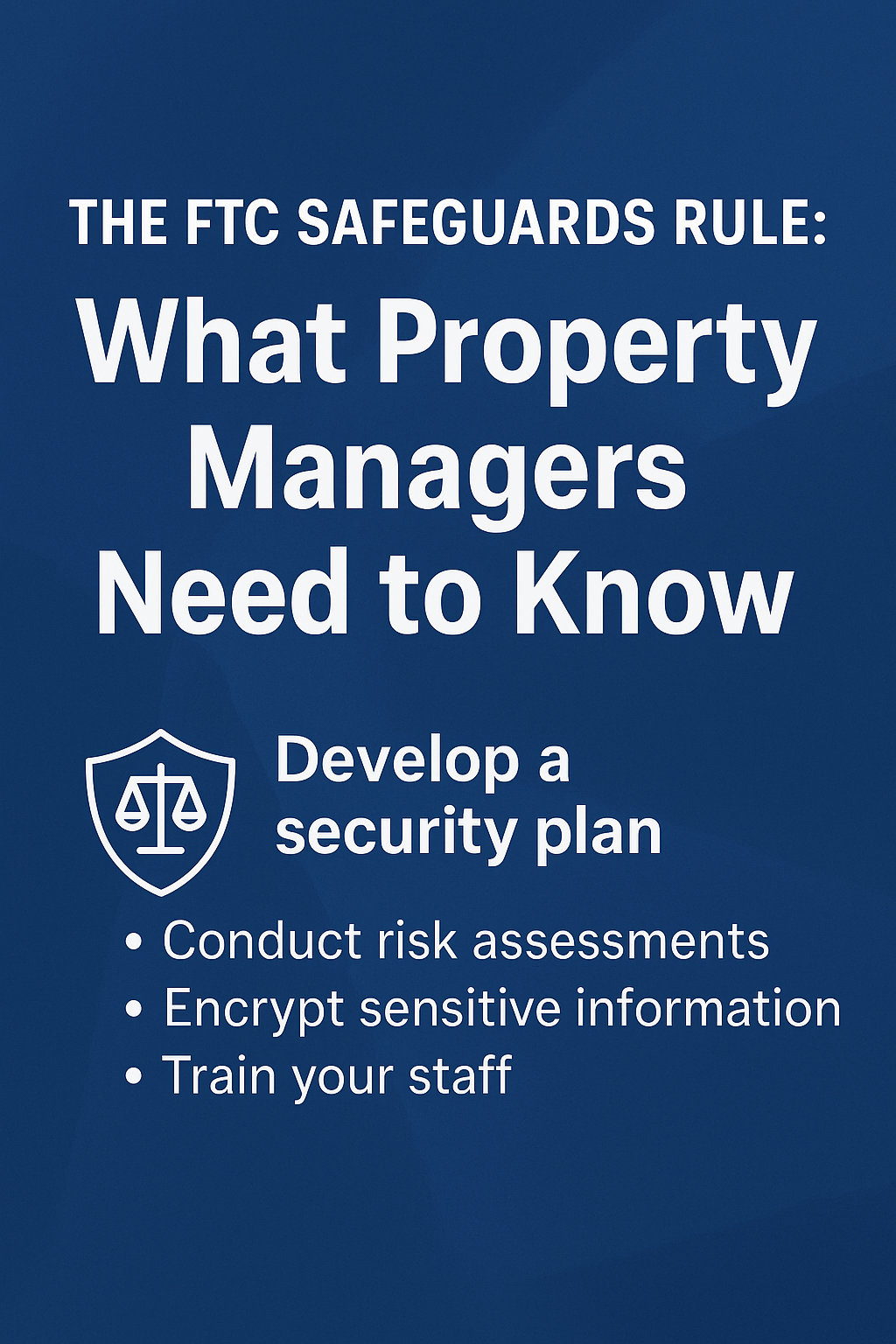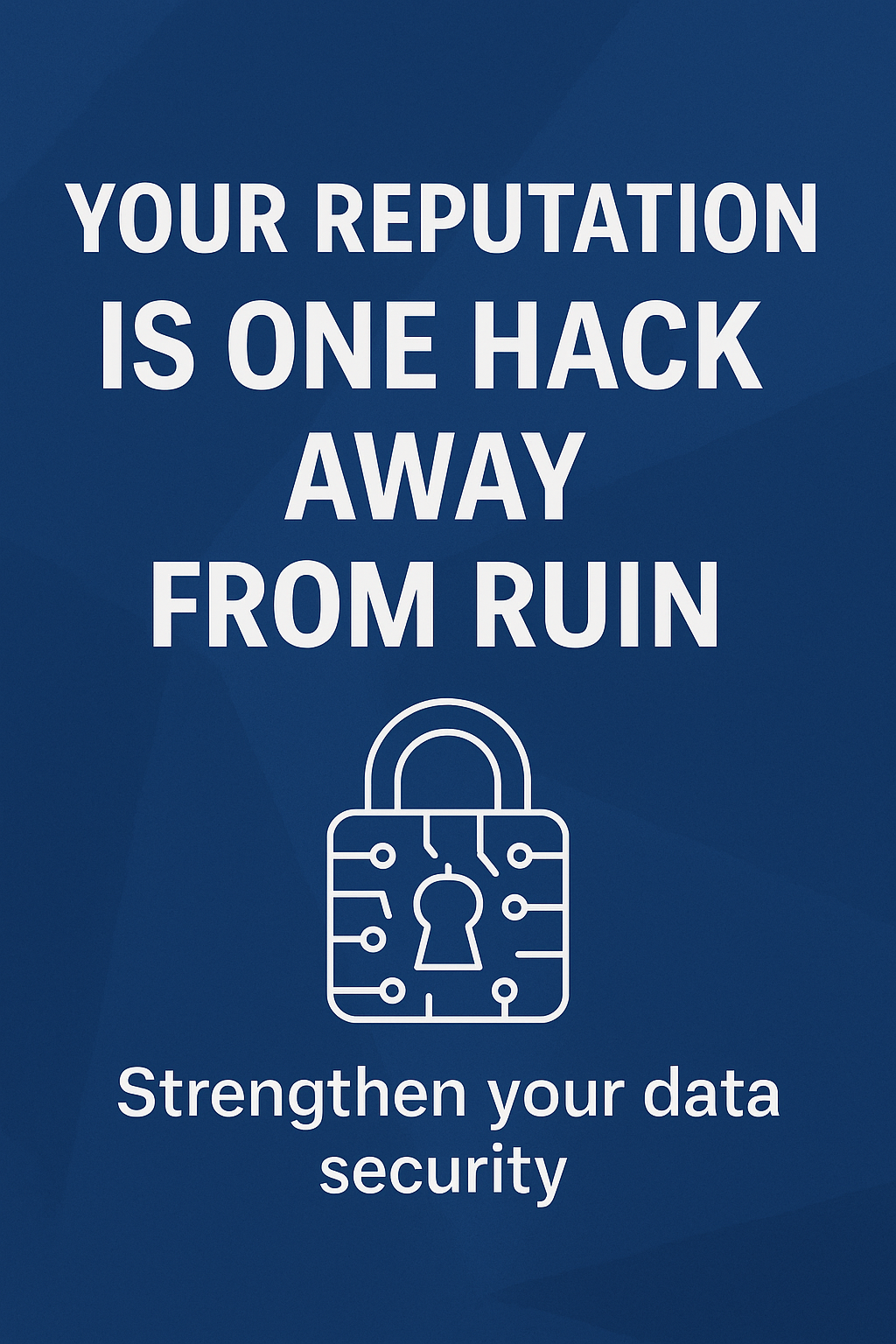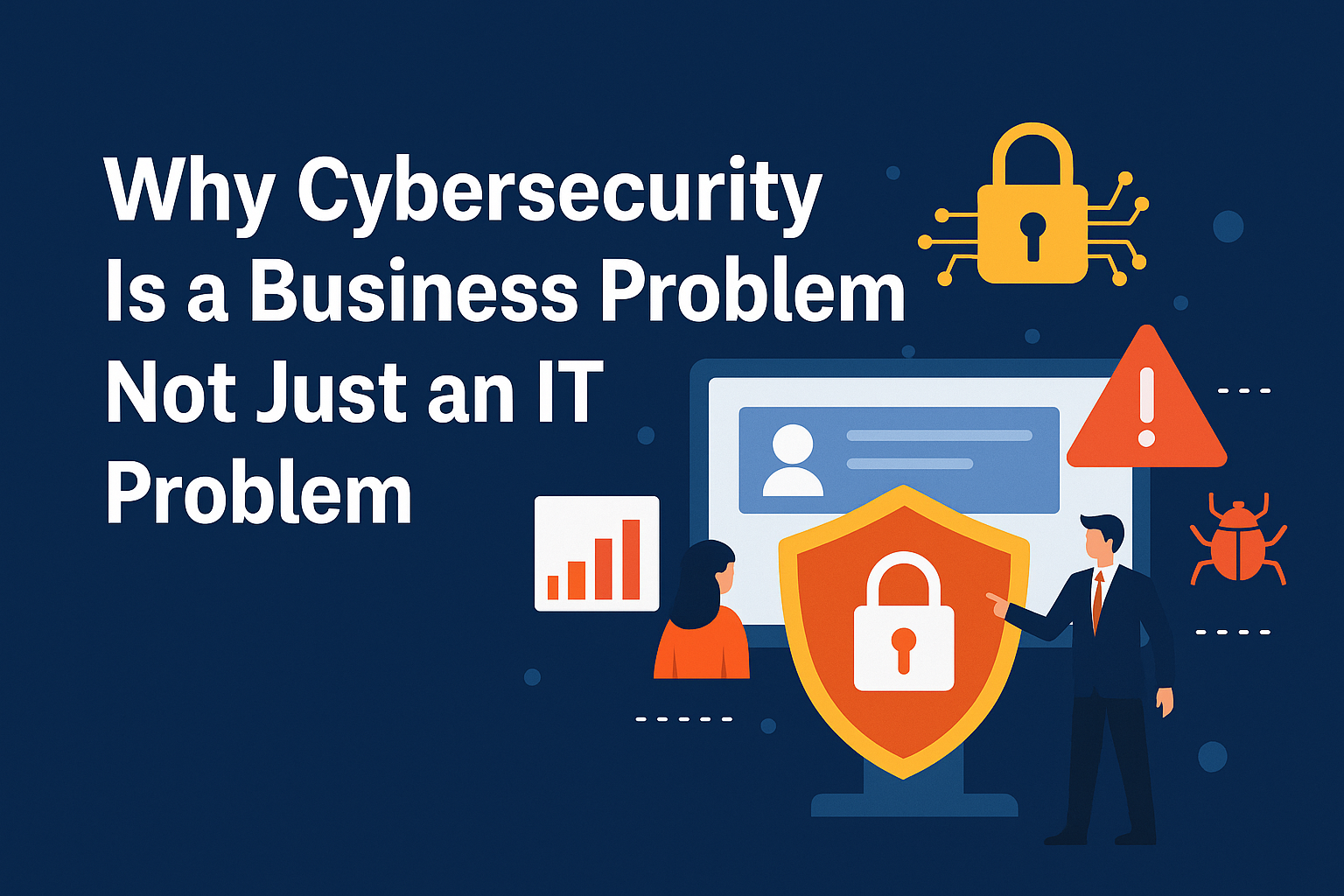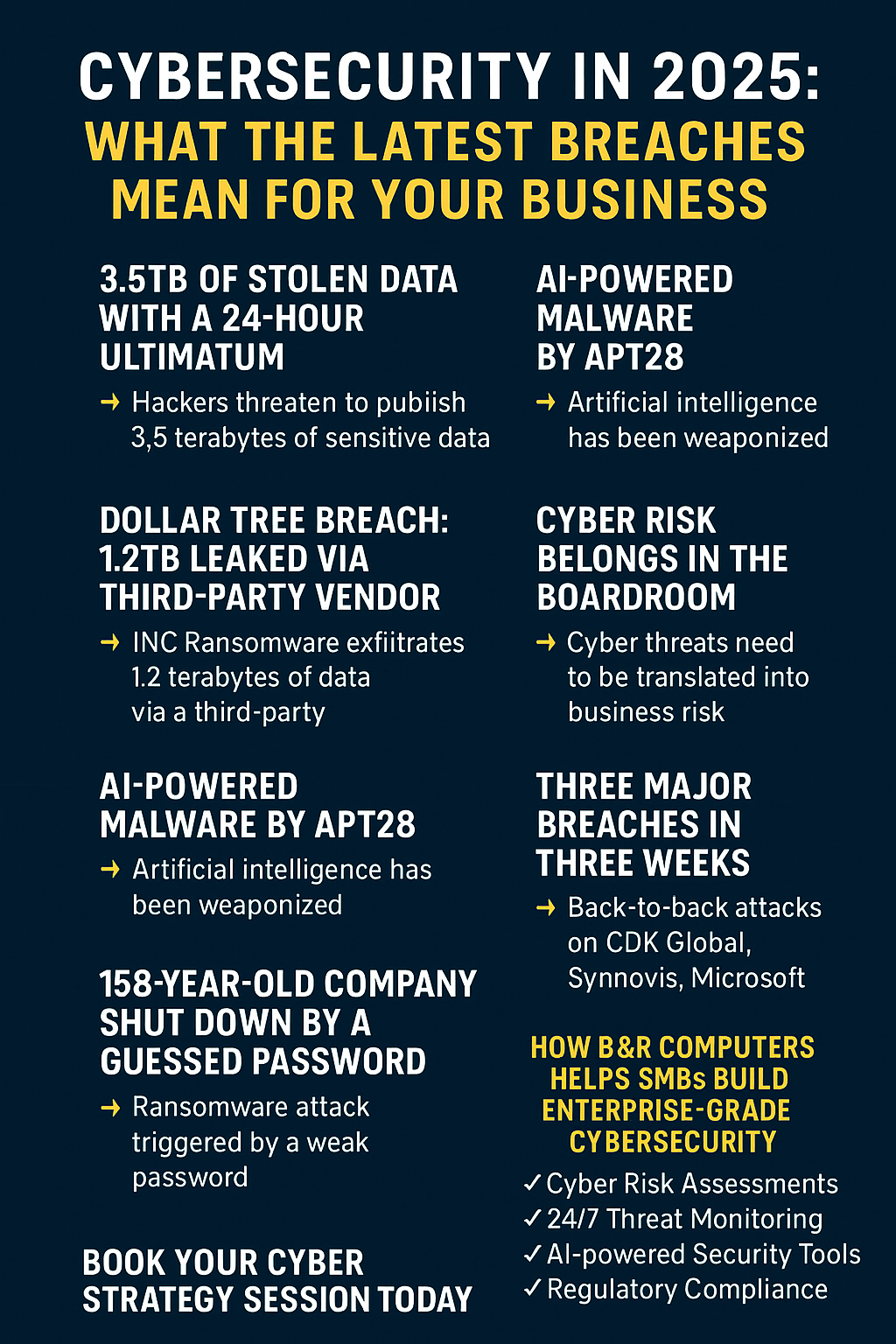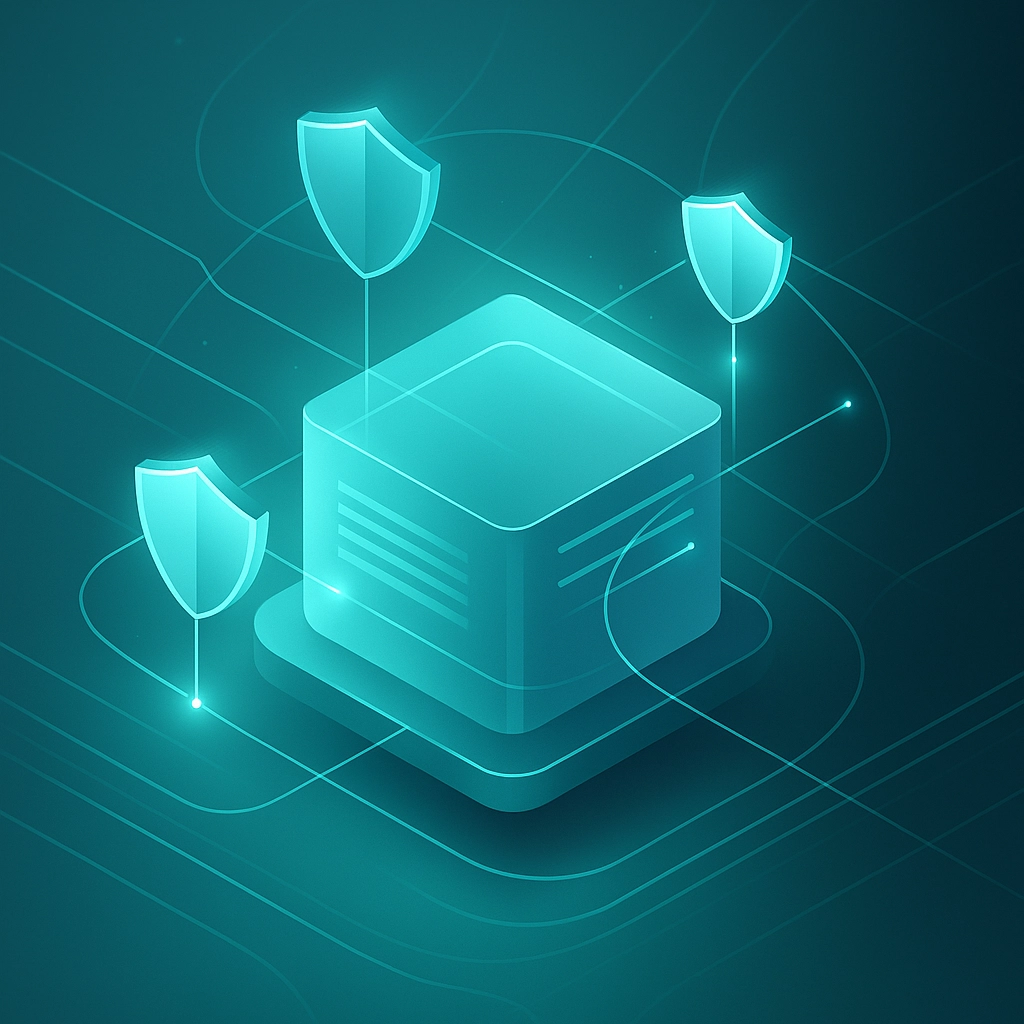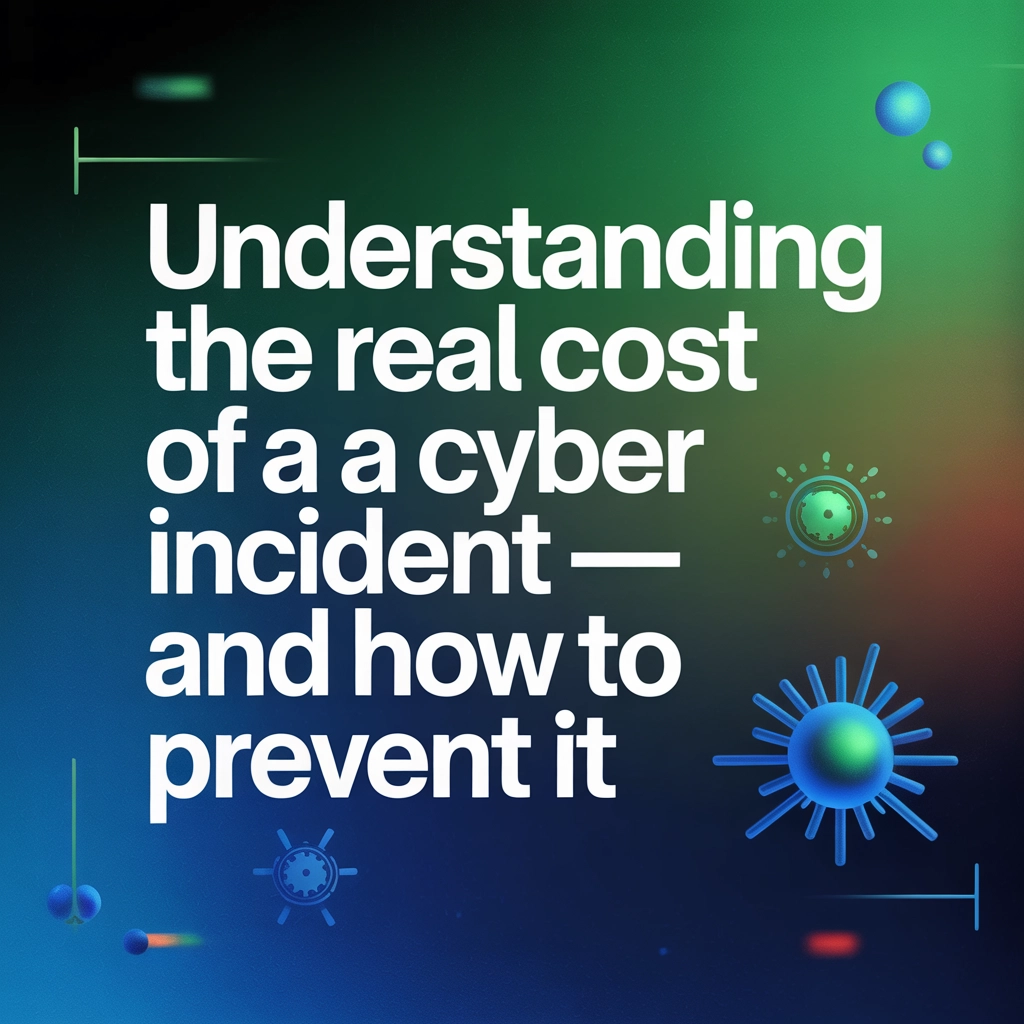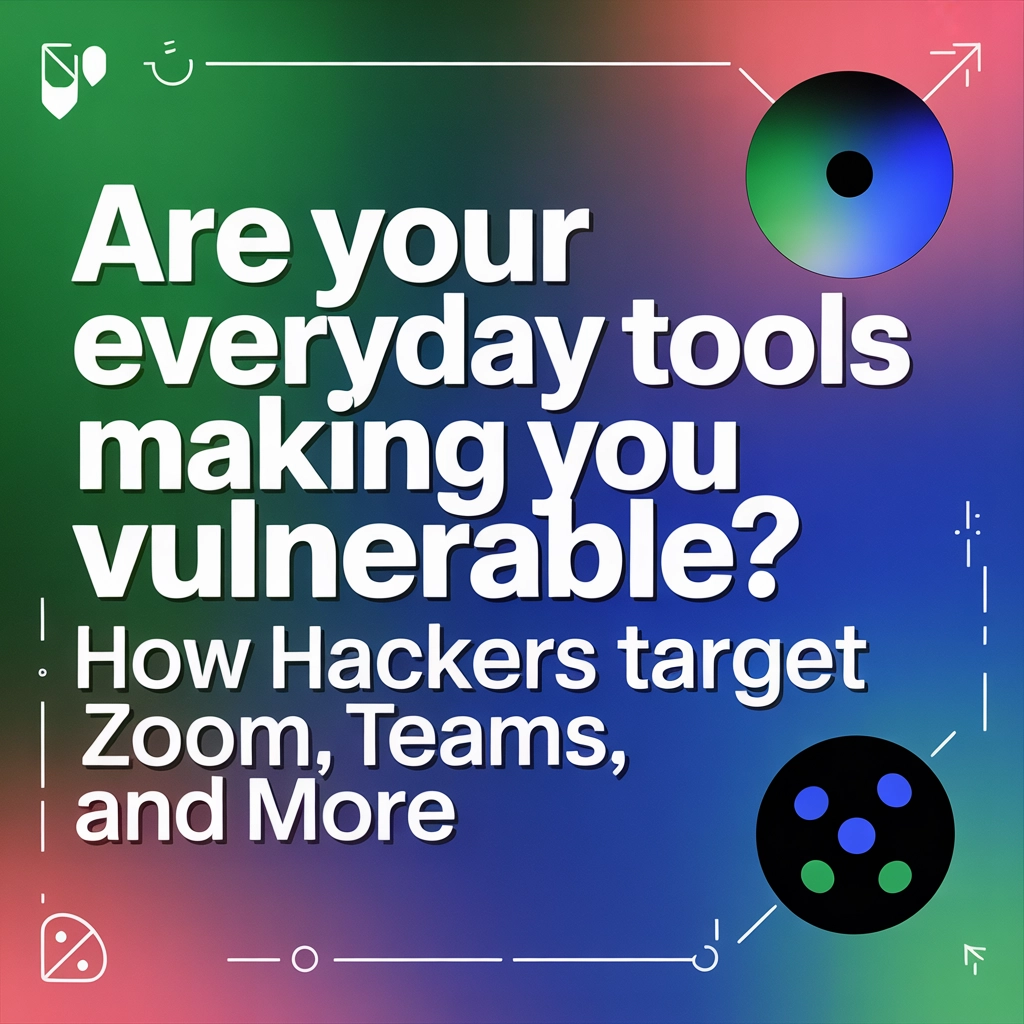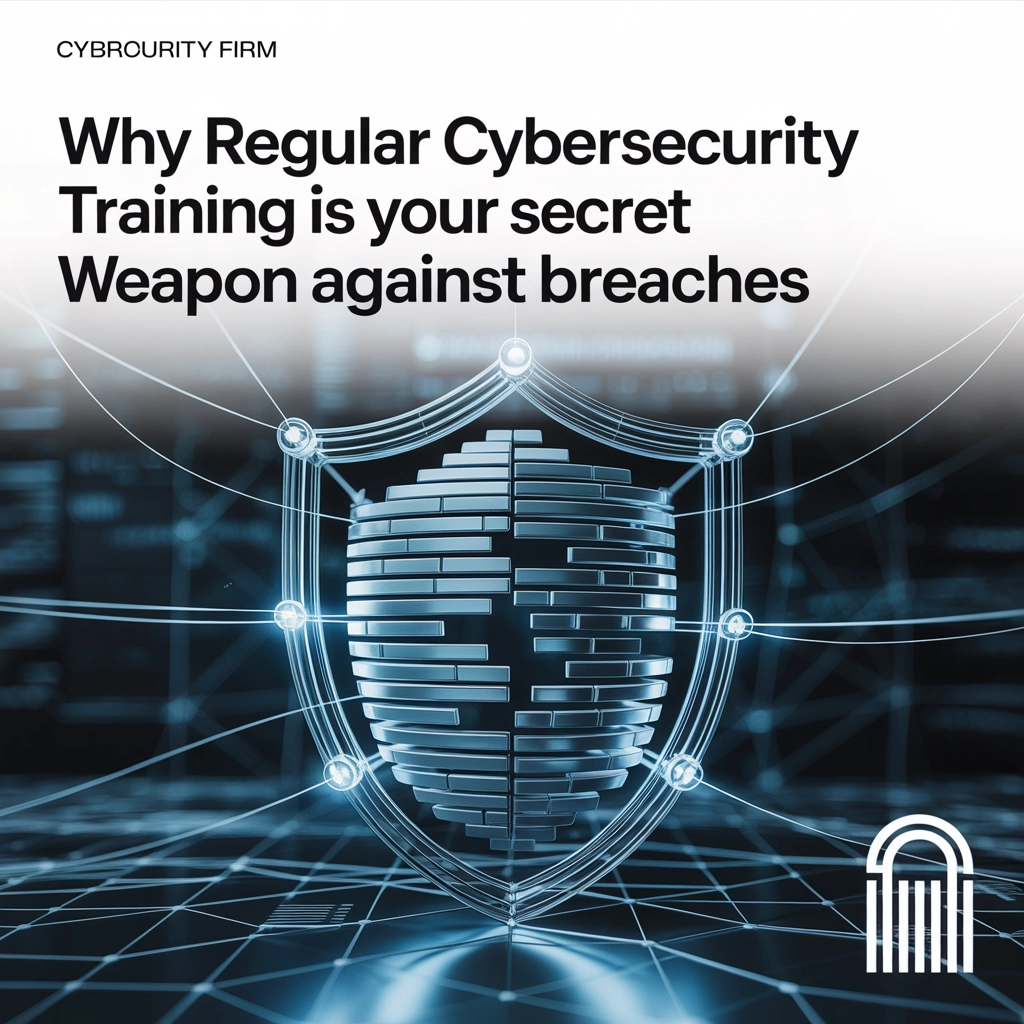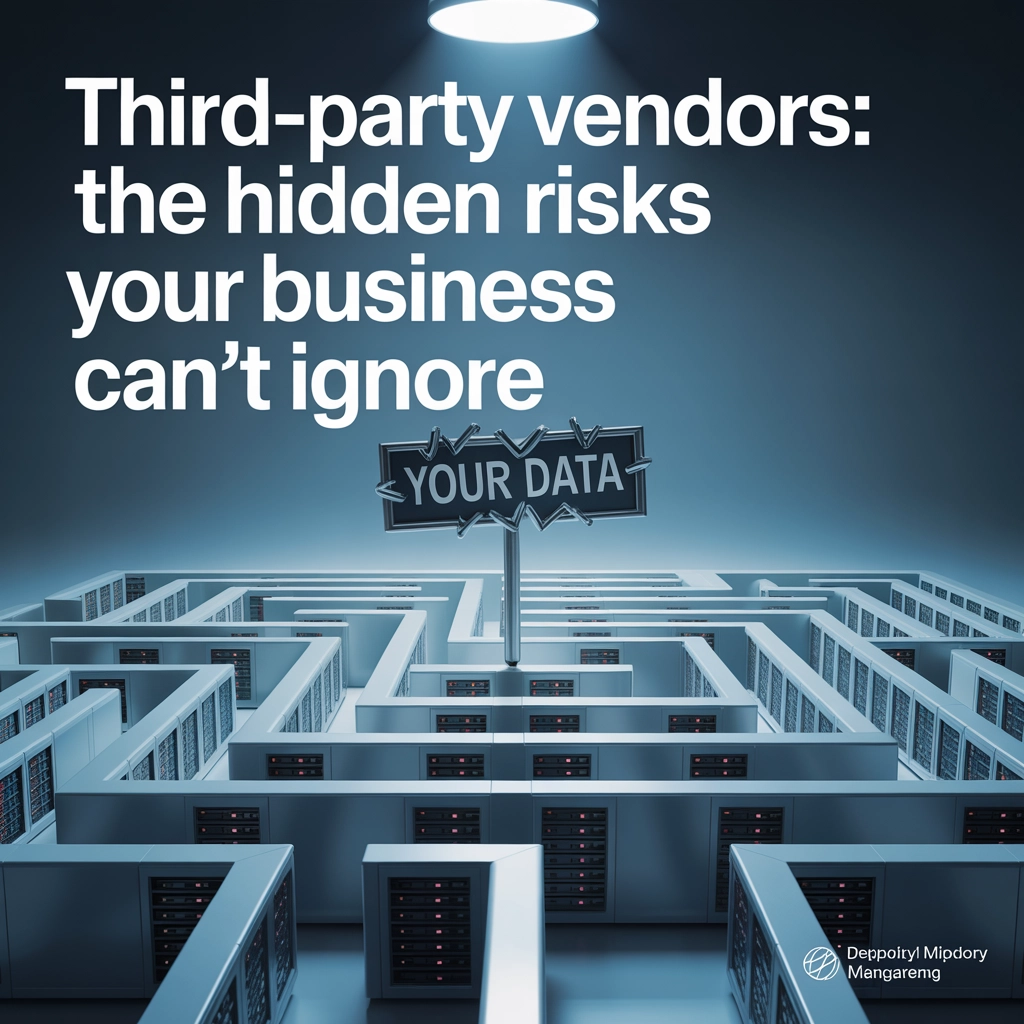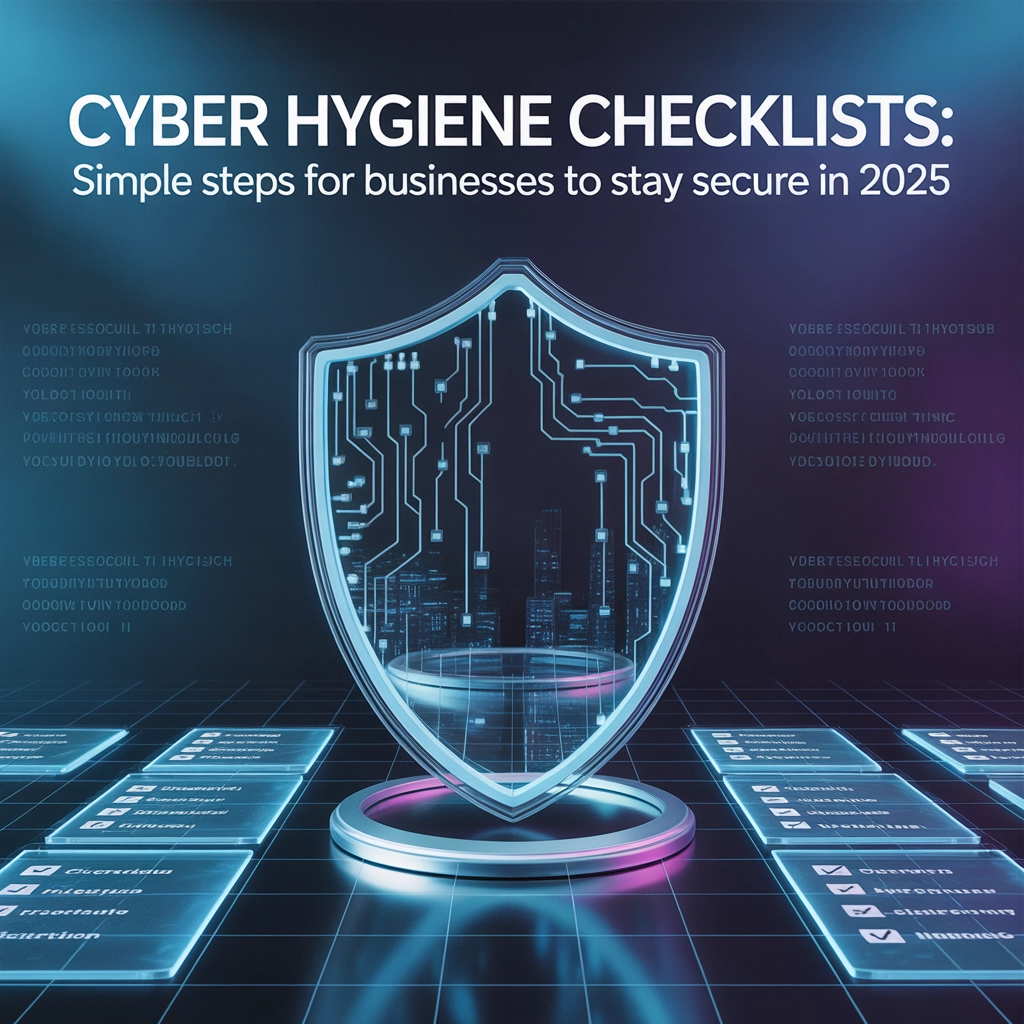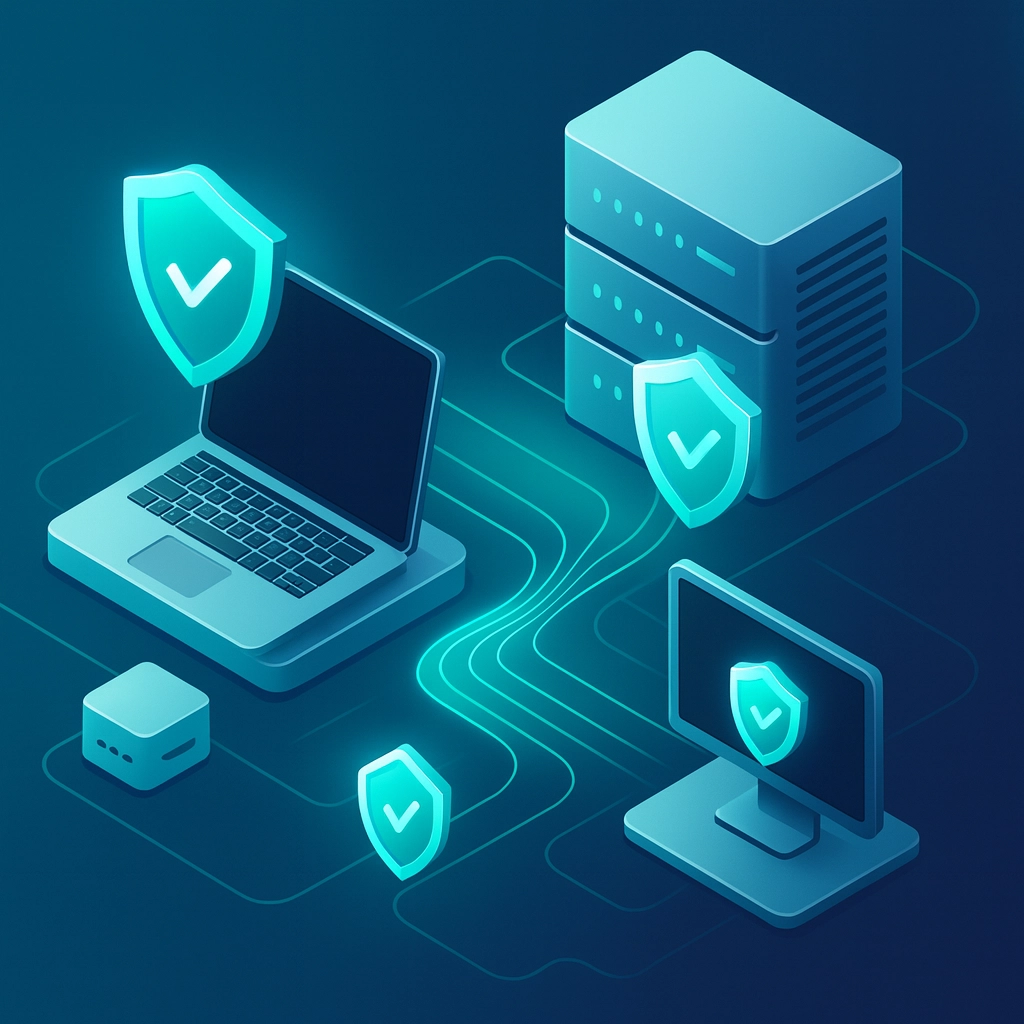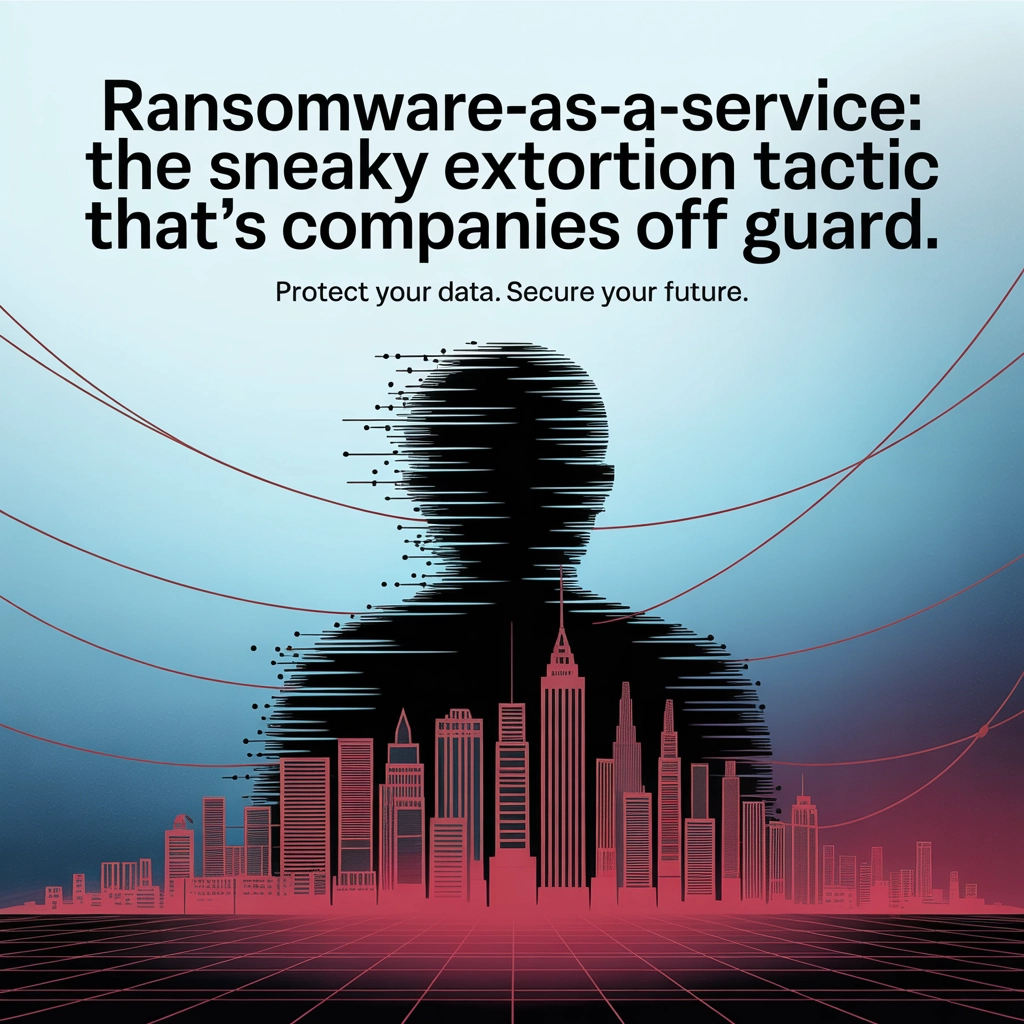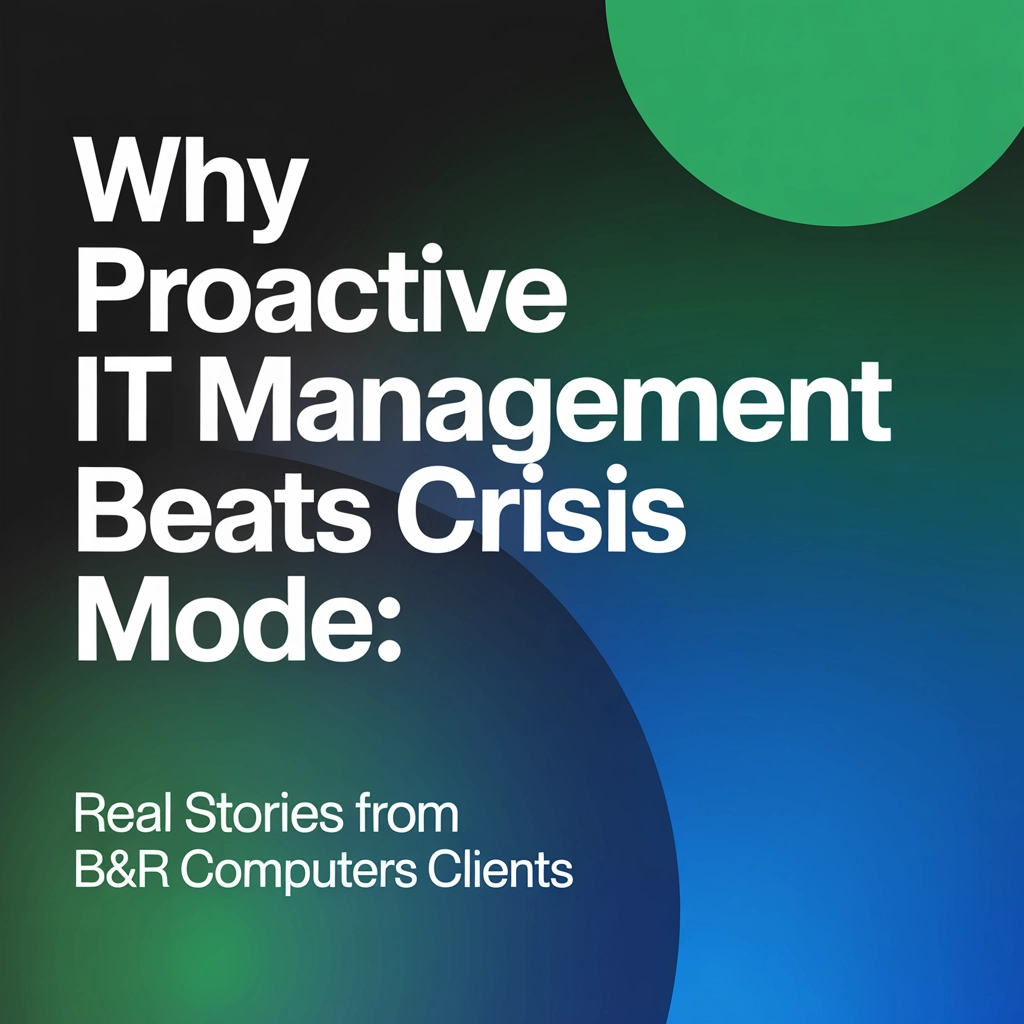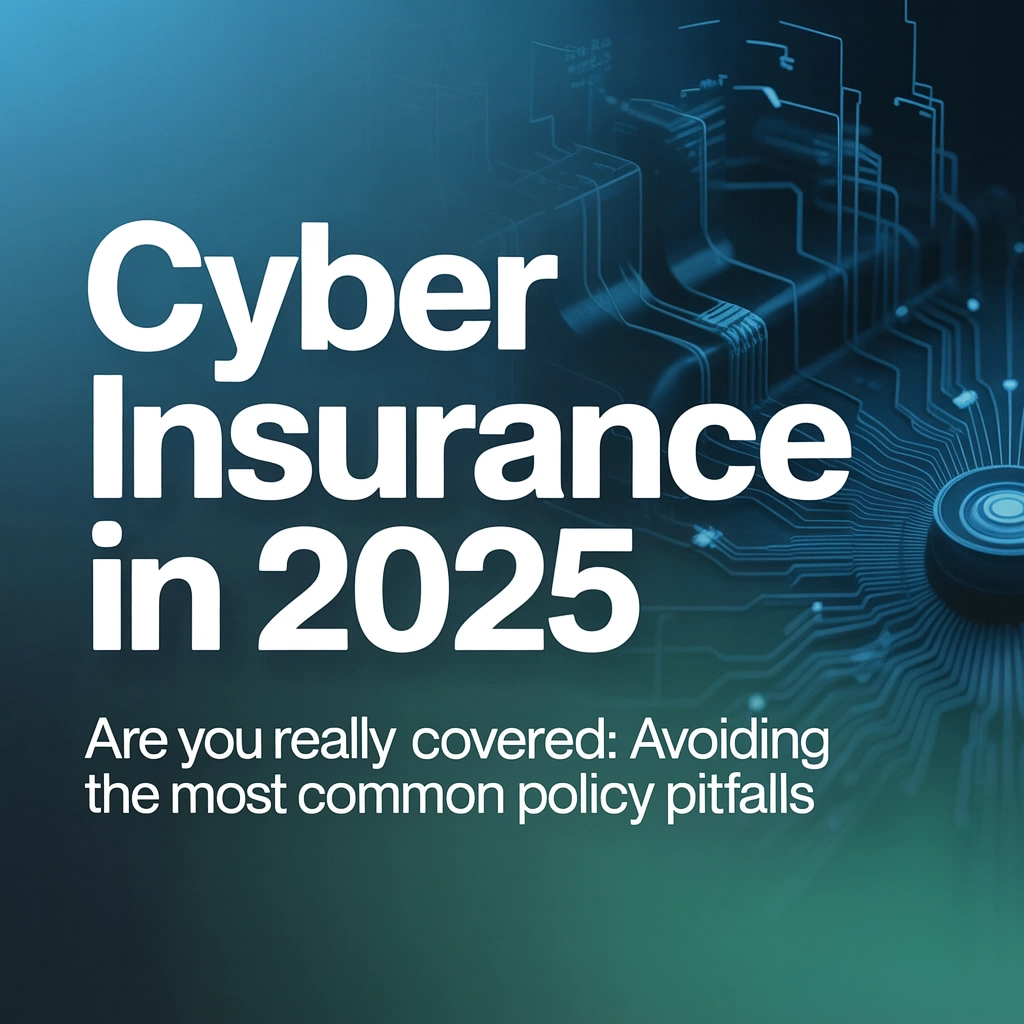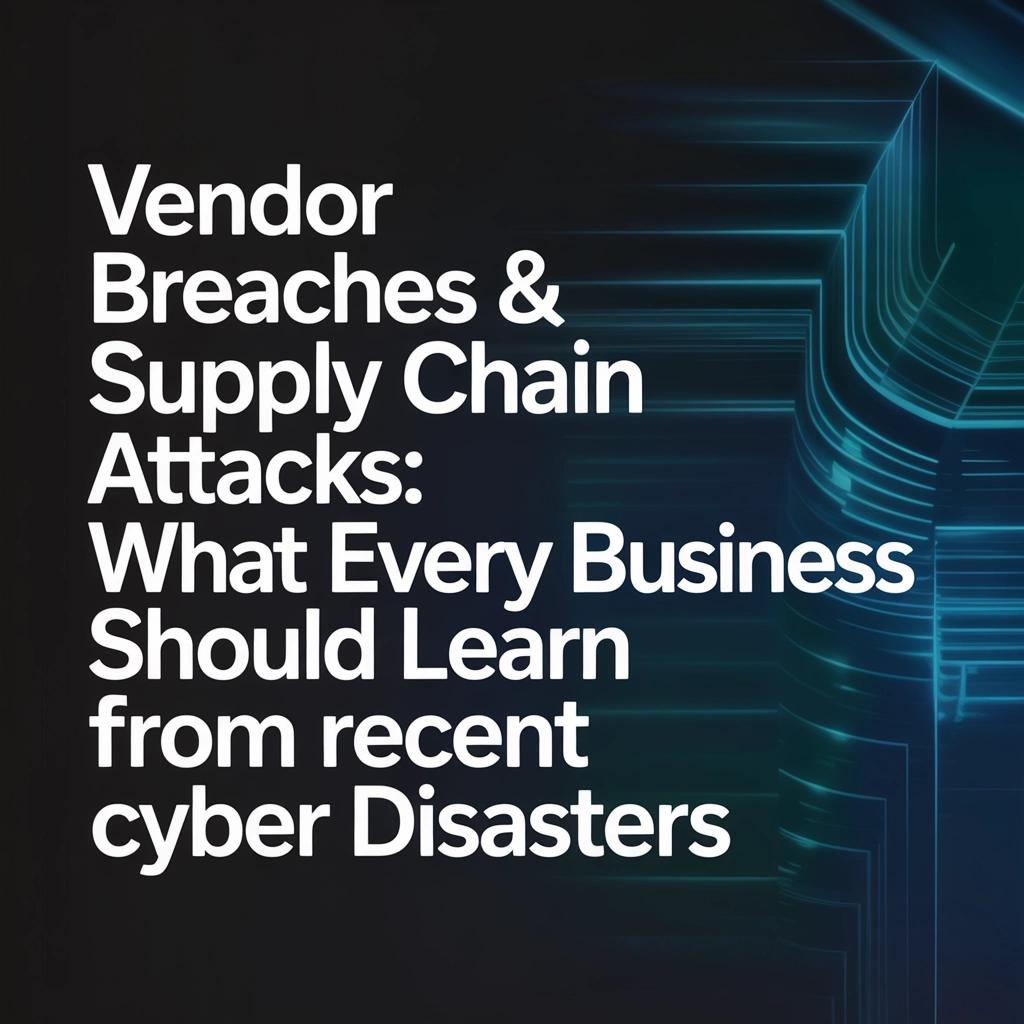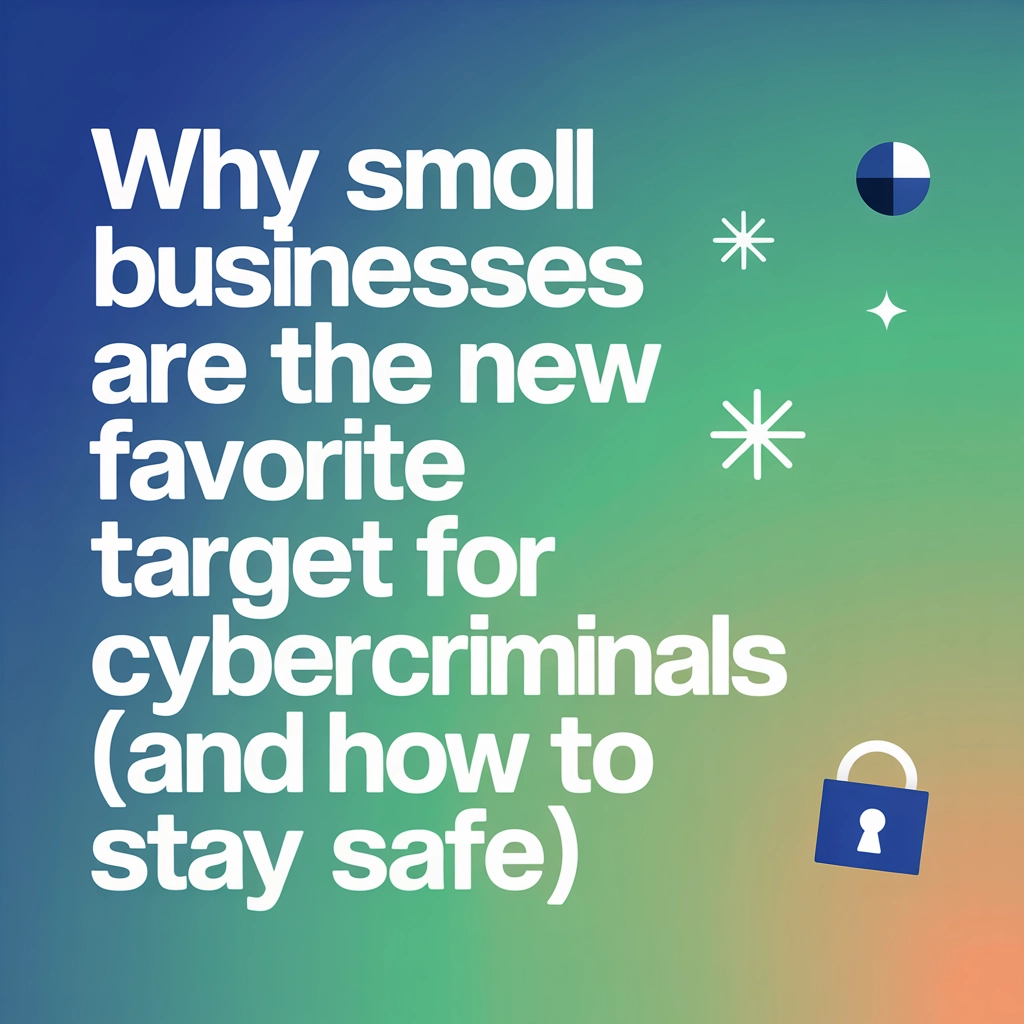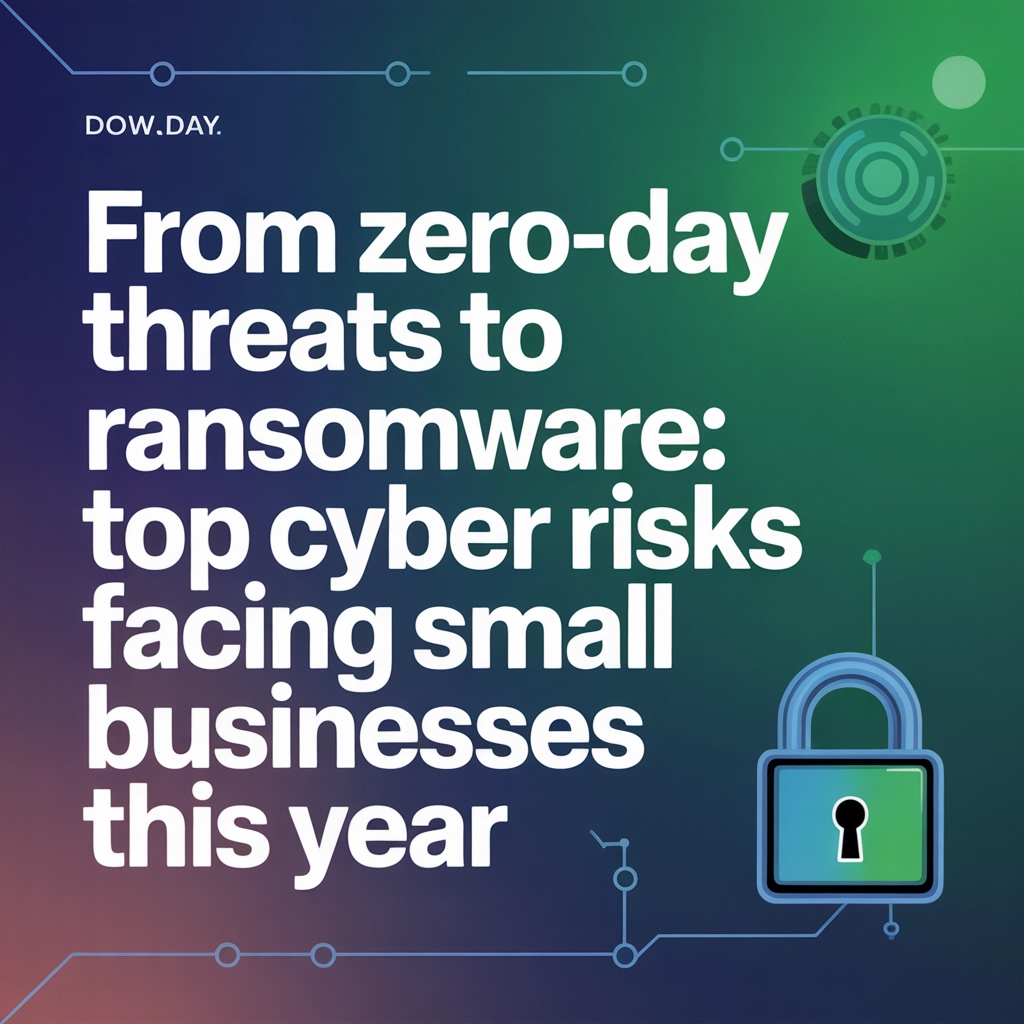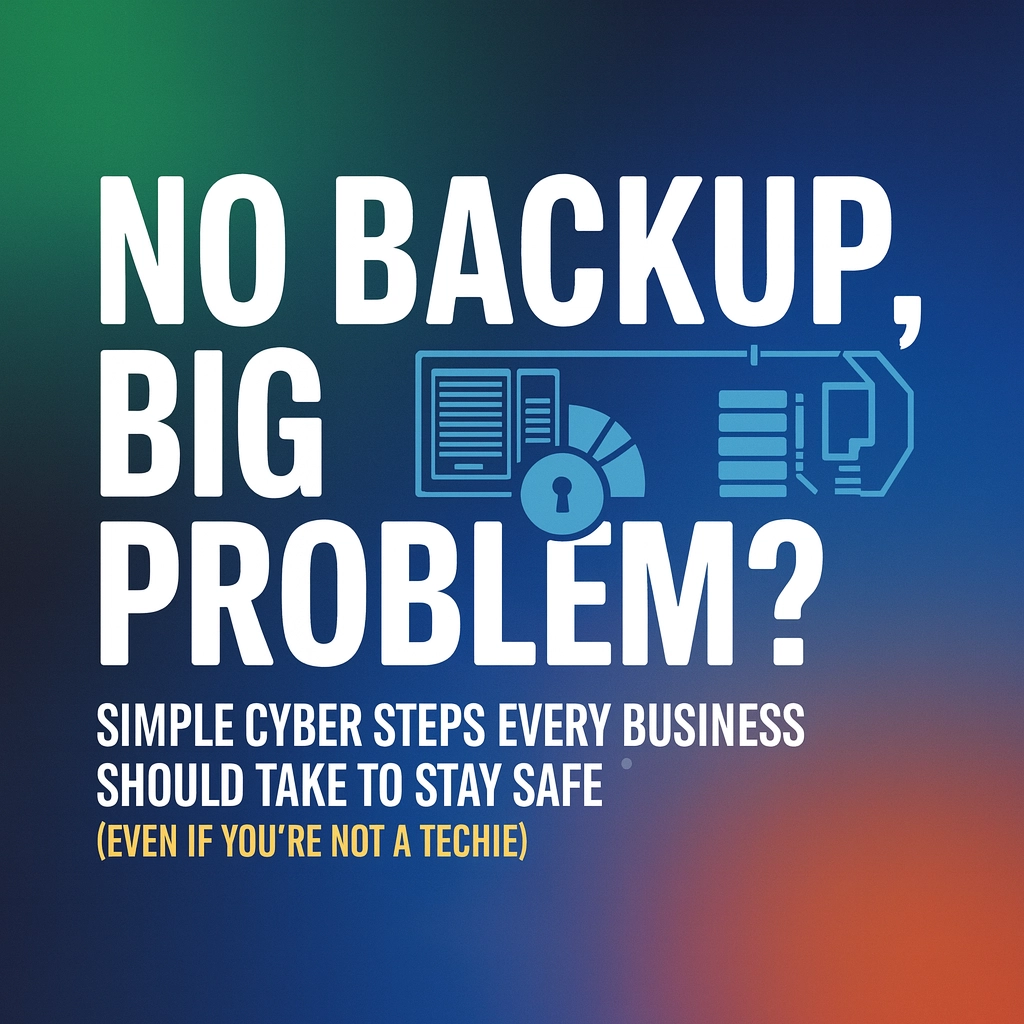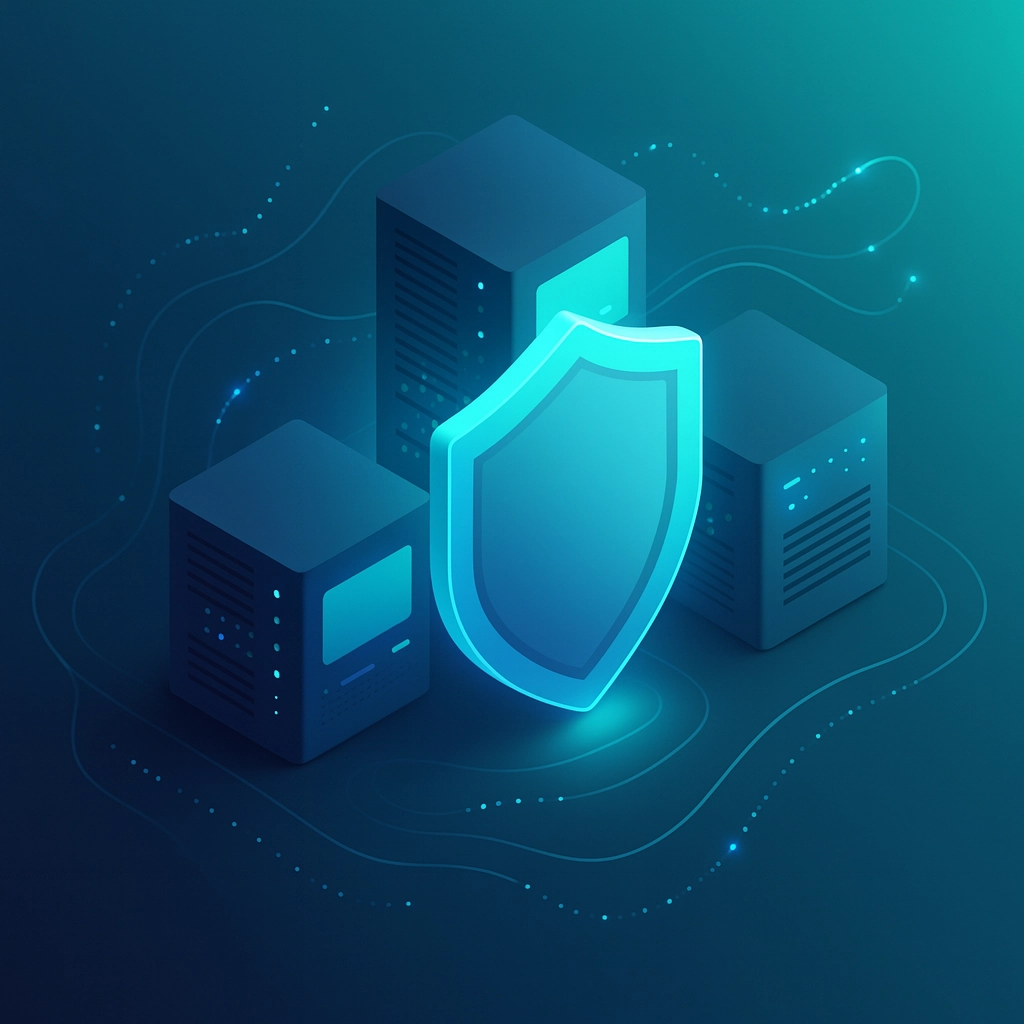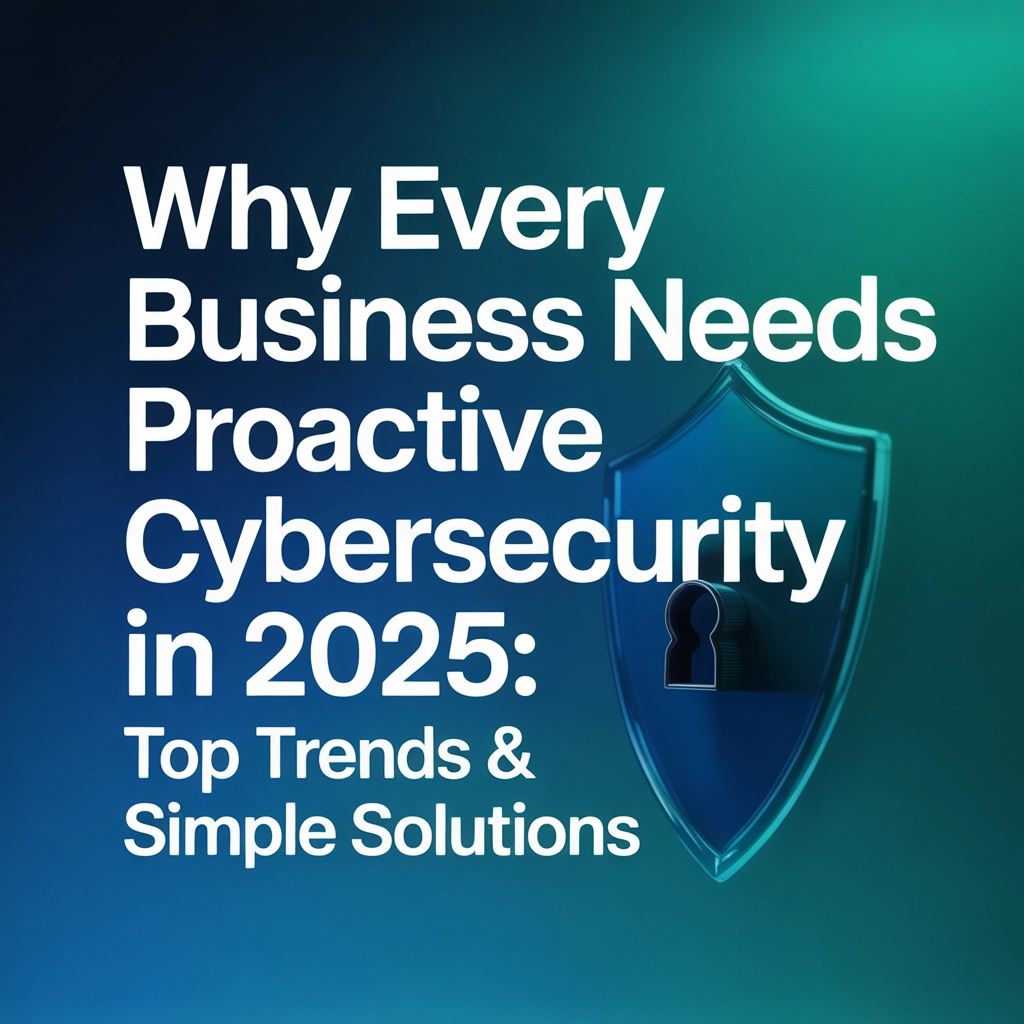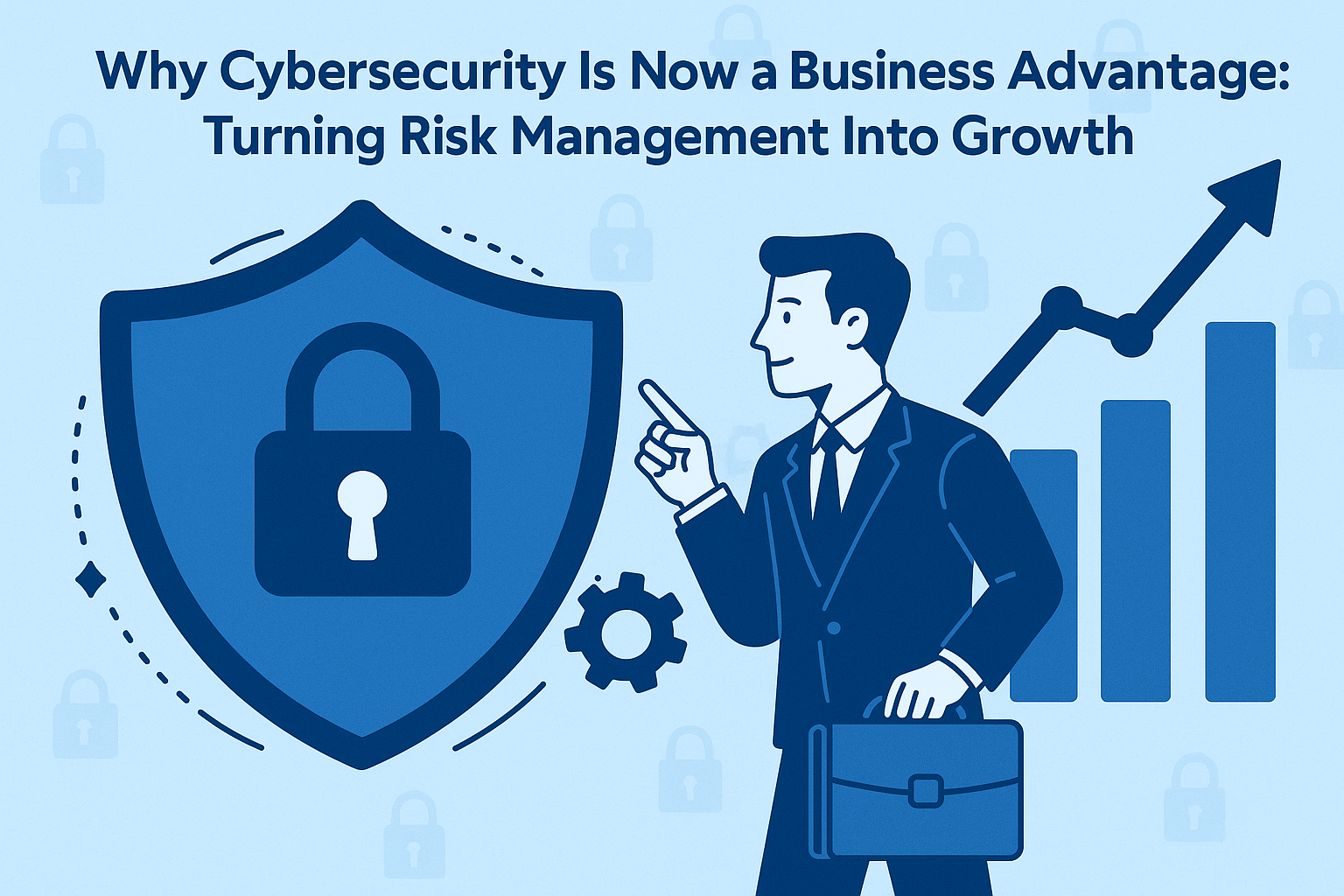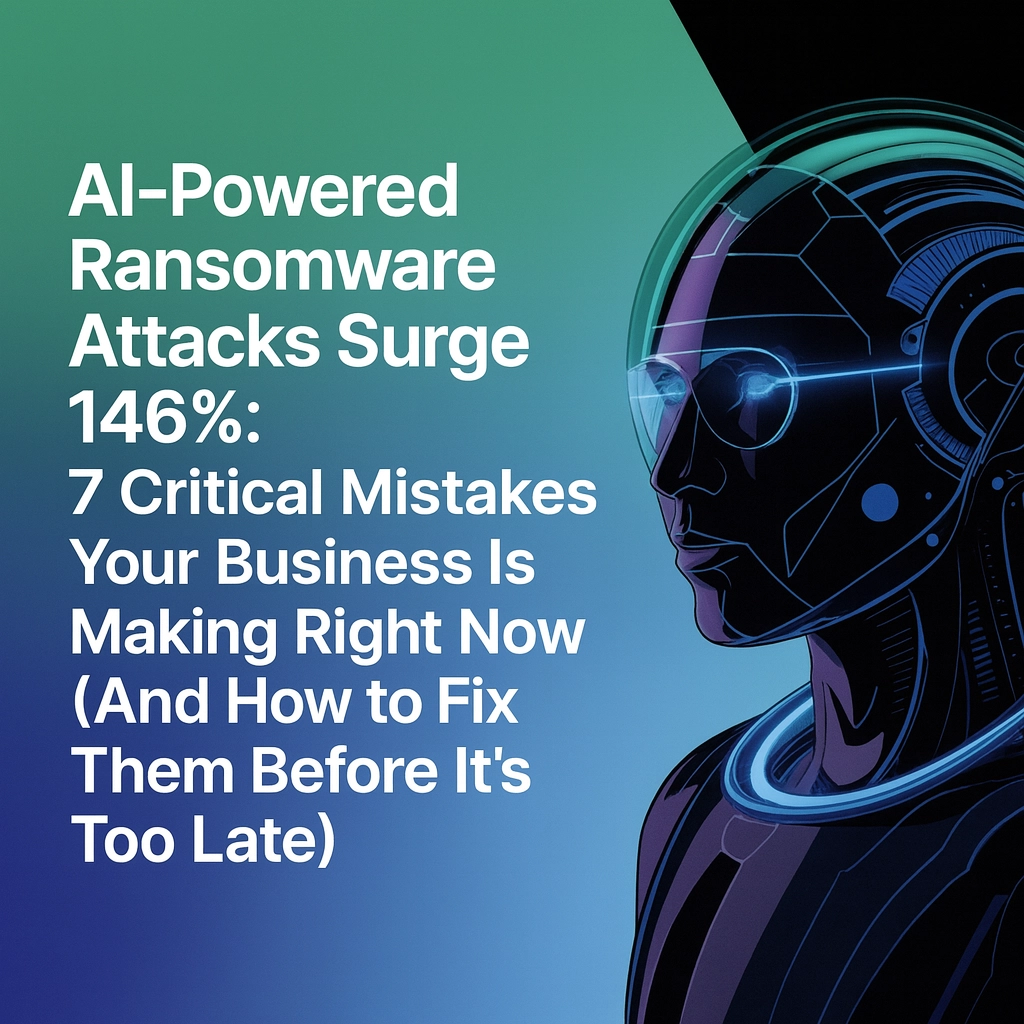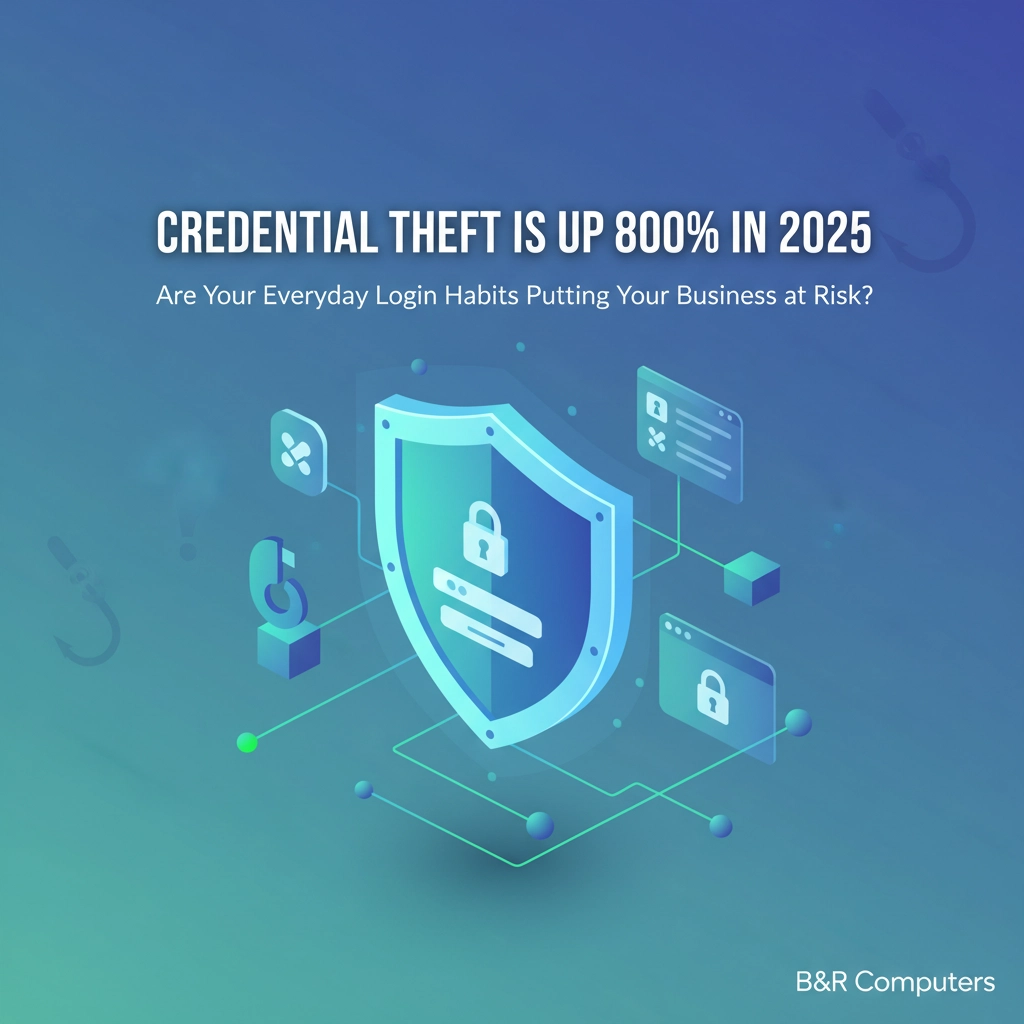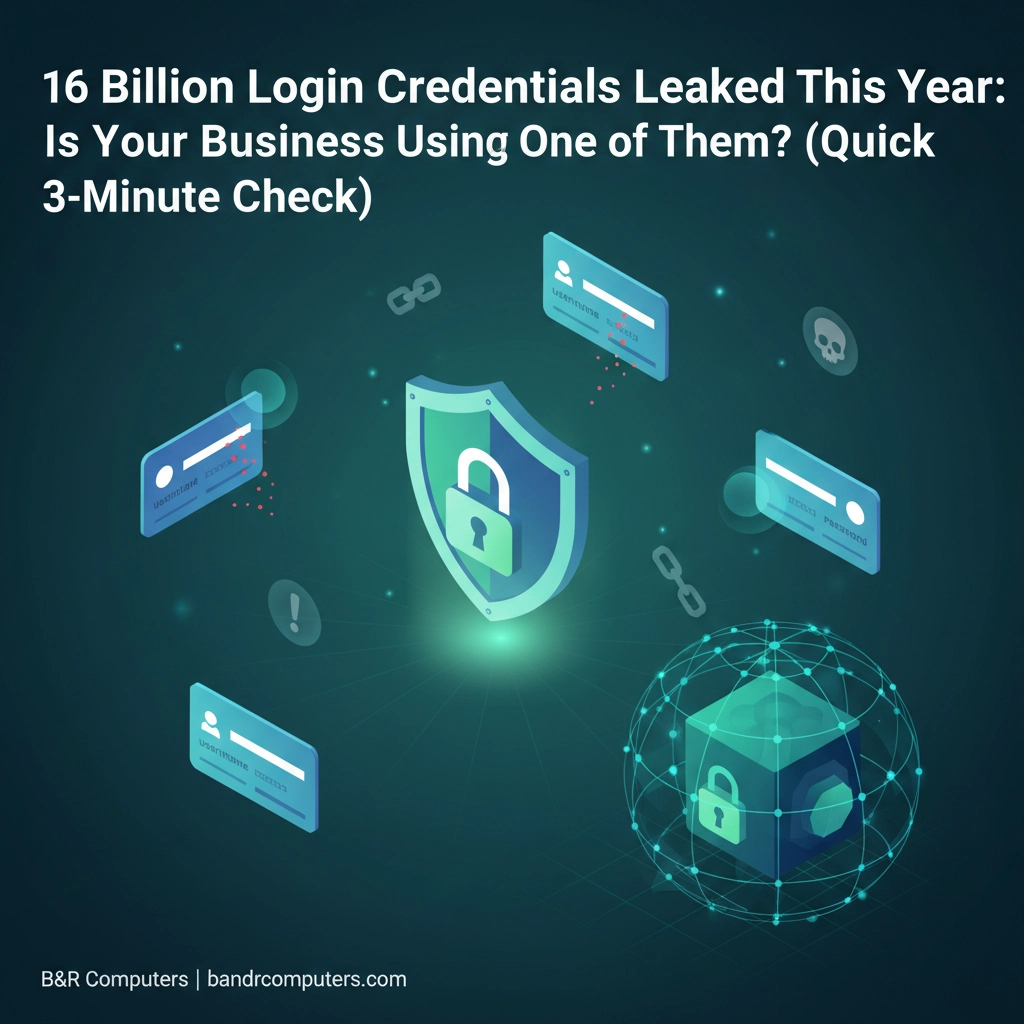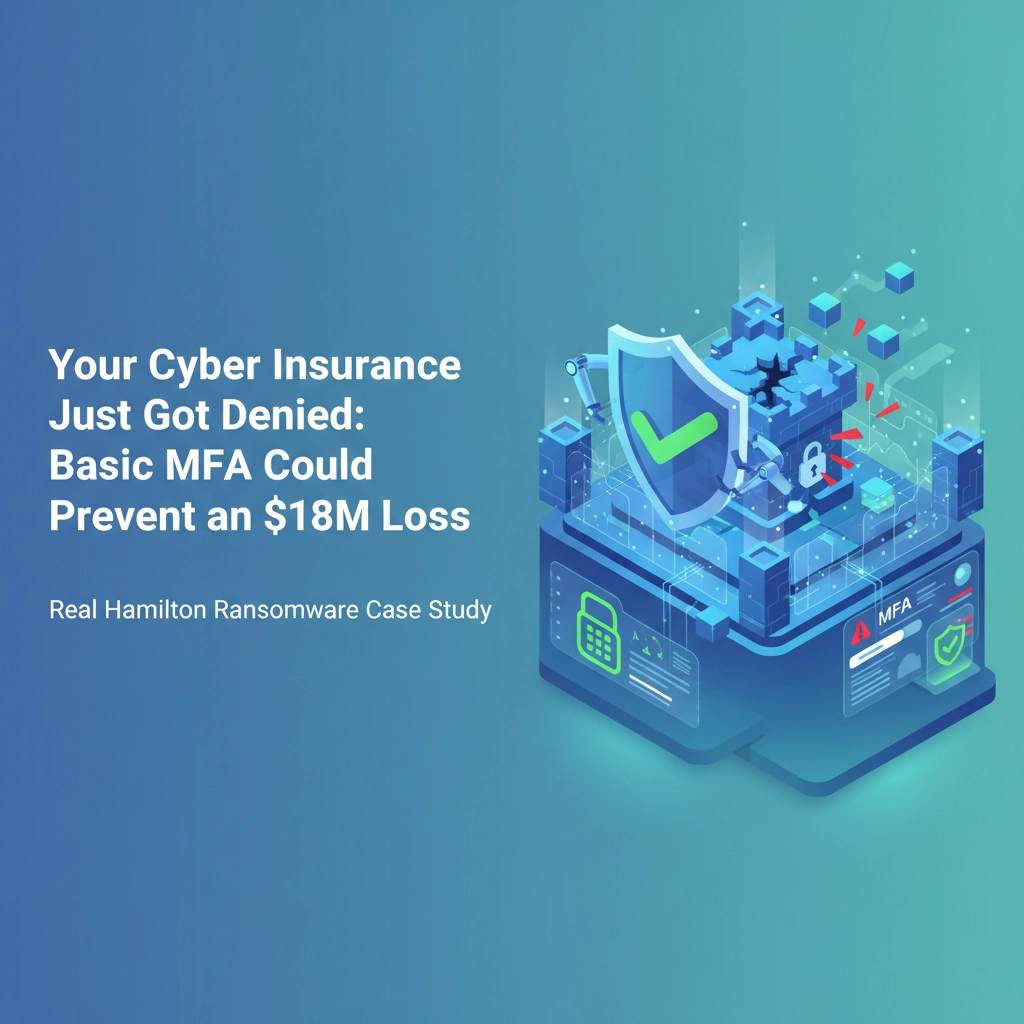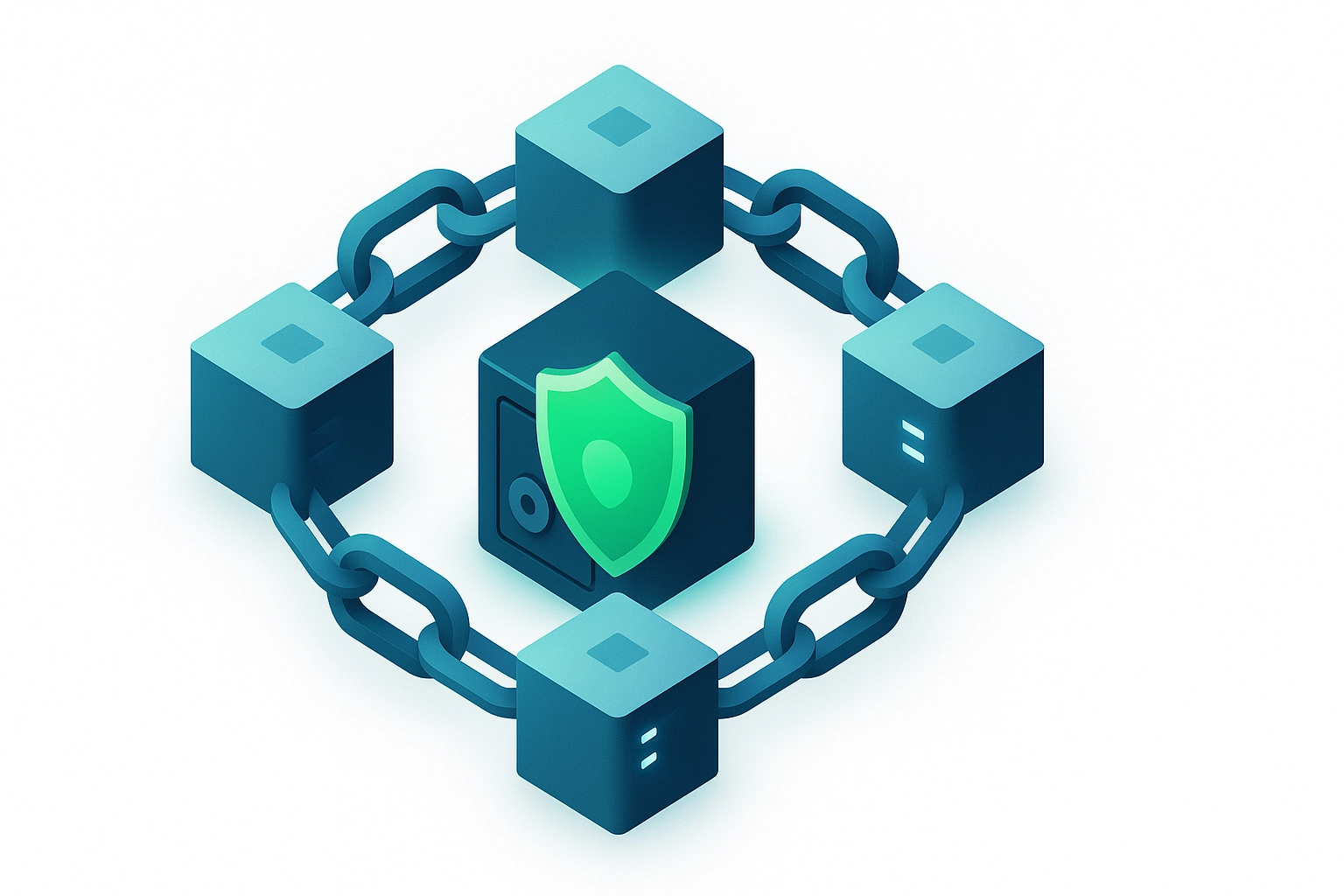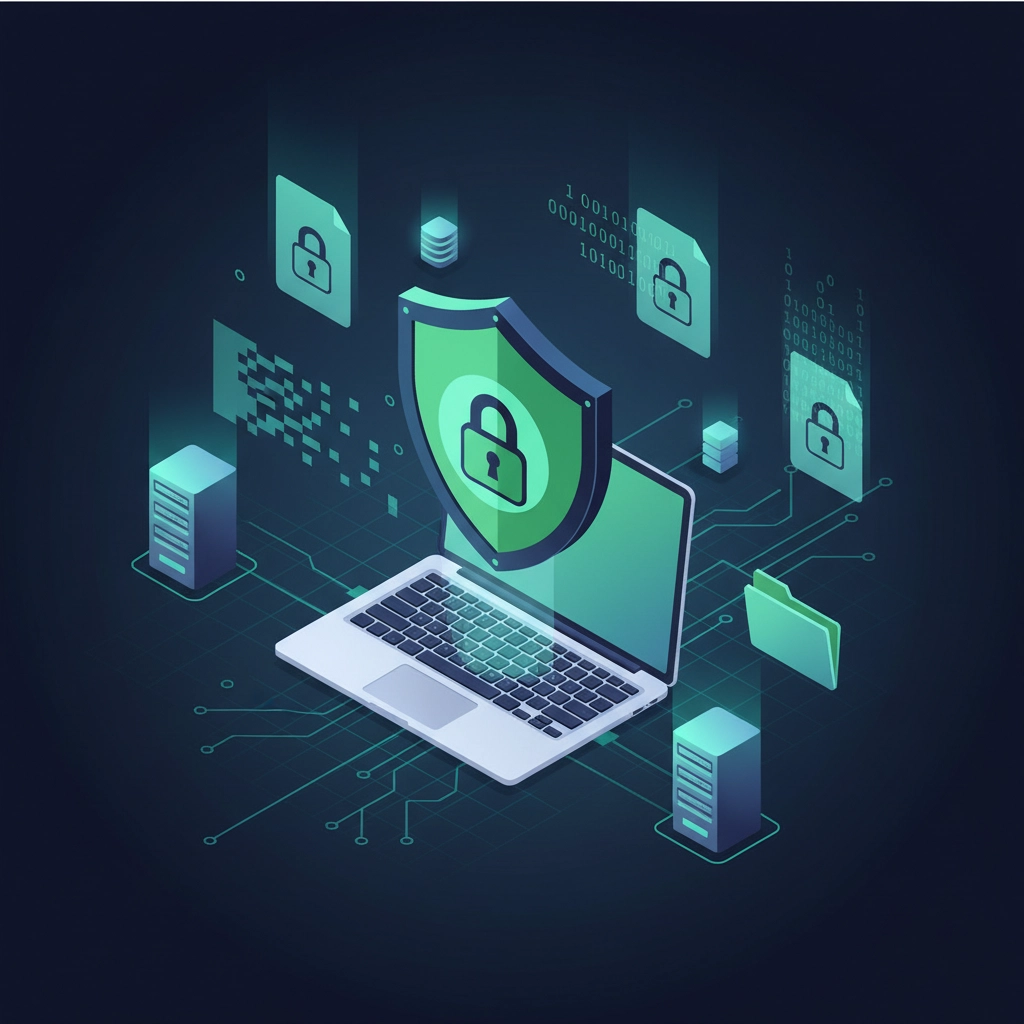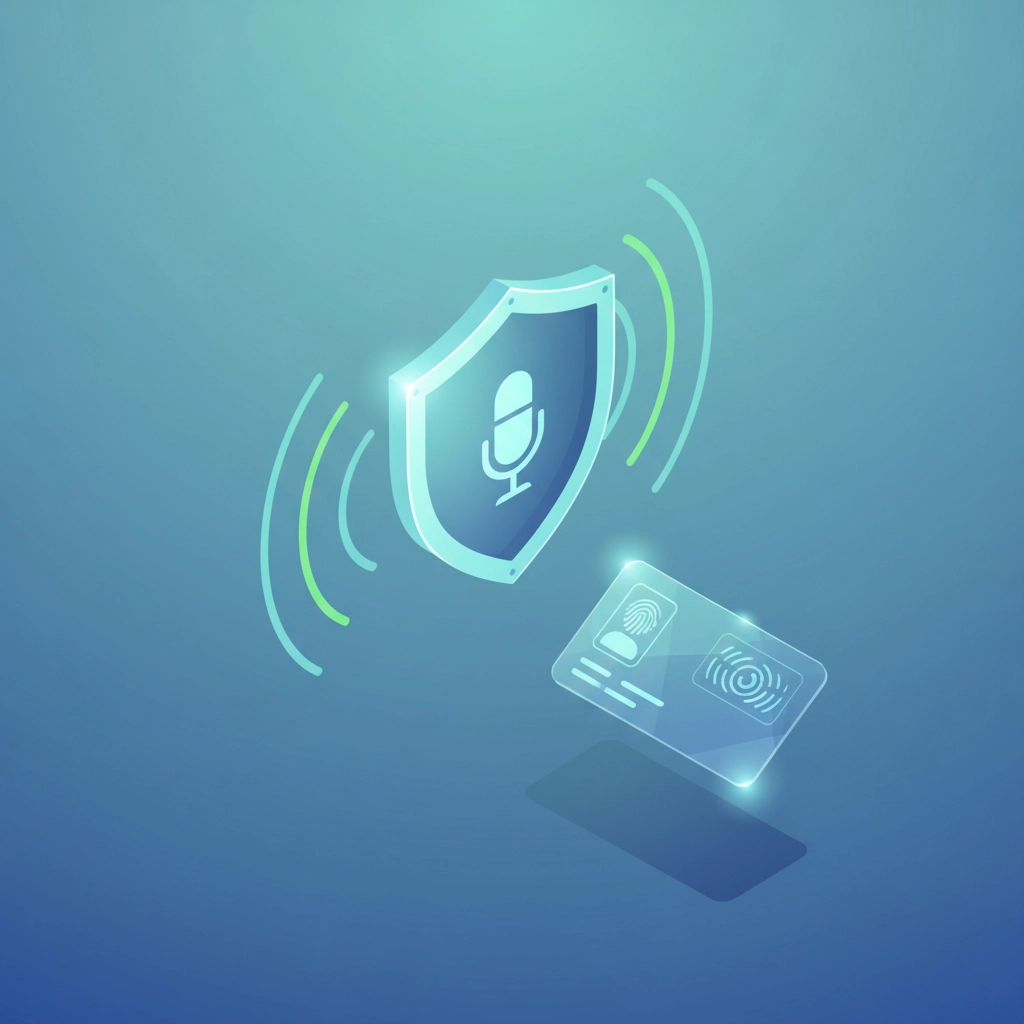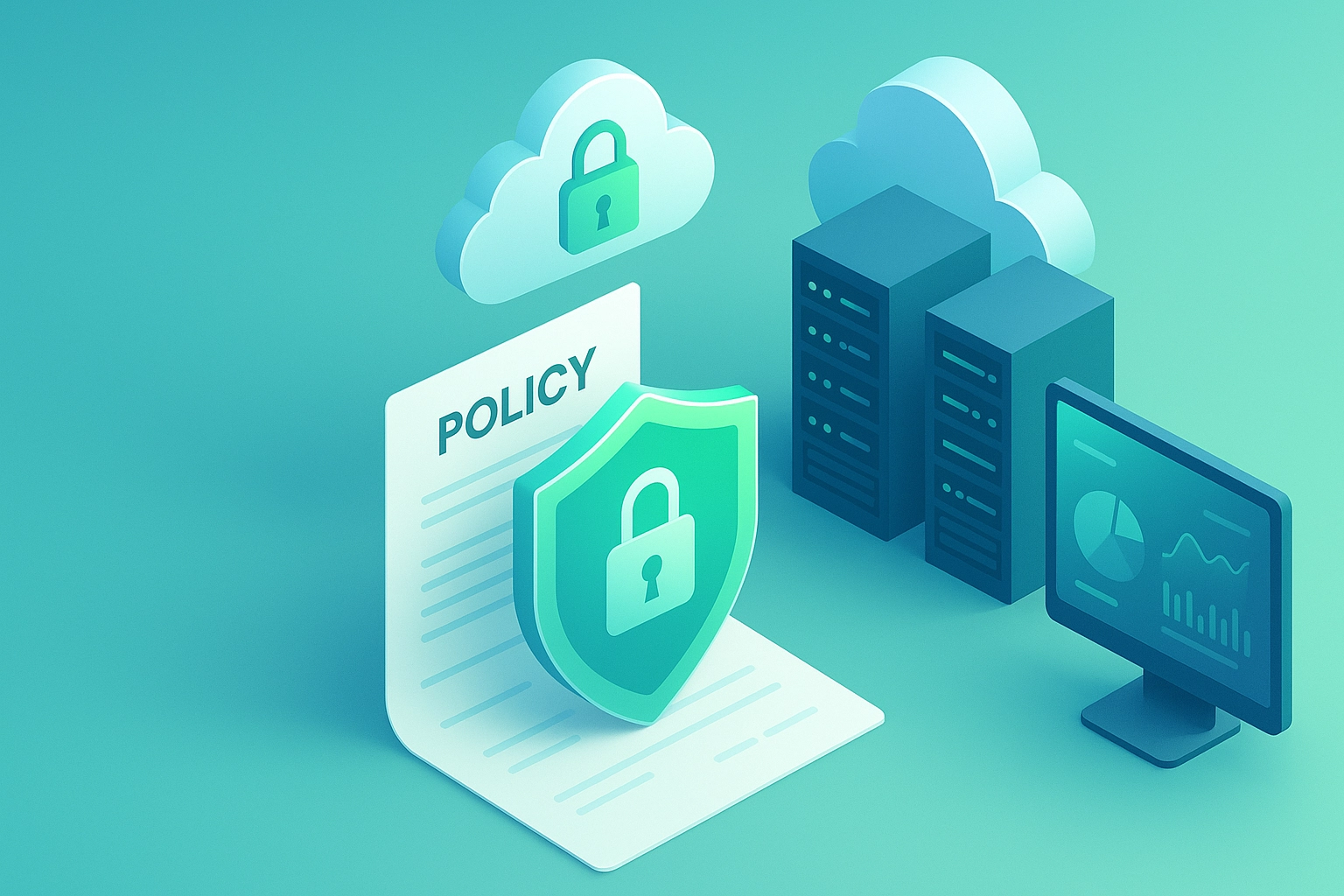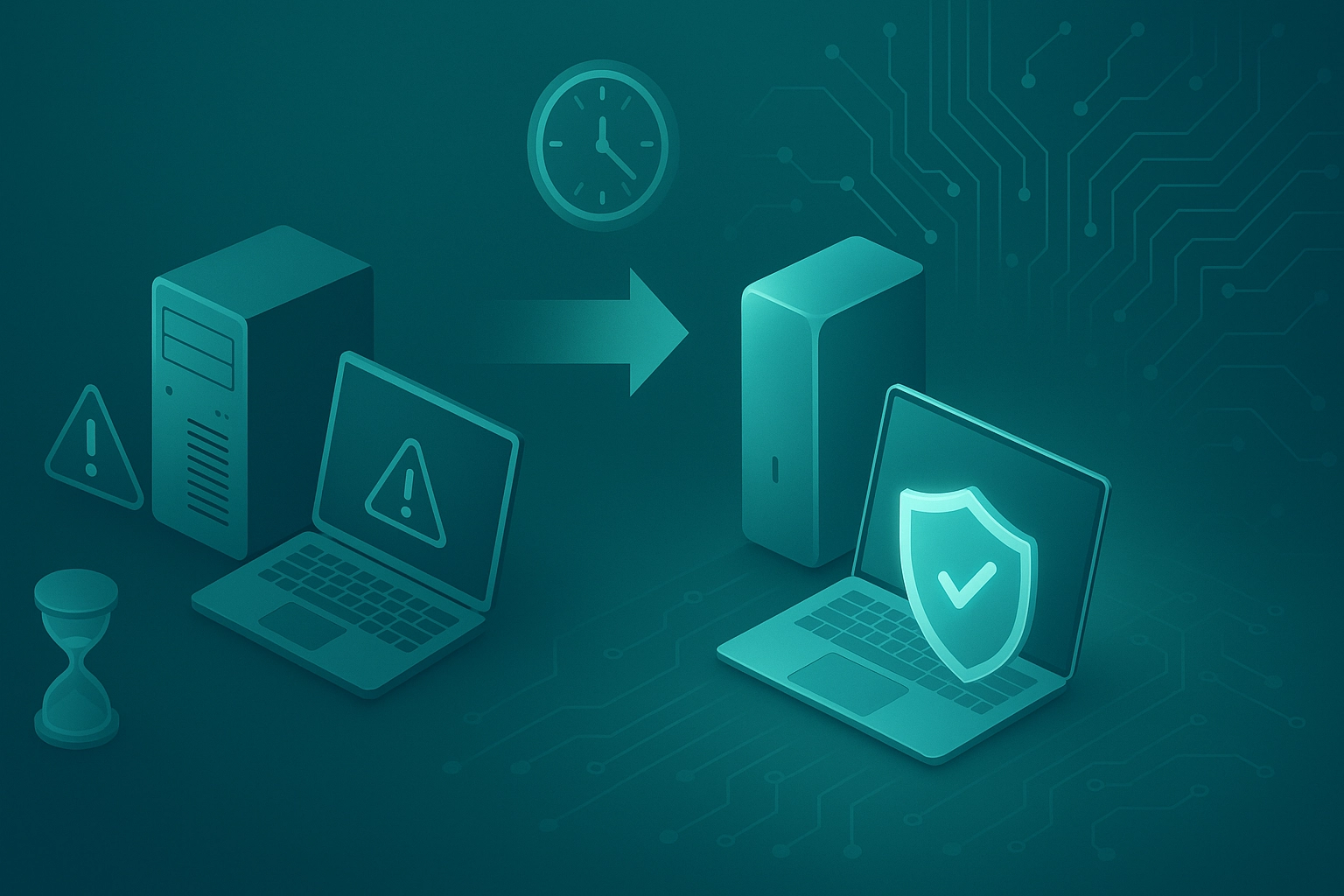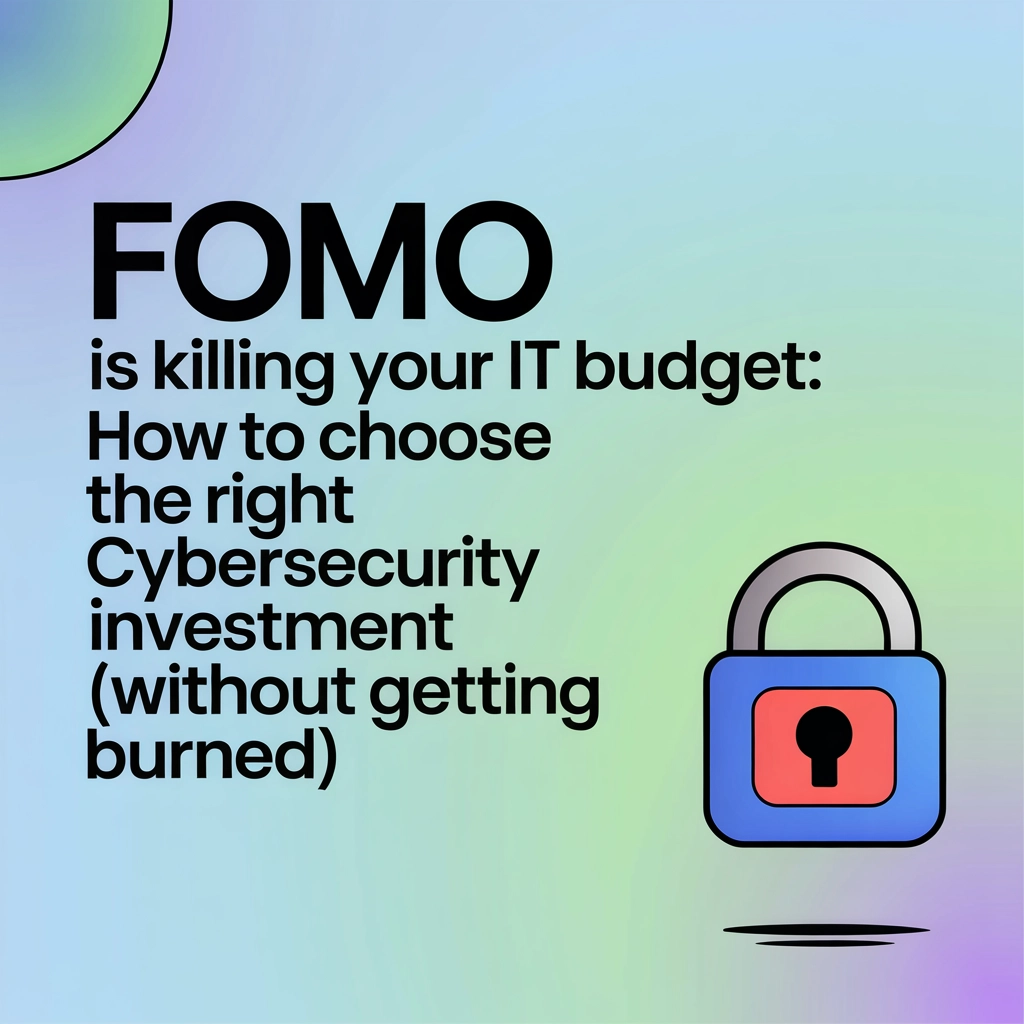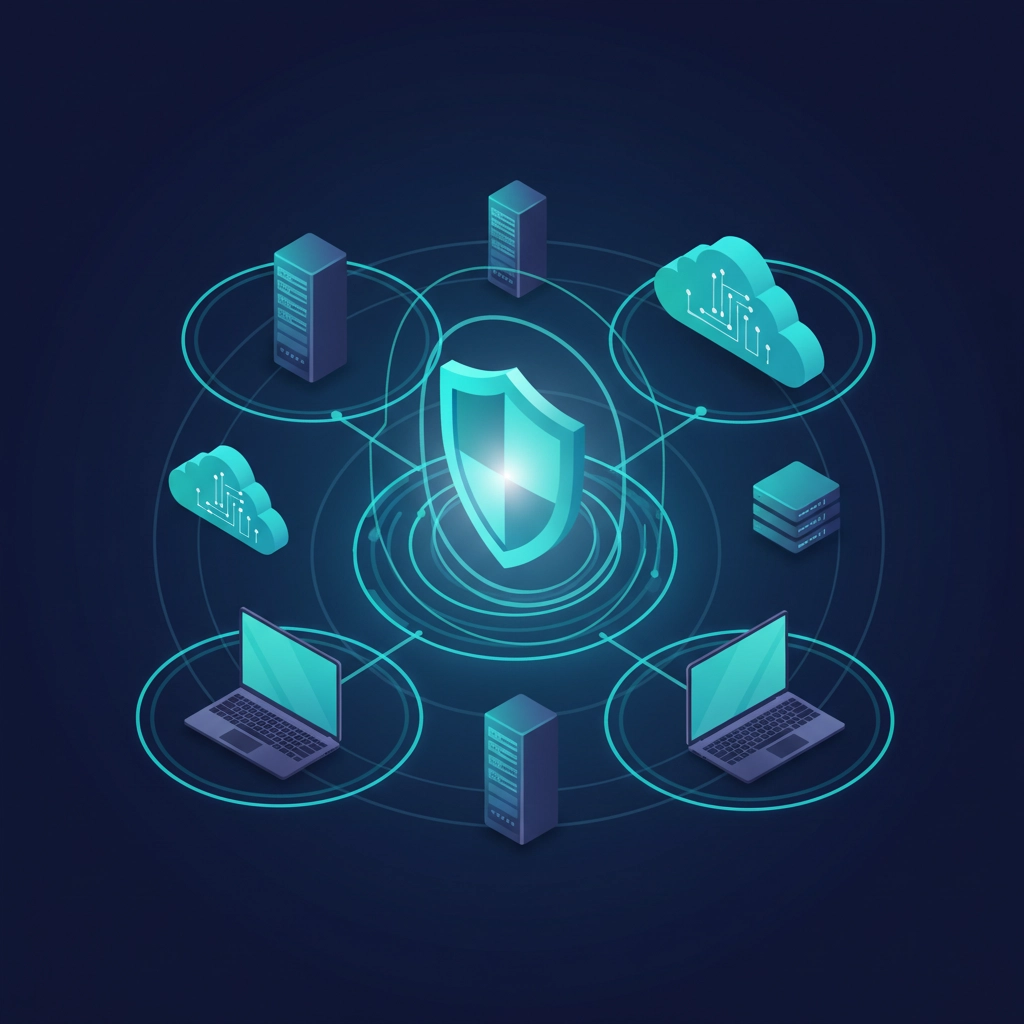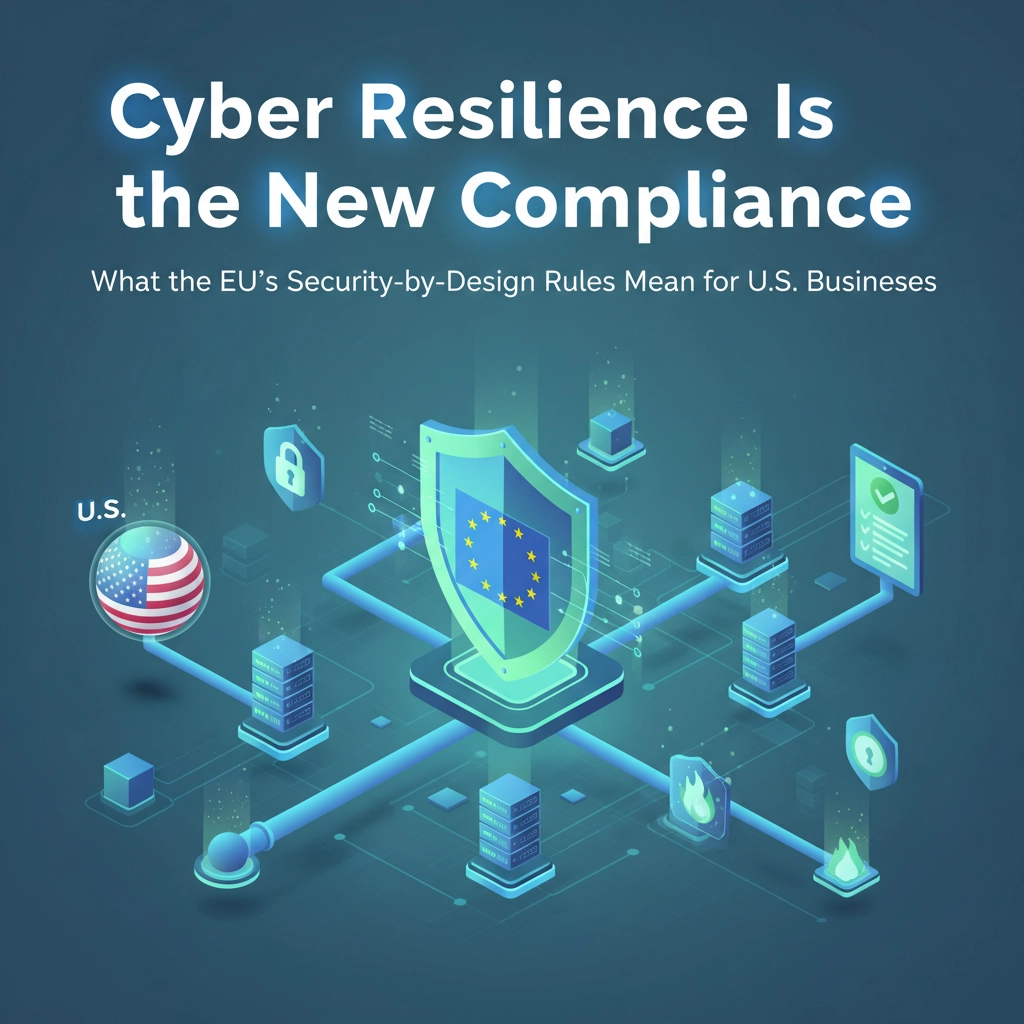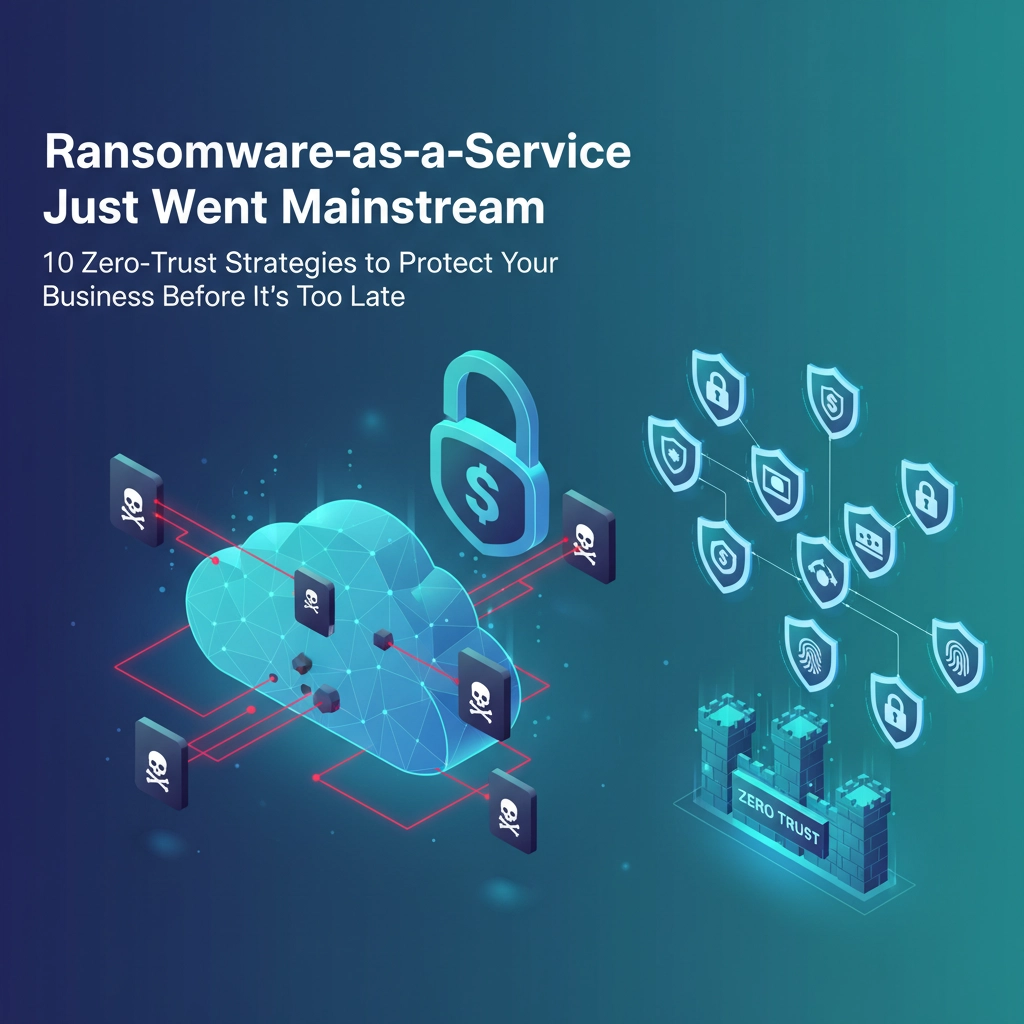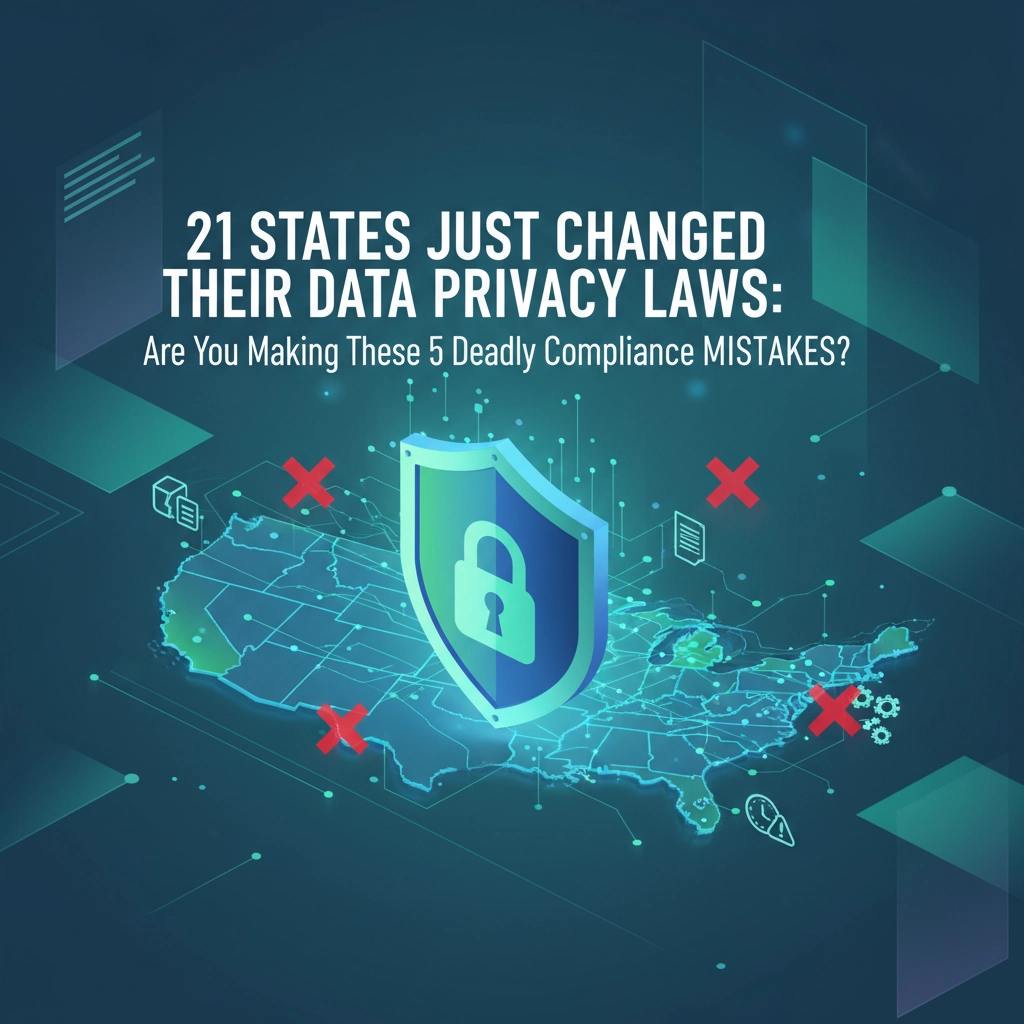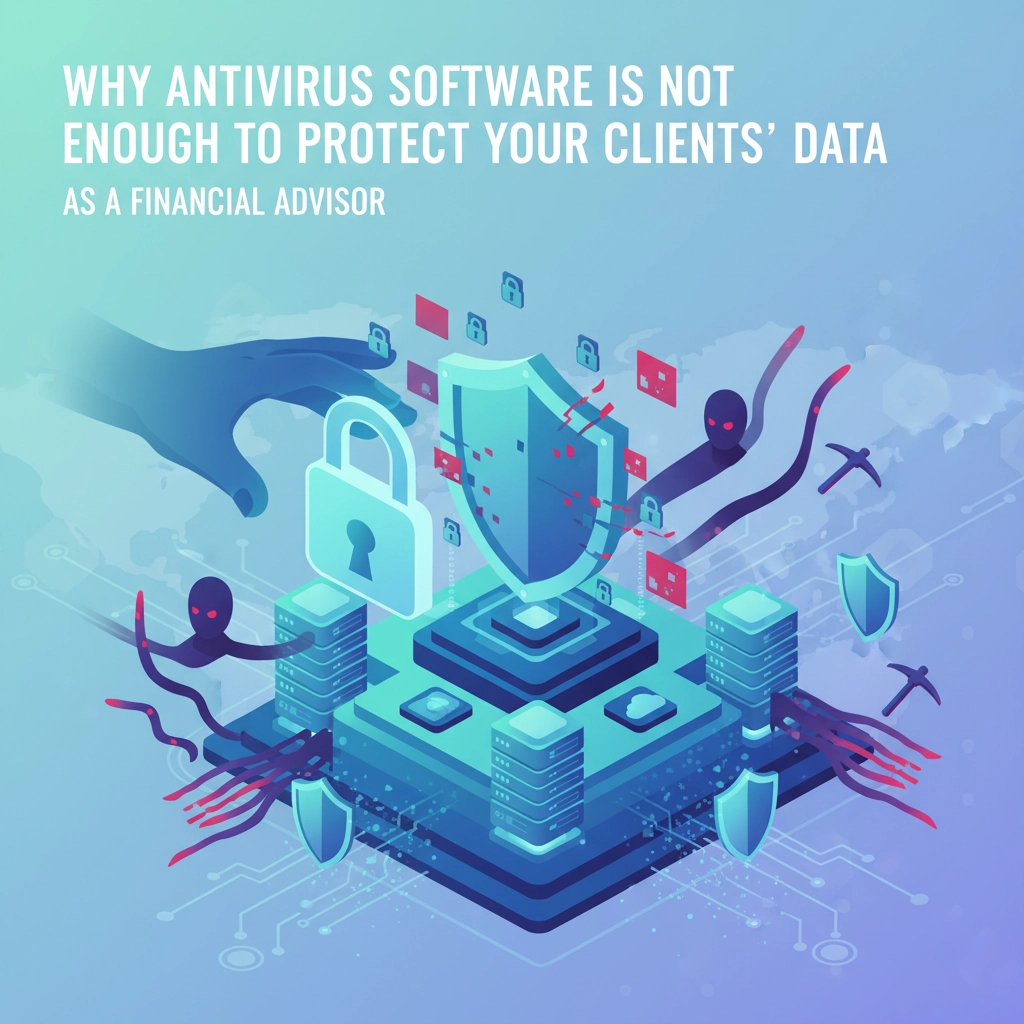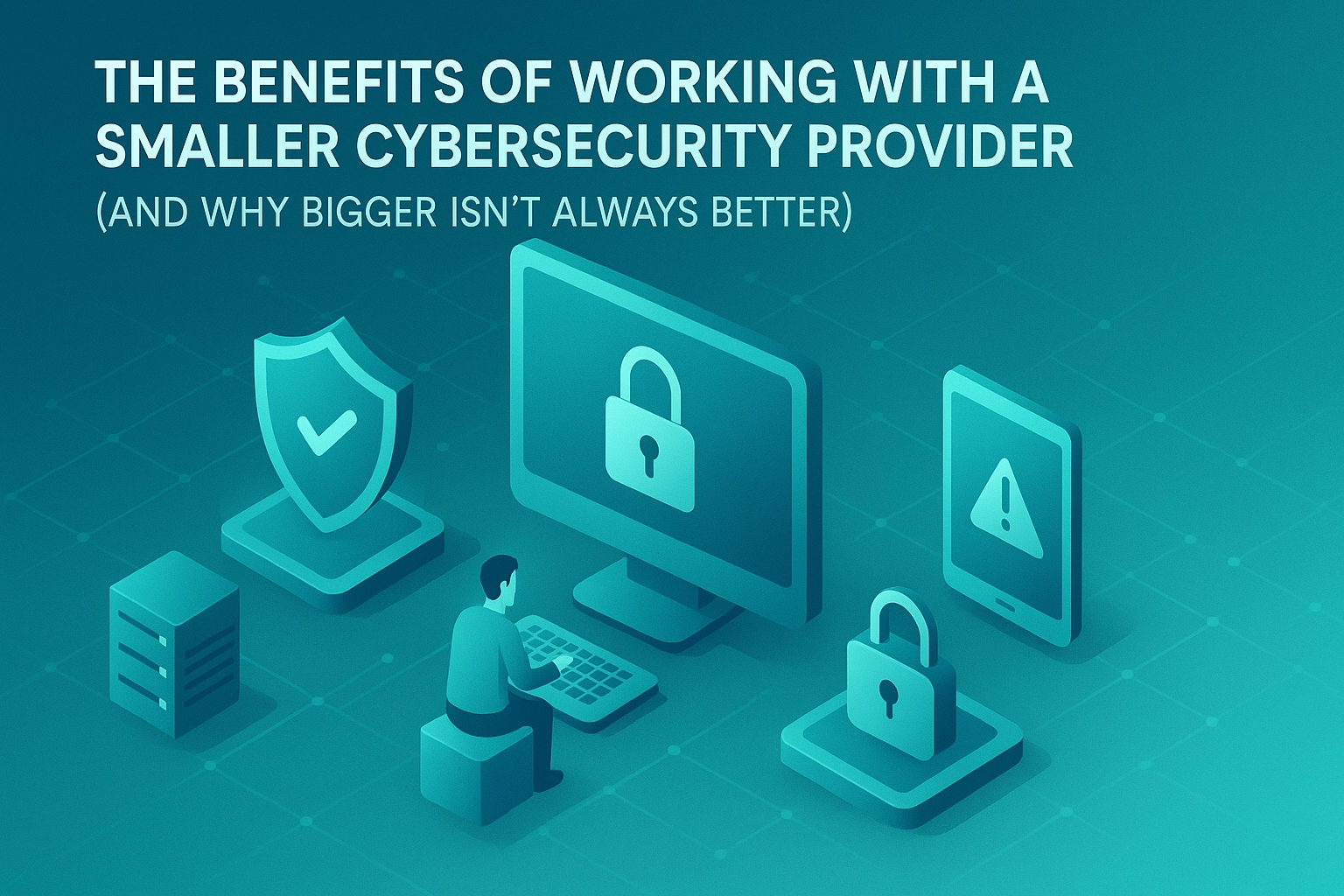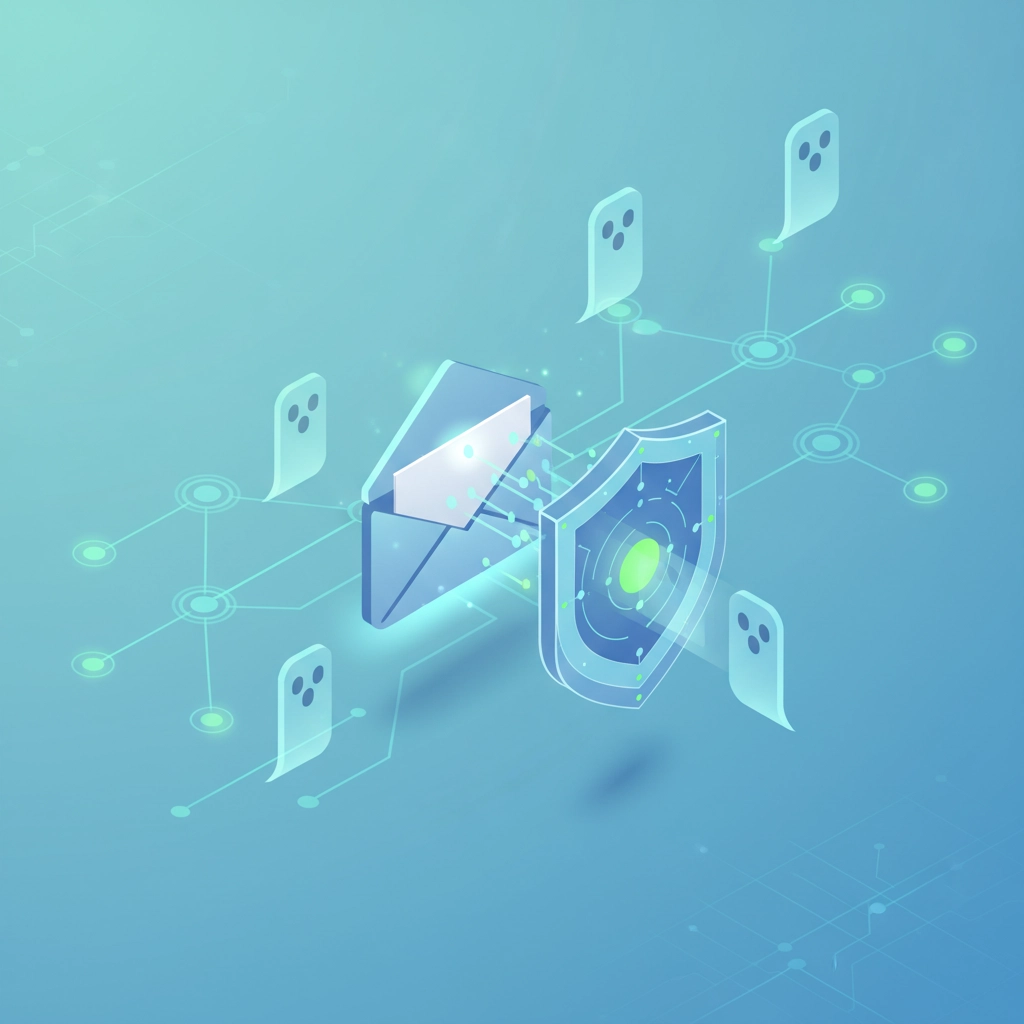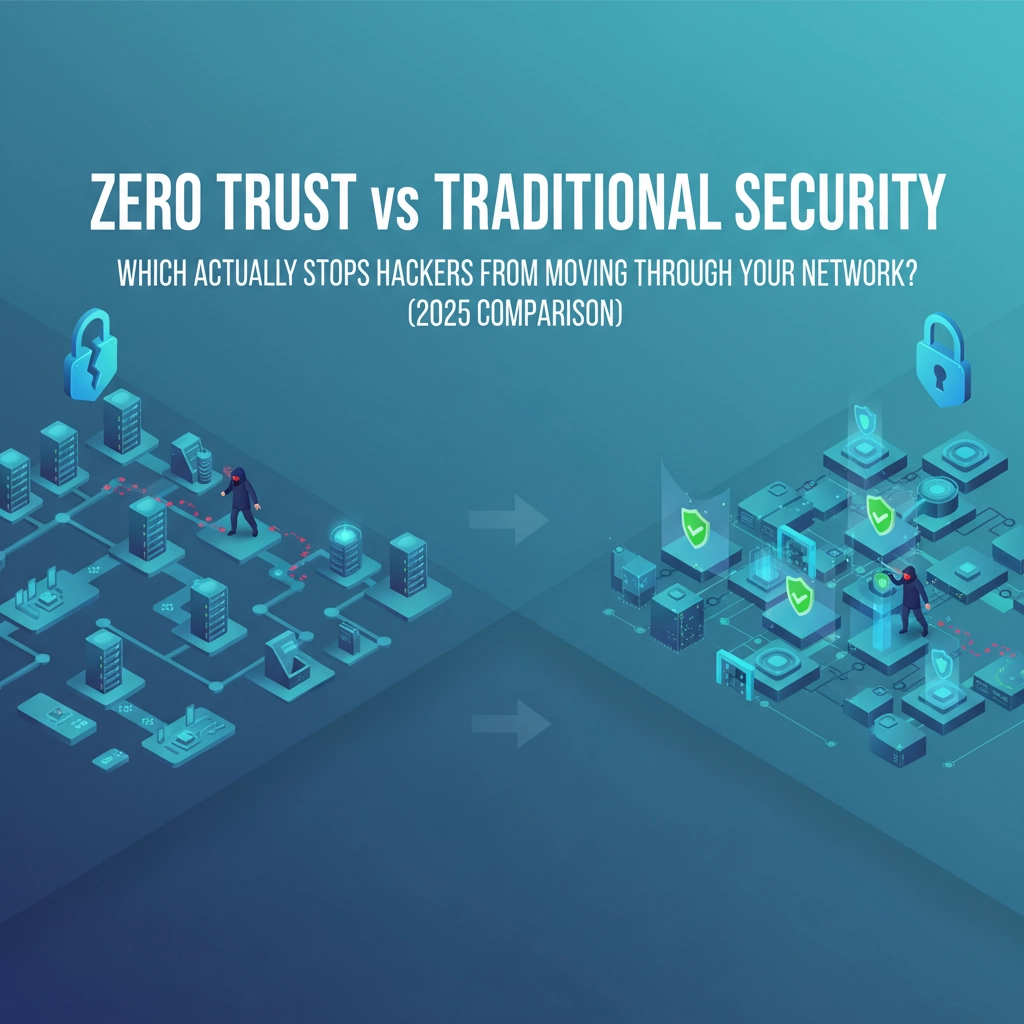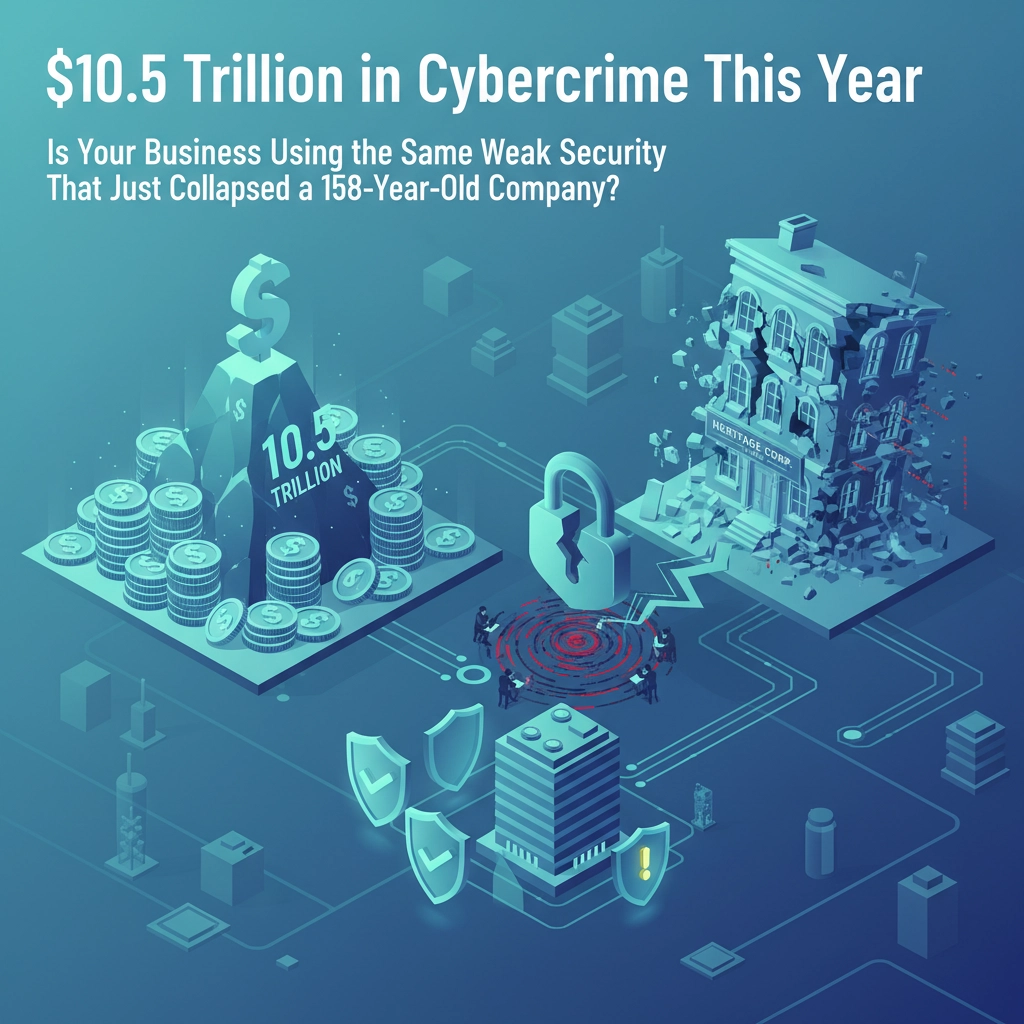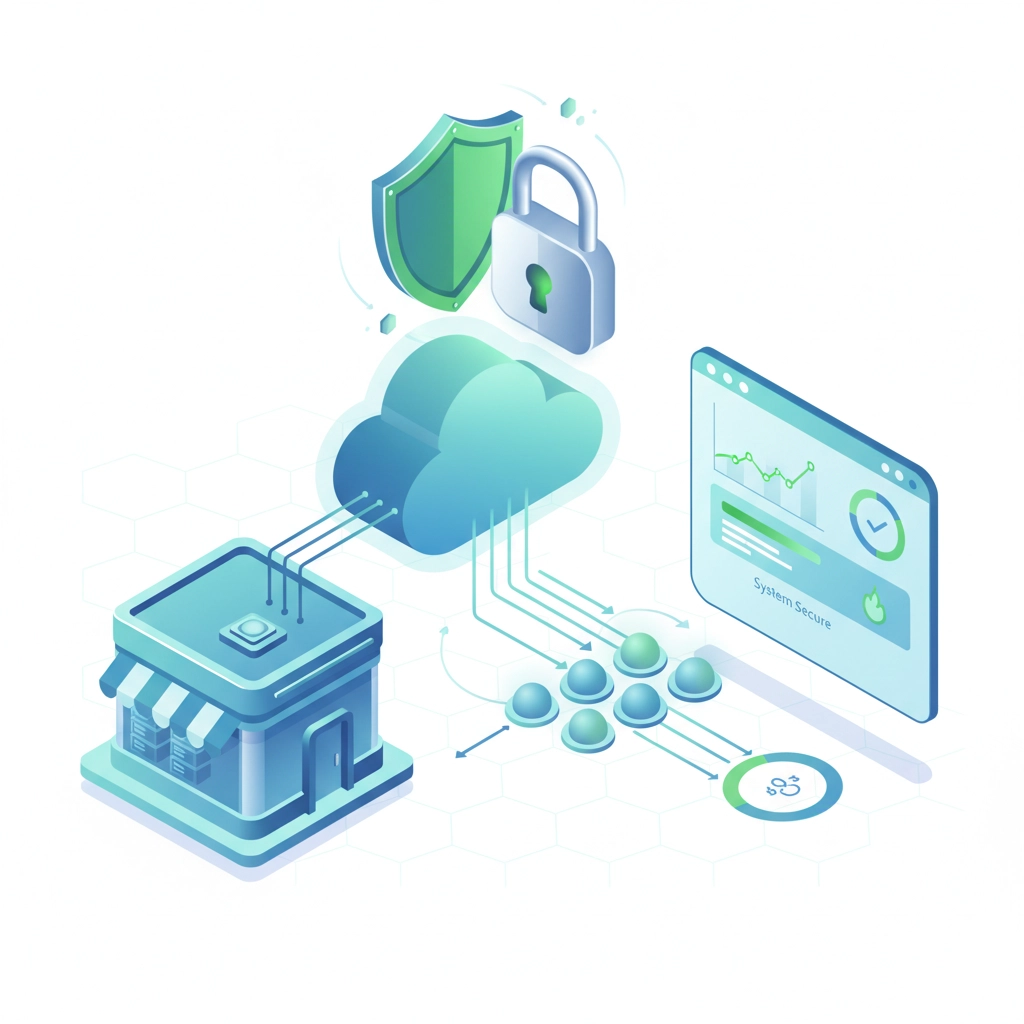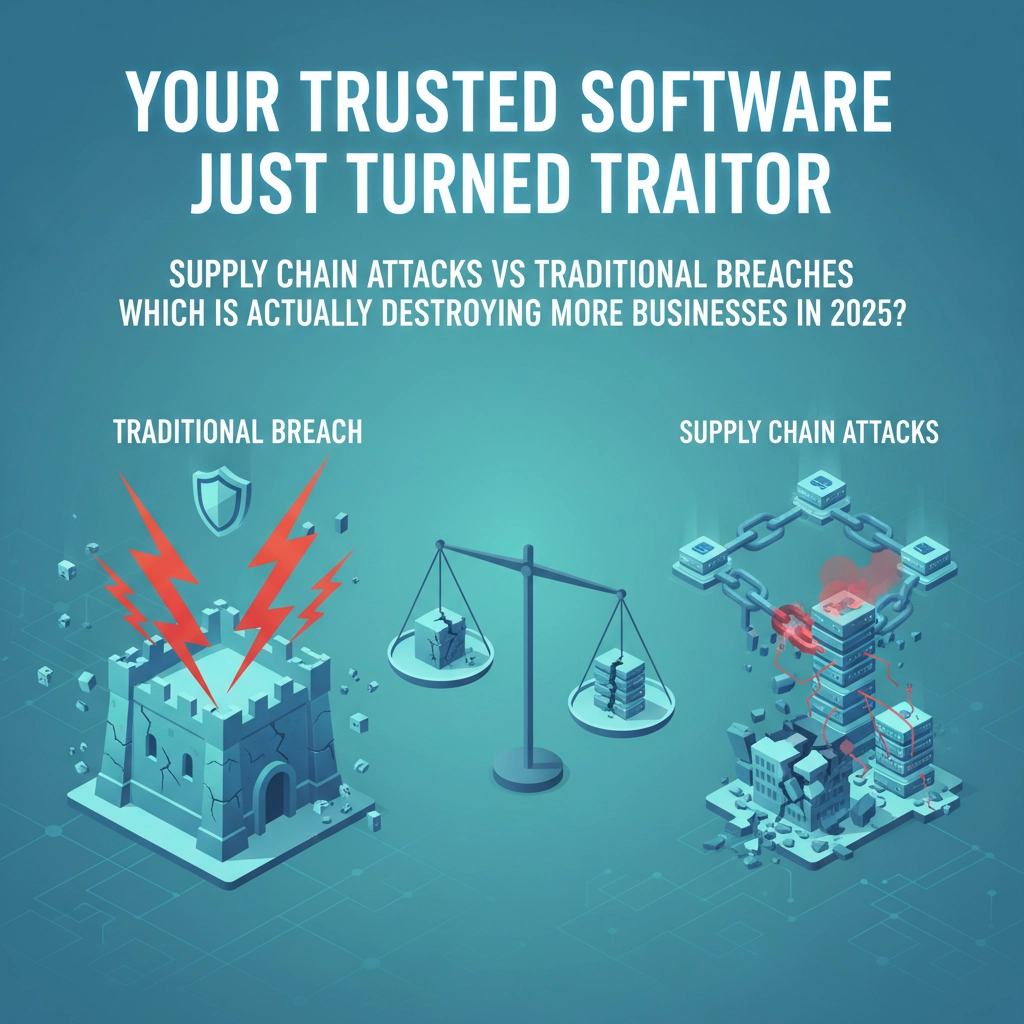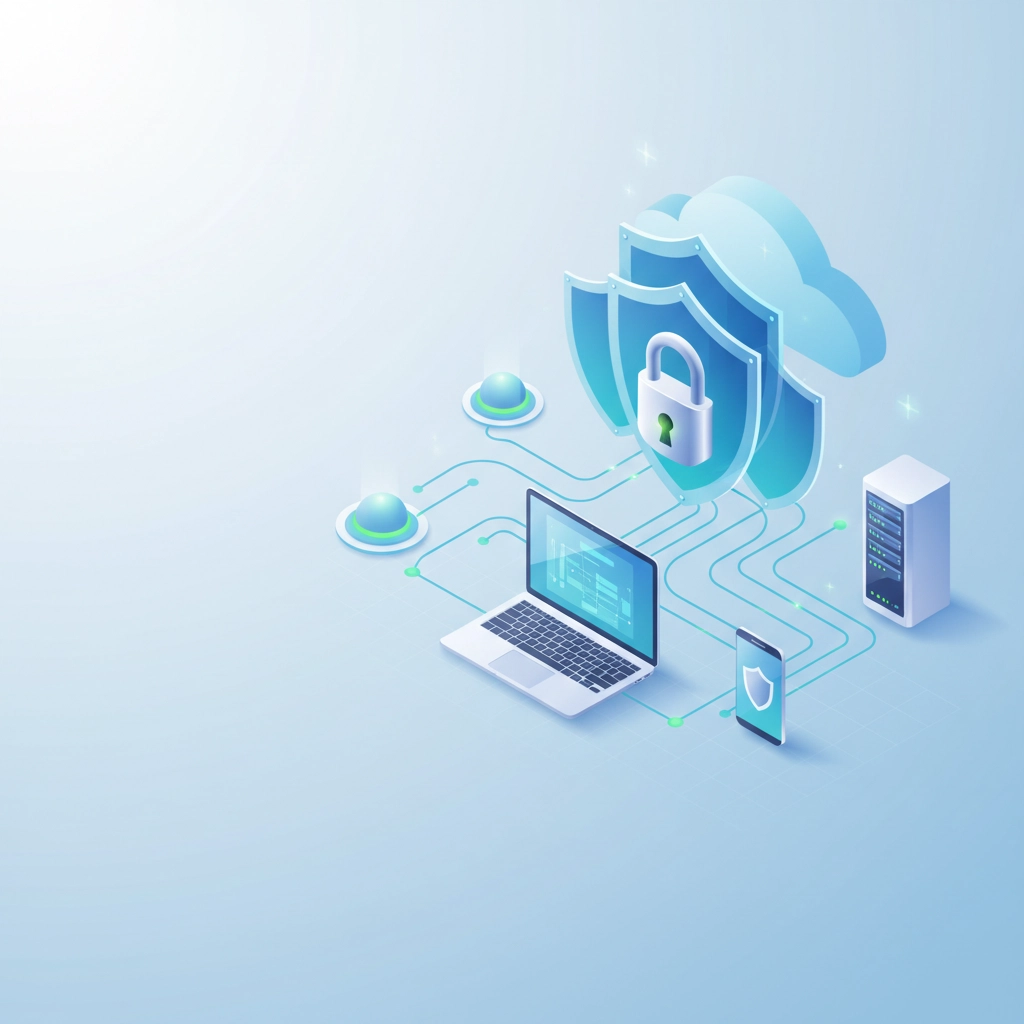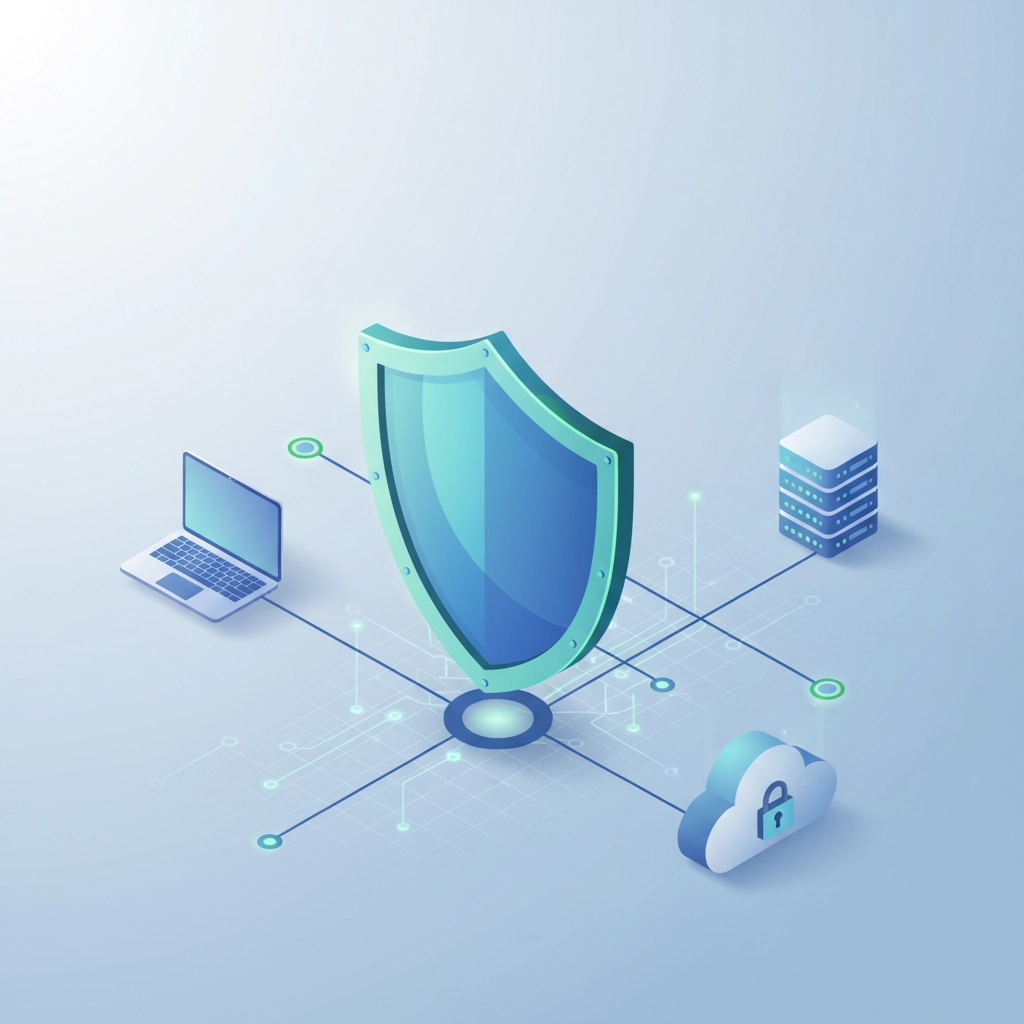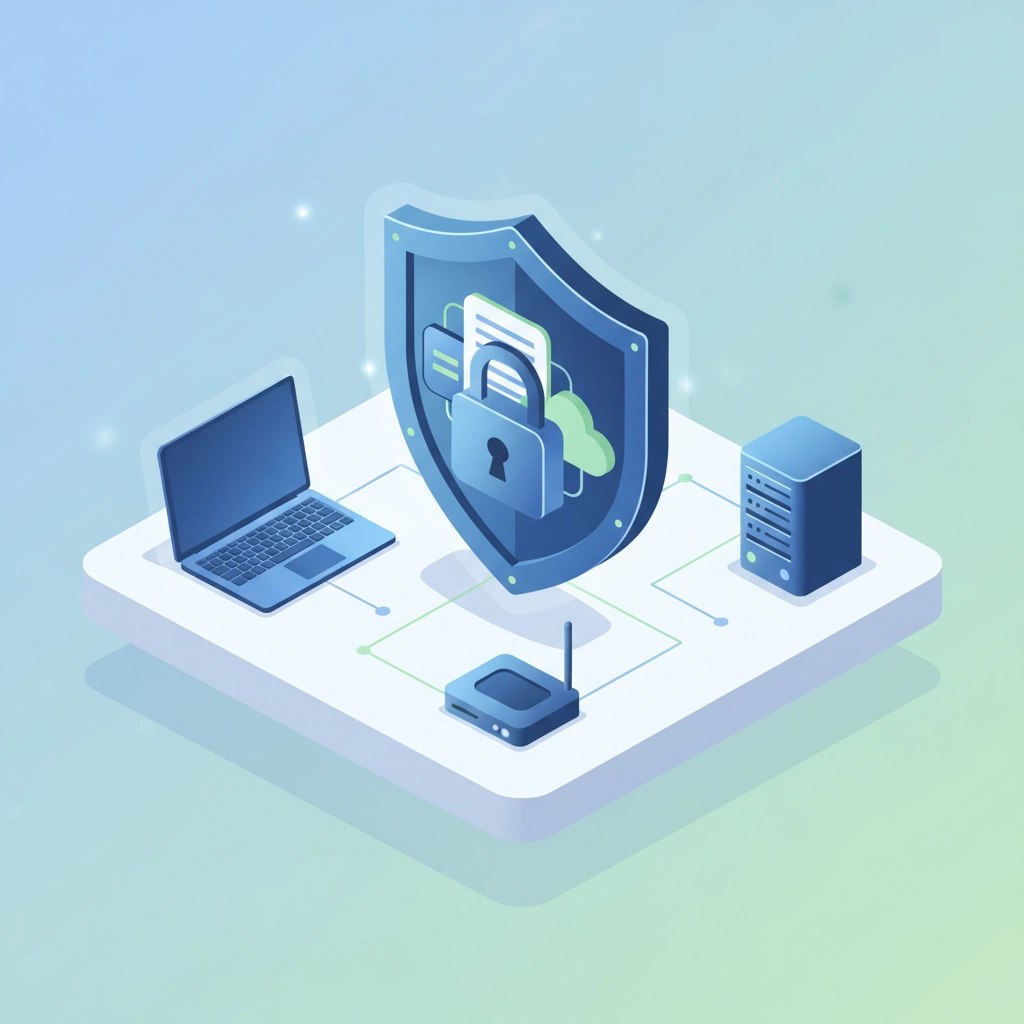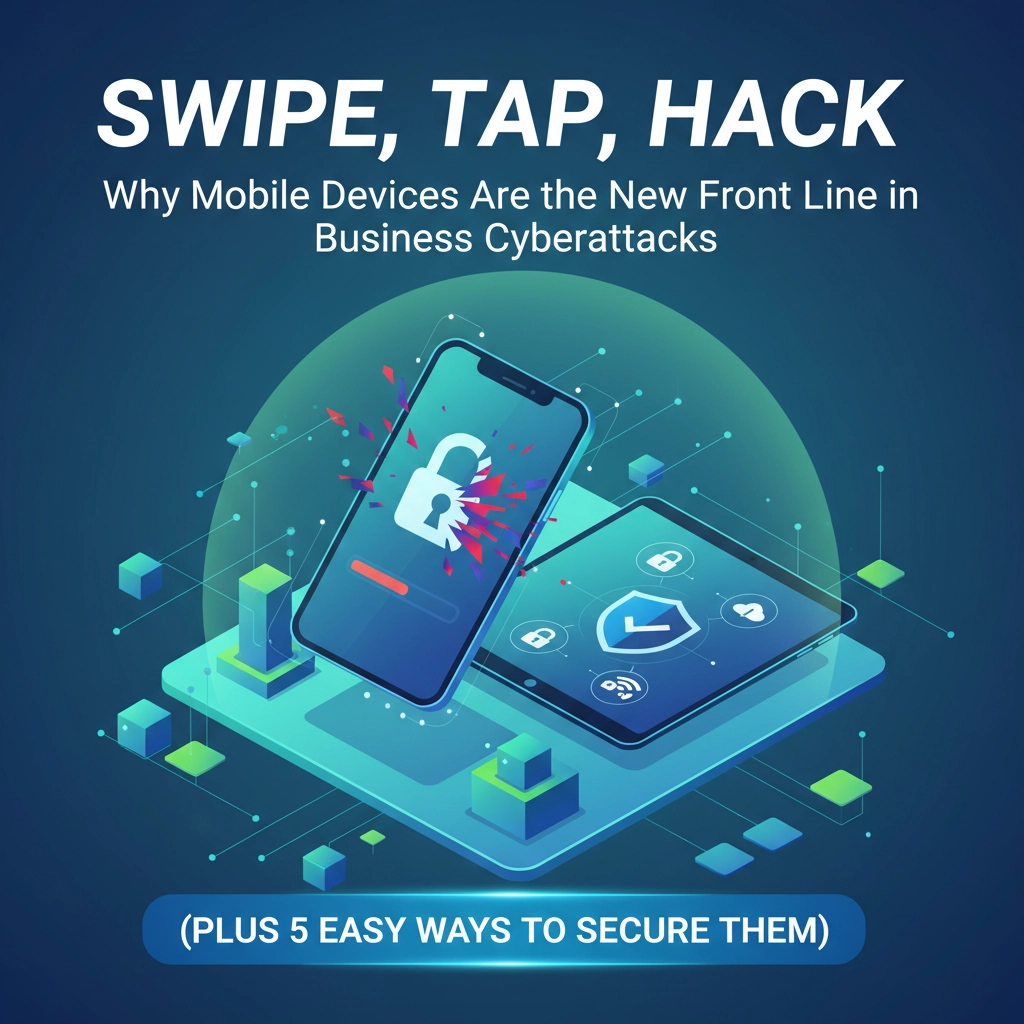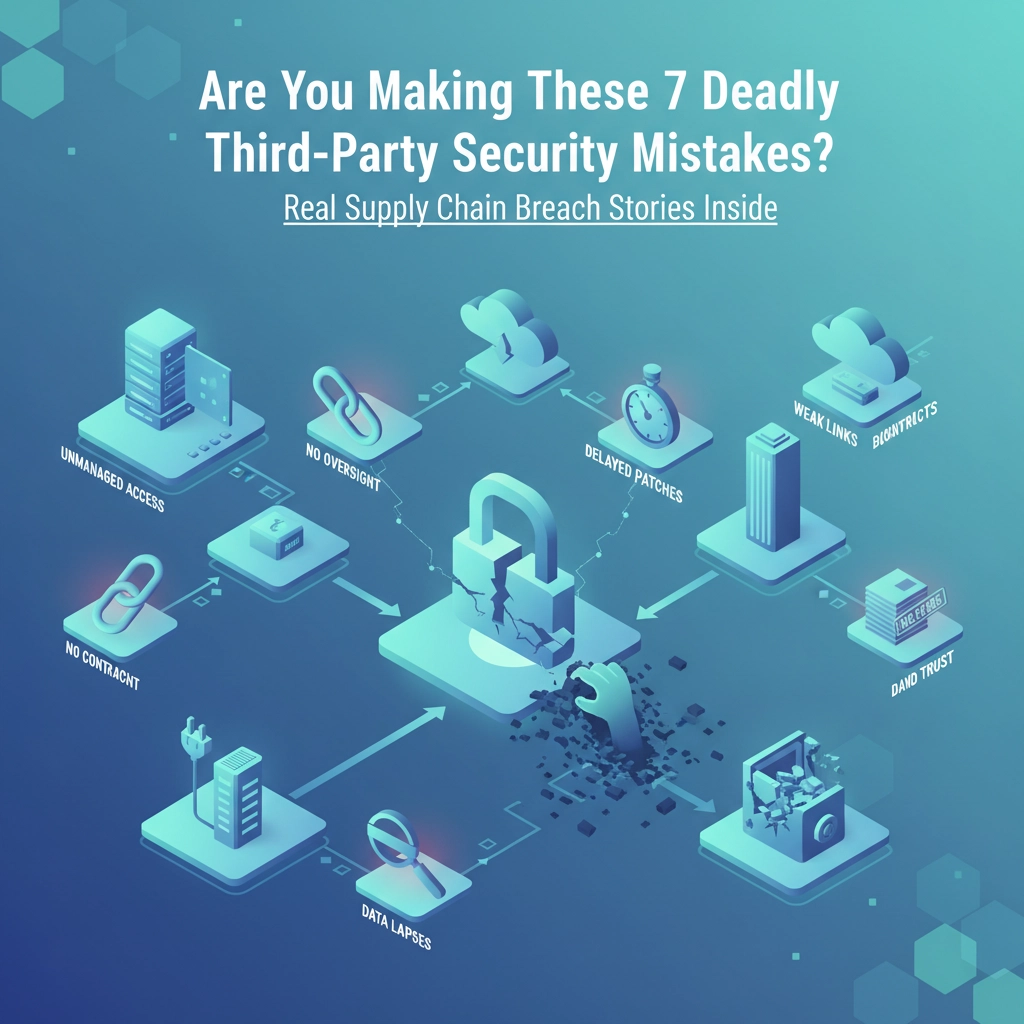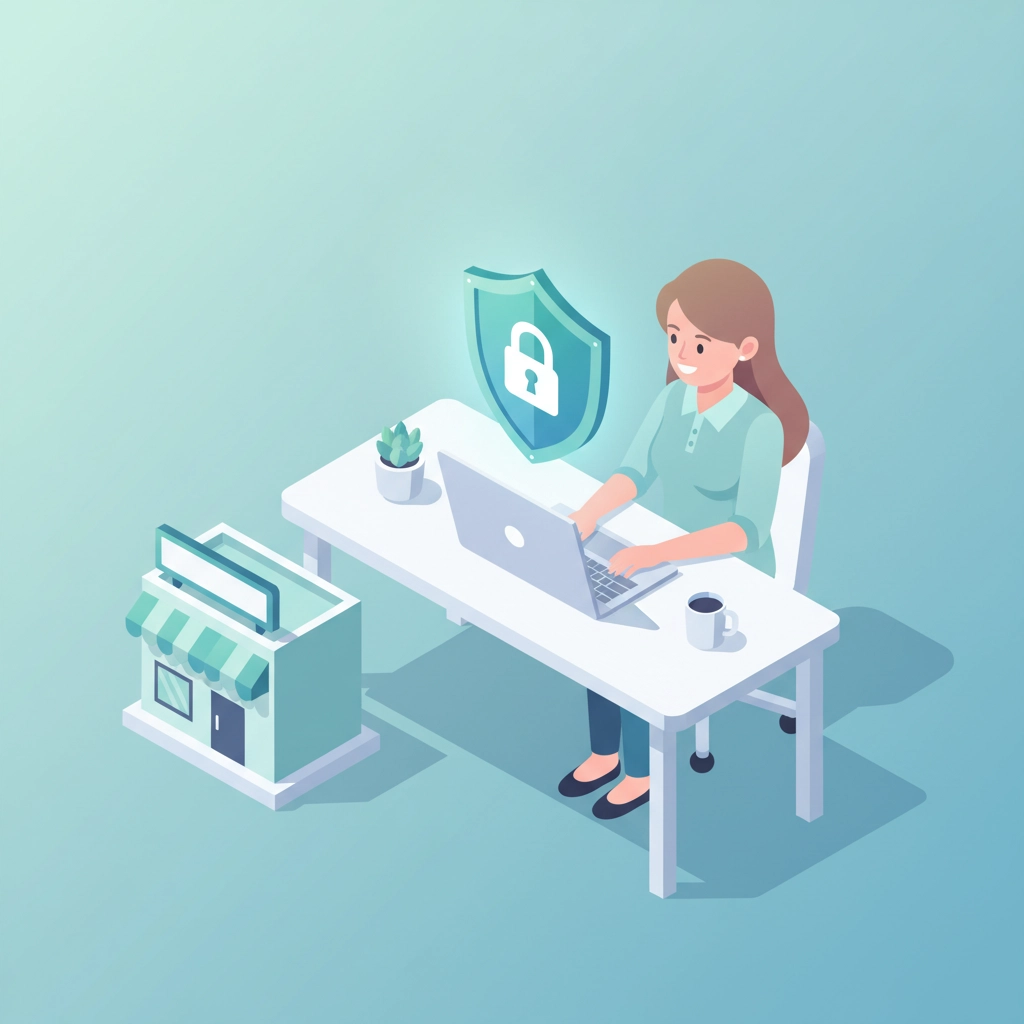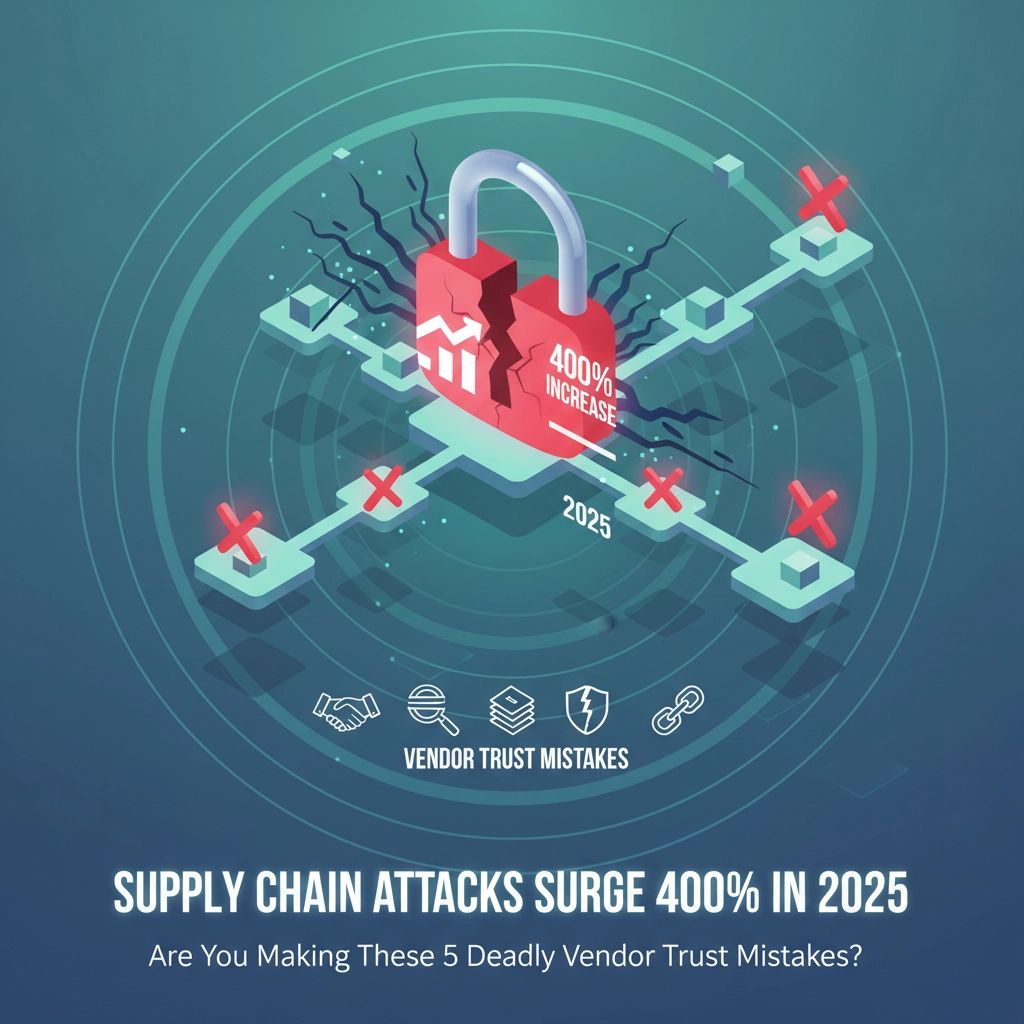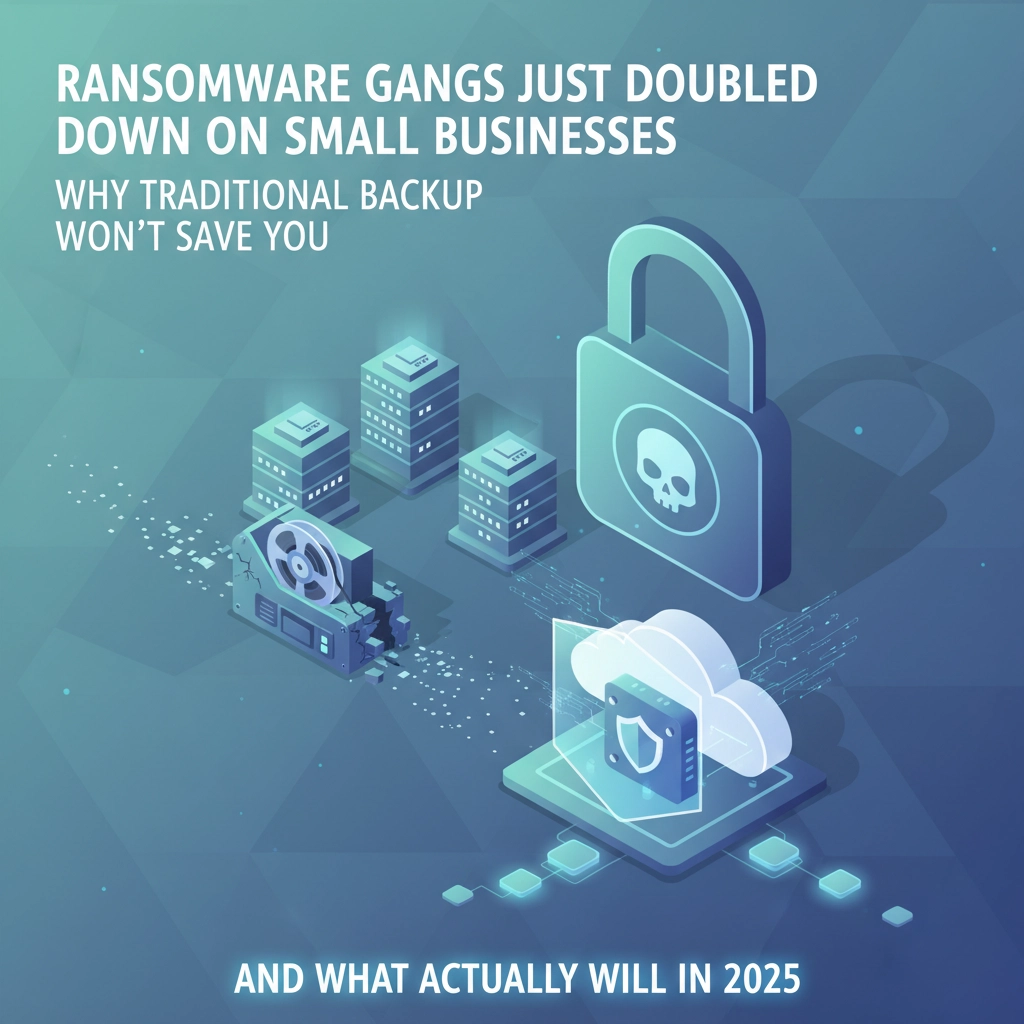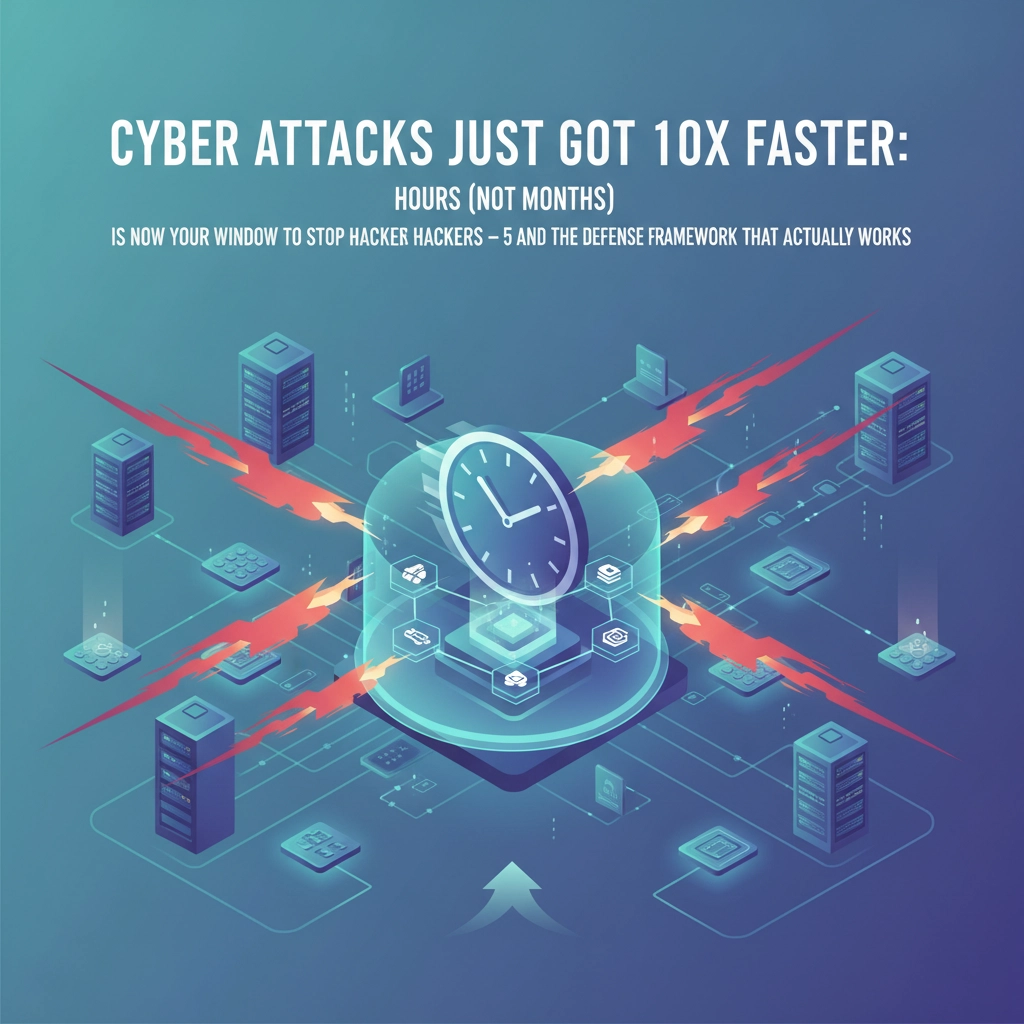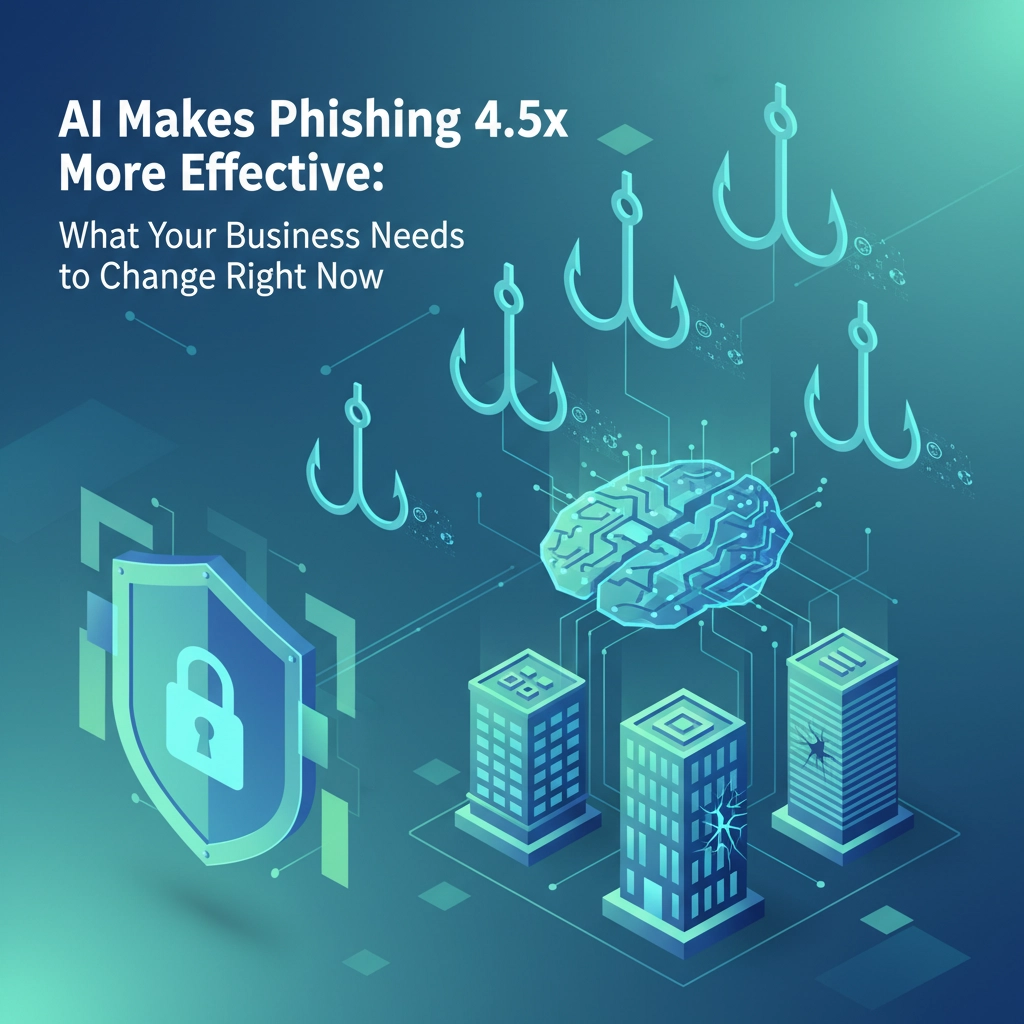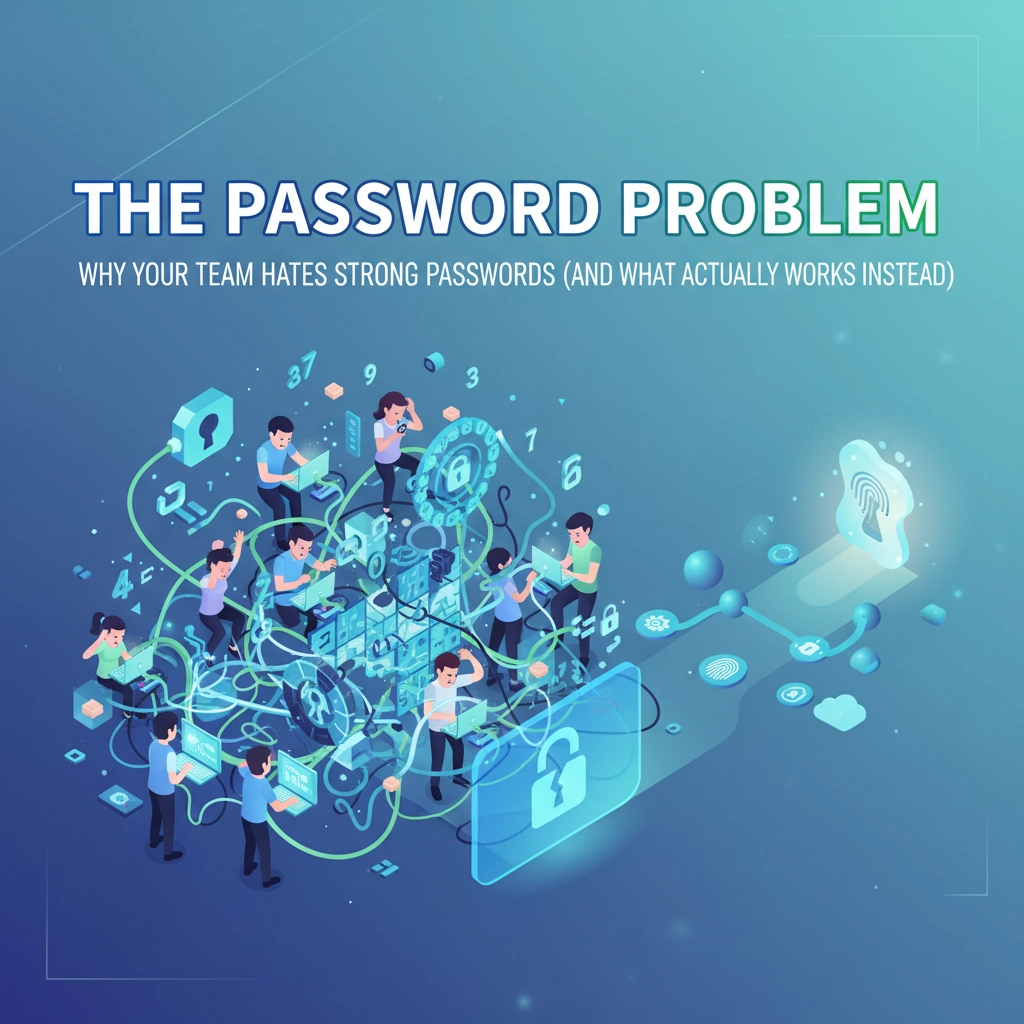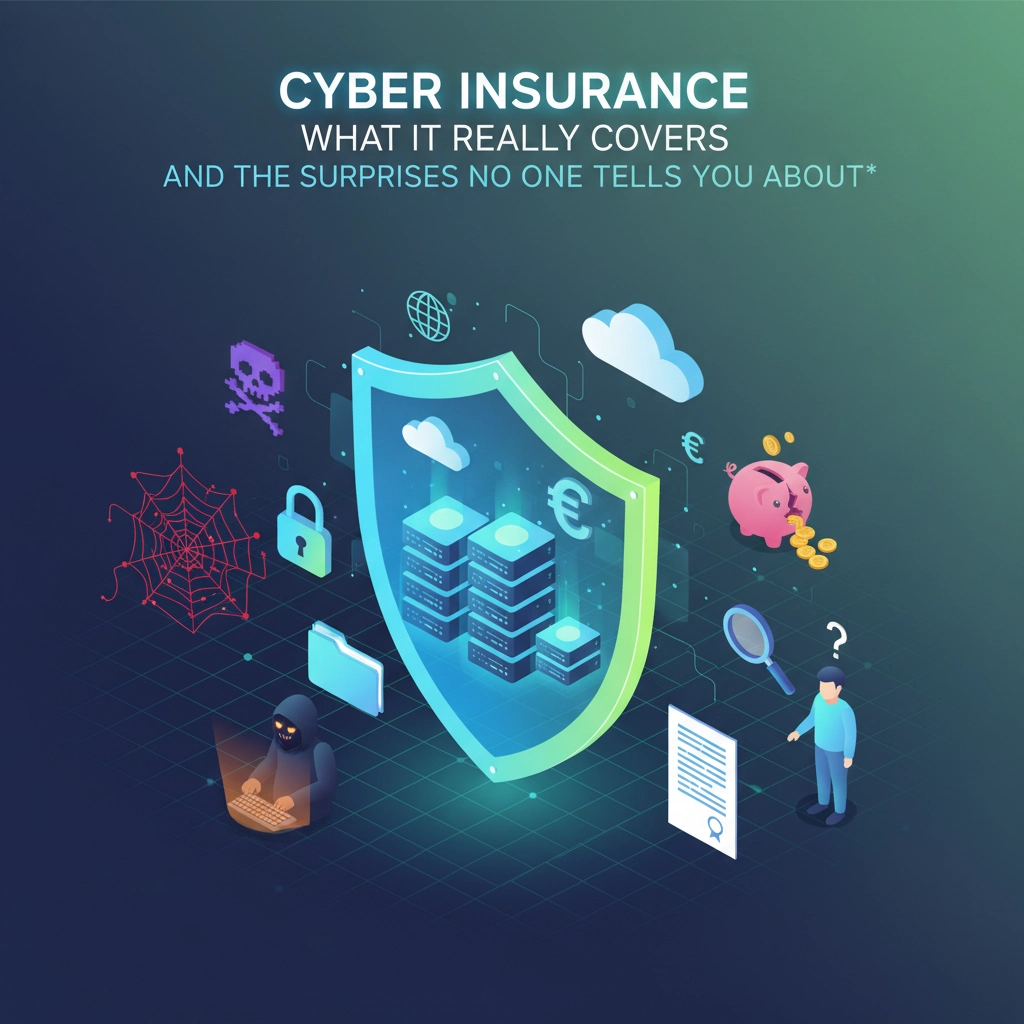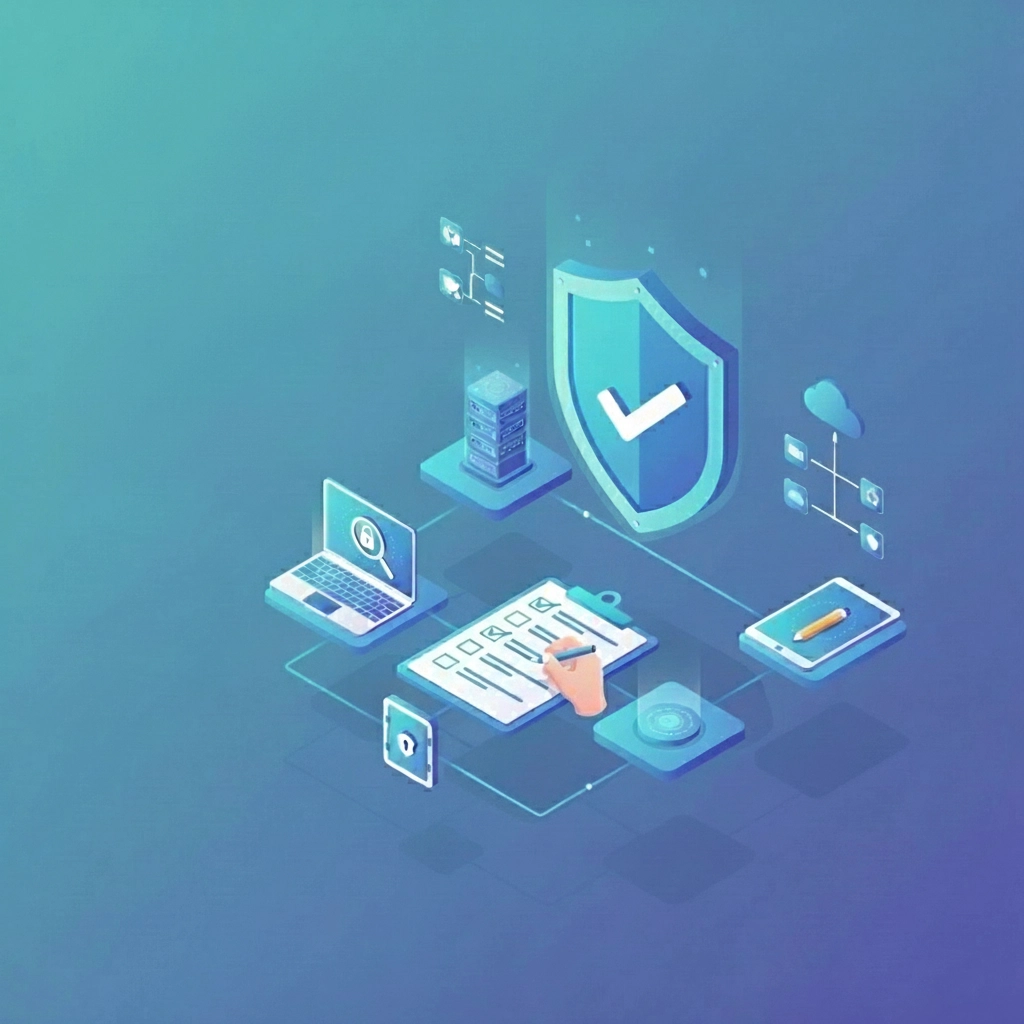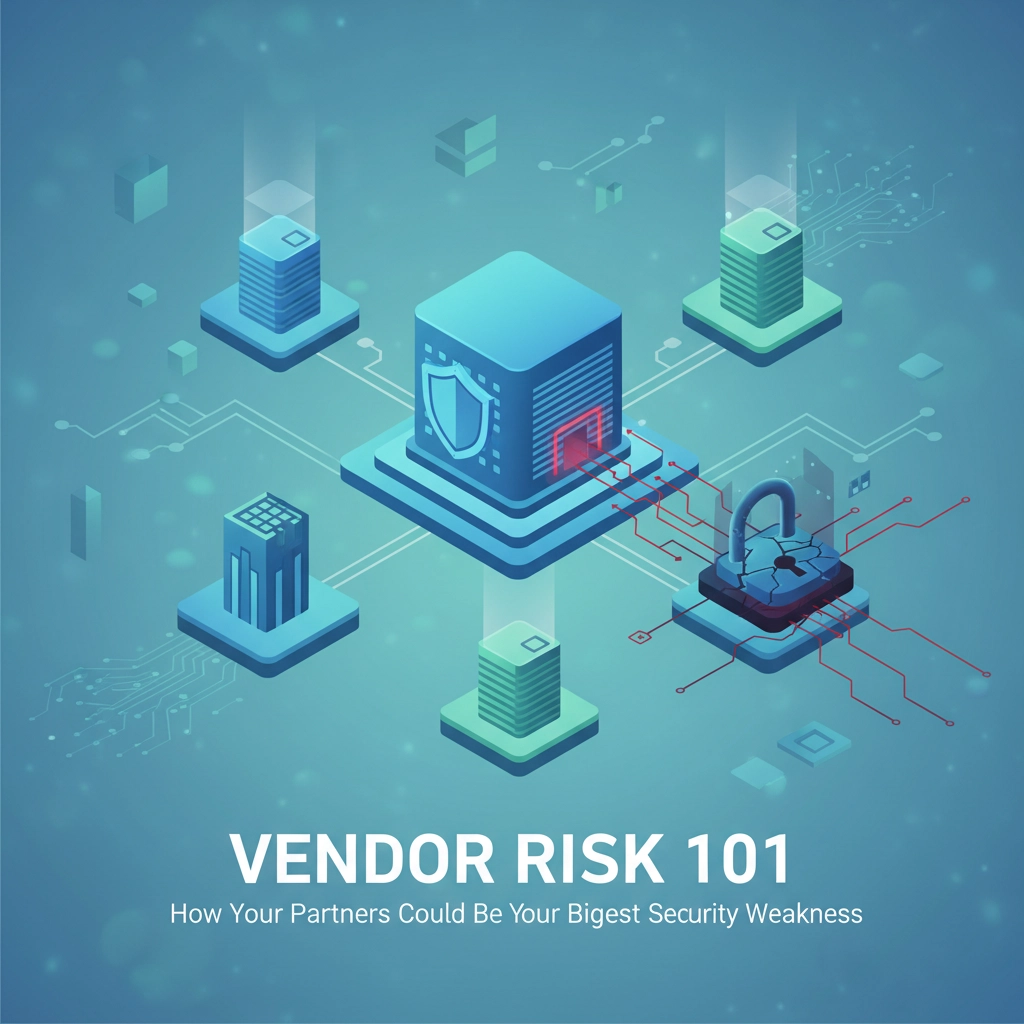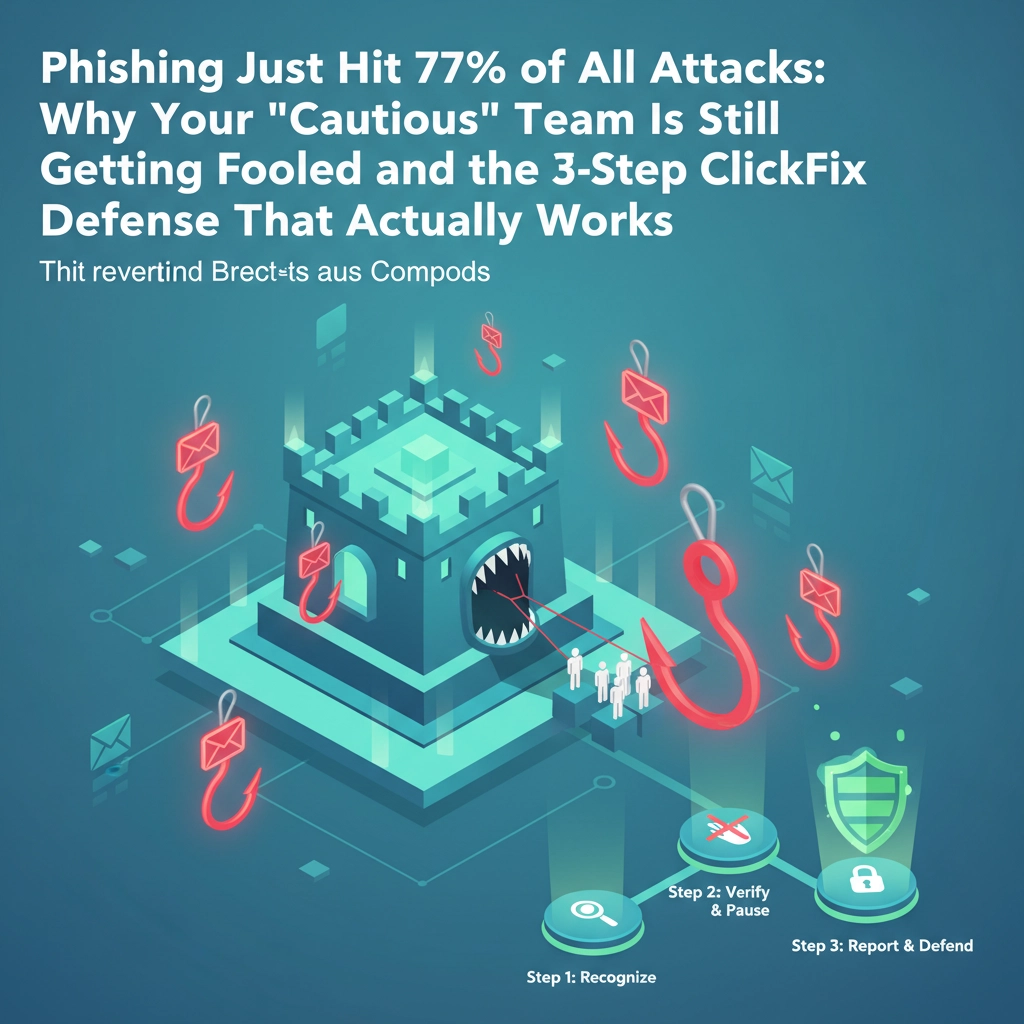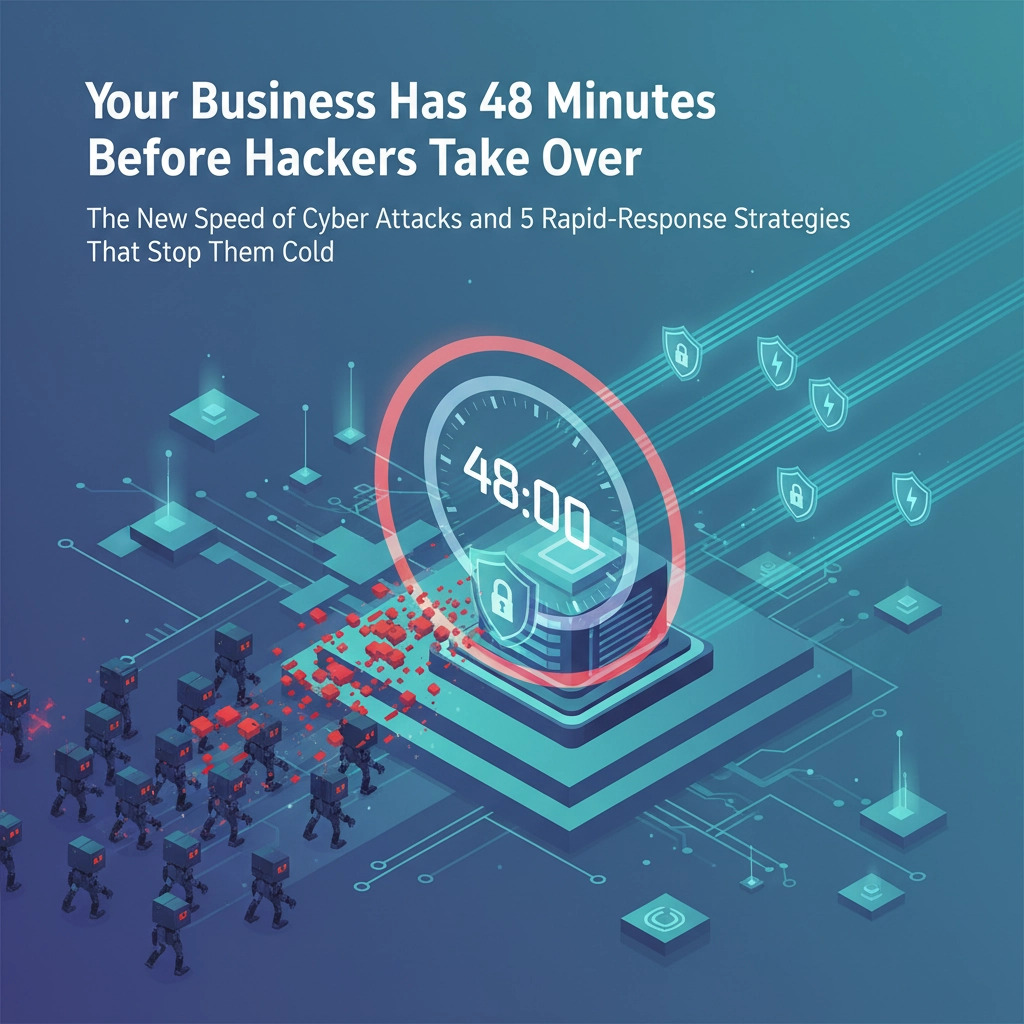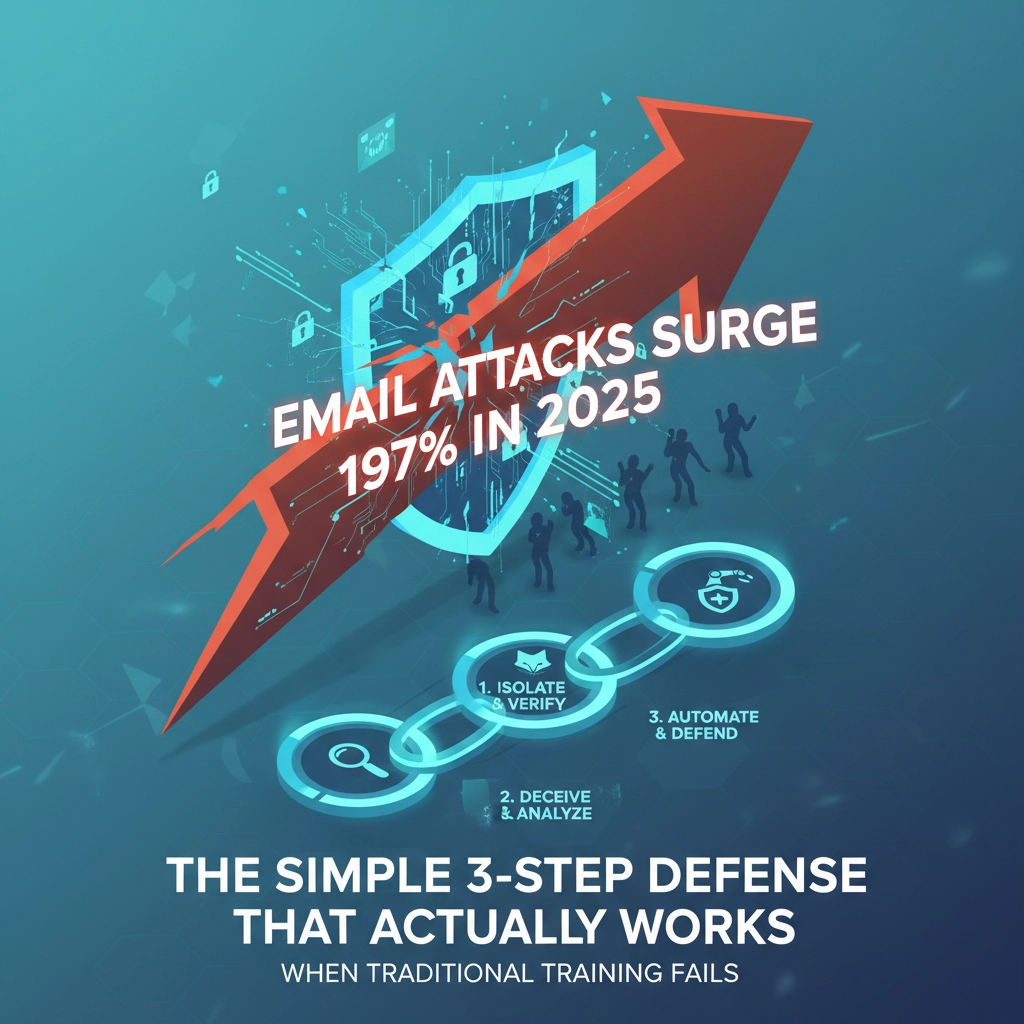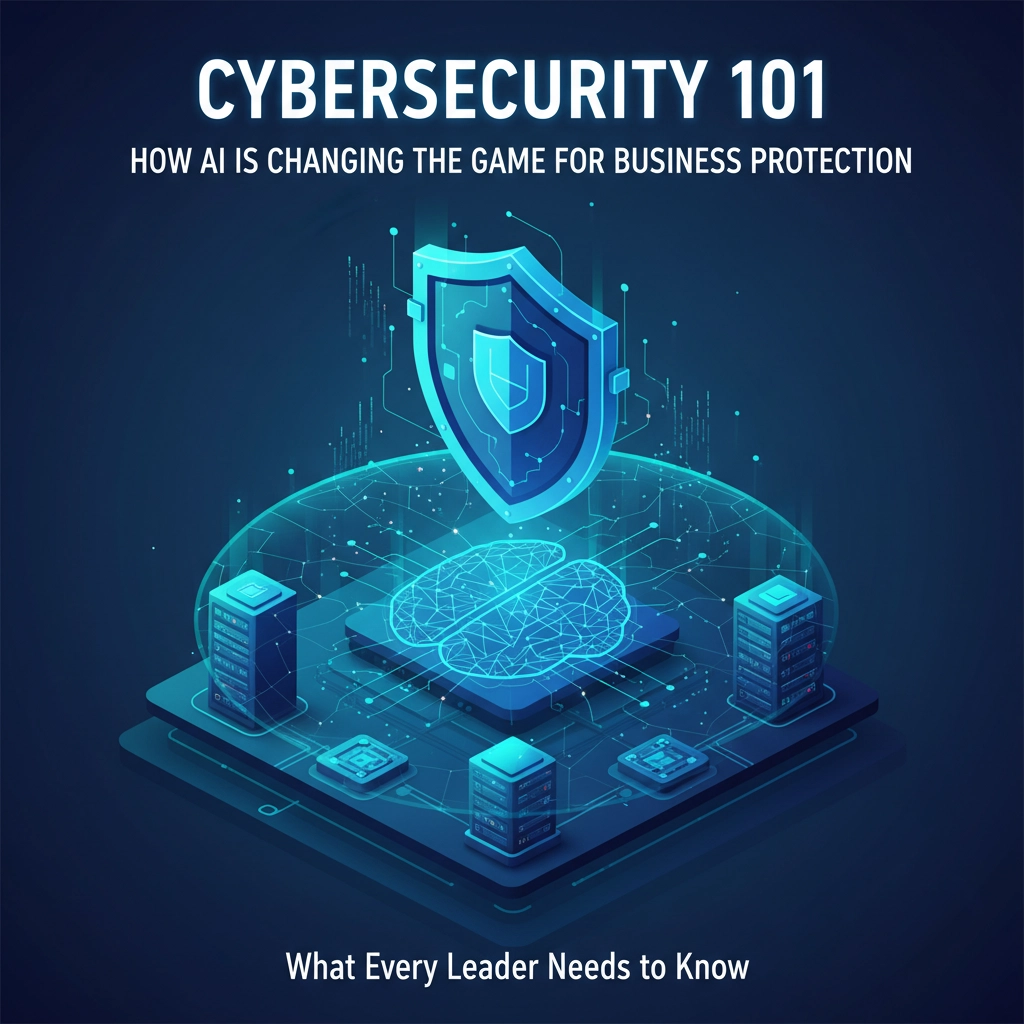October is here, which means it's officially Cybersecurity Awareness Month — and this year's official theme is "Building a Cyber Strong America." In plain English: when every business does the basics well, we all raise the bar — your company, your customers, your partners, and the local community.
Before you roll your eyes and think "great, another corporate awareness campaign," hear me out. This isn't about checking boxes or posters in the break room. It's a simple call to action: make a few smart moves that protect your business and strengthen the community around you.
Here's the thing: cybercriminals don't take October off. In fact, they're busier than ever. While we're talking about awareness, they're actively targeting businesses just like yours, often successfully. The good news? This month gives you the perfect excuse to finally tackle those security improvements you've been putting off — moves that protect your business and make the whole community harder to attack.
What Cybersecurity Awareness Month Actually Is (And Why It Matters More Than Ever)
Started back in 2004, Cybersecurity Awareness Month began as a joint effort between government and industry to help Americans stay safer online. In 2025, the official theme is "Building a Cyber Strong America" — a reminder that security is a team sport. When small and mid-sized businesses adopt smart, consistent practices, you reduce risk not just for yourself but for your suppliers, customers, and local economy. The fundamentals you'll see below are the fastest way to contribute to that shared defense.
But here's what makes 2025 different: we're not just dealing with traditional threats anymore. AI-powered attacks are becoming the norm, mobile devices are primary targets, and remote work has expanded every business's attack surface. Your employees are working from coffee shops, accessing company data on personal devices, and dealing with increasingly sophisticated phishing attempts that can fool even the tech-savvy. That's why "Building a Cyber Strong America" matters: resilience grows when your team, vendors, and customers all do their part.
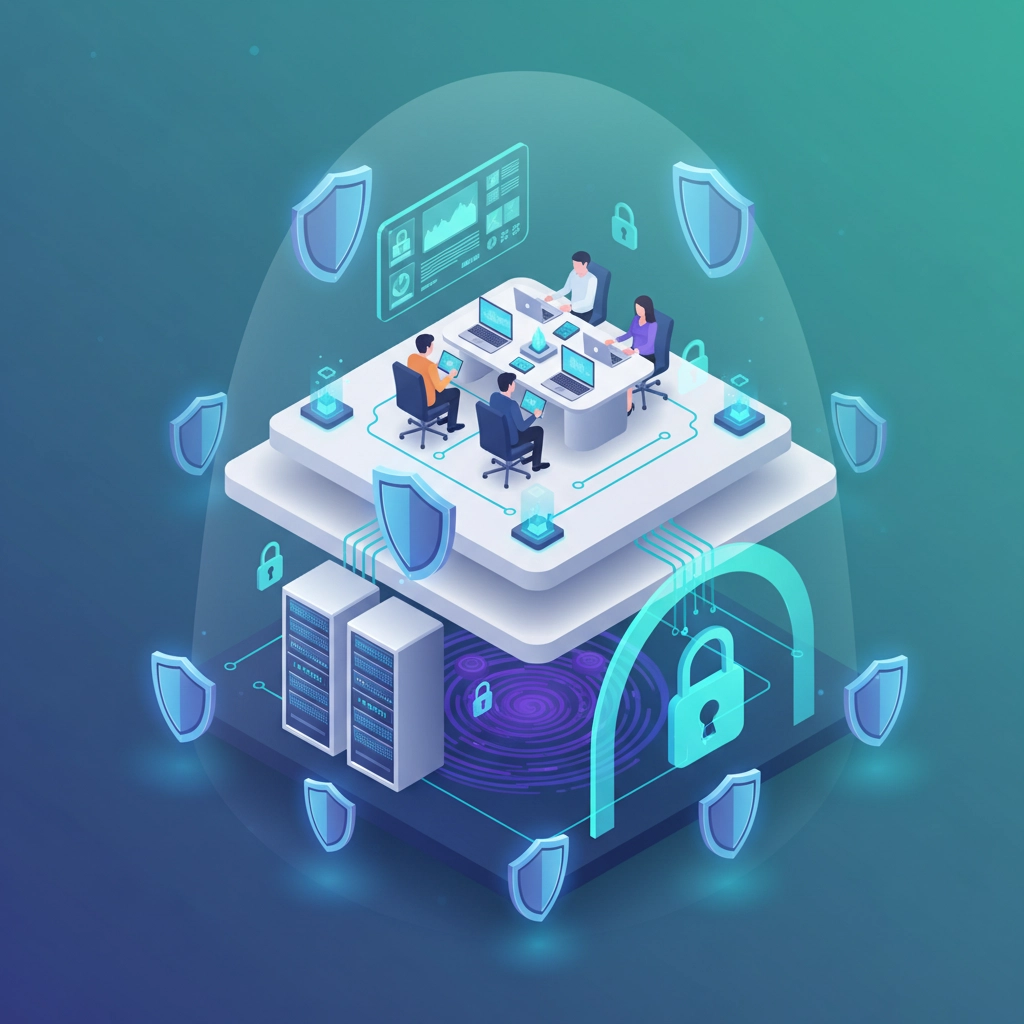
For small and medium businesses, this month isn't about fear-mongering. It's about empowerment. You don't need a massive IT budget or dedicated security team to make real improvements. You just need to focus on the right things.
Why Your Business Can't Afford to Ignore This
Let's be honest: cybersecurity can feel overwhelming. New threats emerge daily, technology keeps changing, and the jargon is enough to make anyone's head spin. Many business owners think, "We're too small to be targeted" or "We don't have anything valuable."
That's exactly what cybercriminals are counting on.
The reality is that small businesses are often easier targets than large corporations. You likely have valuable data (customer information, financial records, business plans), but you probably don't have the same security resources as Fortune 500 companies. This makes you attractive to criminals looking for the path of least resistance.
Cybersecurity Awareness Month gives you a structured way to address these challenges without getting overwhelmed. Instead of trying to solve everything at once, you can focus on making steady, meaningful improvements that actually protect your business.
The 5 Ways to Actually Make a Difference This October
1. Start With the Basics: Secure Your Digital Foundation
The "Core 4" aren't fancy or complicated – they're just effective. Focus on getting these fundamentals right across your organization:
Strong, Unique Passwords: Every account should have its own password, and they should be complex enough that they can't be easily guessed. Use a business password manager to make this manageable for your team.
Multi-Factor Authentication (MFA): Enable this on every business account that supports it. Yes, it adds an extra step, but it's like having a second lock on your door – it stops most opportunistic attacks cold.
Software Updates: Set up automatic updates where possible, and establish a regular schedule for updating everything else. Those "annoying" update notifications are actually security patches protecting you from known vulnerabilities.
Phishing Awareness: Train your team to recognize suspicious emails and messages. Modern phishing attempts are sophisticated, so regular, practical training is essential.

2. Turn Your Team Into a Security Asset
Your employees can be your greatest security strength or your biggest vulnerability. This month, focus on making security everyone's responsibility, not just IT's problem.
Run a simple phishing simulation to see how your team currently responds to suspicious emails. Don't use this as a "gotcha" moment – use it as a learning opportunity. Follow up with practical training that shows real examples of current threats.
Create an easy way for employees to report suspicious emails or activities without fear of getting in trouble. Many successful attacks are stopped by observant employees who notice something doesn't seem right.
Consider implementing a brief security discussion in your regular team meetings. Share recent threat examples relevant to your industry and celebrate when team members identify and report potential security issues.
3. Audit and Strengthen Your Digital Perimeter
Use this month to take a comprehensive look at your digital security posture. You don't need expensive consultants – you can do much of this yourself.
Review who has access to what systems and data. Remove access for former employees and limit current employee access to only what they need for their job. This principle of "least privilege" significantly reduces your risk if an account gets compromised.
Check your backup systems. Can you recover your data if you're hit with ransomware? Test your backups regularly and ensure they're stored separately from your main systems.
Examine your network security. Change default passwords on routers and other network equipment. Consider segmenting your network so that critical systems are isolated from general business use.

4. Develop Practical Incident Response Plans
Hope for the best, but plan for the worst. Having a clear plan for when (not if) something goes wrong can mean the difference between a minor inconvenience and a business-ending catastrophe.
Create a simple incident response checklist that any team member can follow. Include steps like disconnecting affected systems from the network, preserving evidence, and who to contact for help.
Establish relationships with cybersecurity professionals before you need them. Research local providers who specialize in small business security and incident response. It's much easier to find help before you're in crisis mode.
Document your critical systems and data. If you need to recover from an attack, you'll want to know exactly what needs to be restored and in what order.
5. Make Security Part of Your Business Culture
The most effective security improvements happen when cybersecurity becomes part of how your business operates, not something you think about once a year.
Leadership needs to model good security behavior. If the boss is clicking suspicious links or sharing passwords, the team will follow suit. Make security a priority from the top down.
Integrate security considerations into business processes. When you're planning new projects or systems, ask security questions upfront rather than trying to add protection afterward.
Communicate regularly about security wins and lessons learned. Share stories about threats you've successfully defended against and what you learned from security challenges.
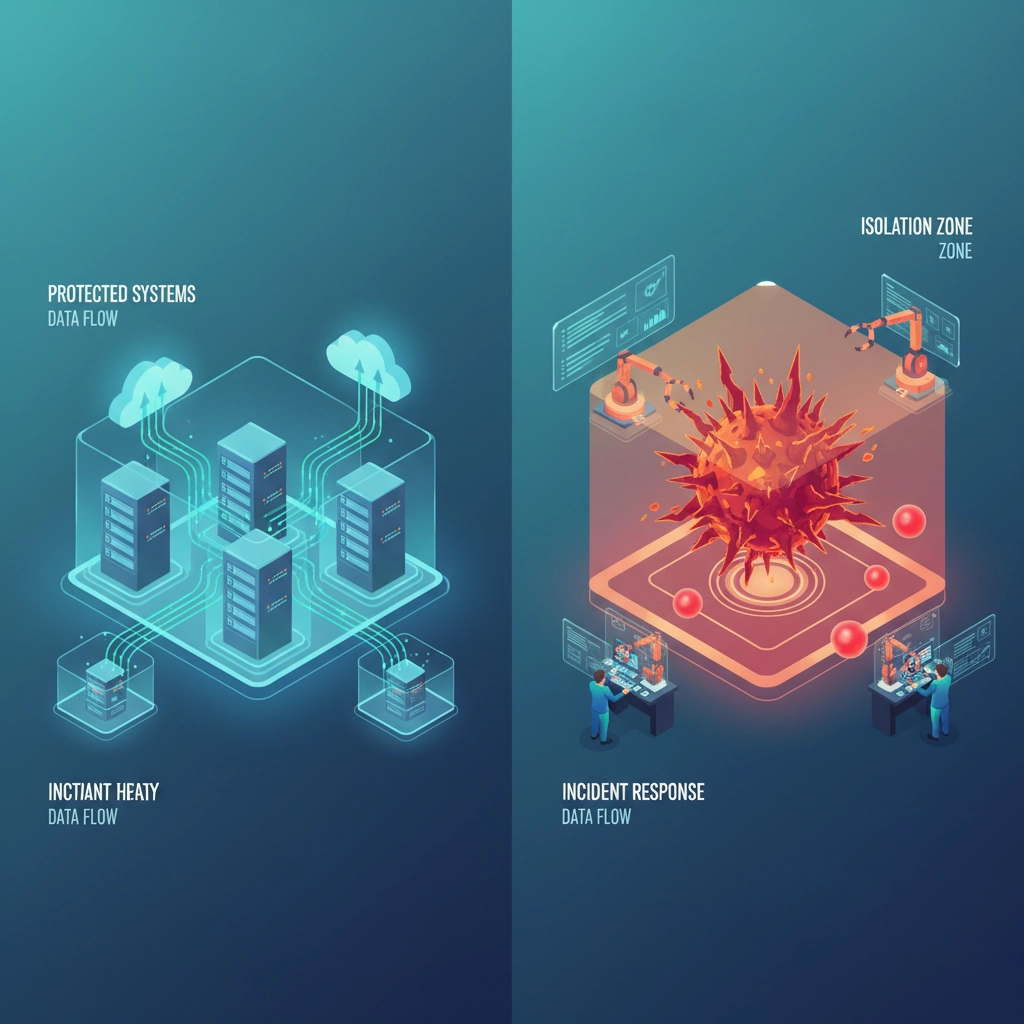
Beyond October: Making This Month Count
The real goal isn't to do everything perfectly in October – it's to build momentum that carries through the entire year. Pick one or two focus areas and do them well rather than trying to tackle everything at once.
Consider designating a "security champion" within your team who can help coordinate ongoing security efforts and serve as a point person for security questions and concerns.
Schedule regular security check-ins throughout the year. Put monthly or quarterly security reviews on your calendar just like you would any other important business activity.
Your Next Steps
Cybersecurity Awareness Month isn't about creating fear – it's about empowerment. You have more control over your security than you might think, and small improvements can create significant protection.
Start with one area that resonates most with your current challenges. Maybe it's finally implementing that password manager you've been considering, or perhaps it's running that first phishing simulation with your team. The key is to start somewhere and build from there.
Remember, perfect security doesn't exist, but significant improvement is entirely achievable. Your business deserves protection, and your customers trust you to keep their information safe. This October, take the steps to make that trust well-placed.
Ready to strengthen your business security but not sure where to start? At B&R Computers, we help small and medium businesses build practical, affordable cybersecurity strategies that actually work in the real world. Contact us today to discuss how we can help you turn this Cybersecurity Awareness Month into lasting protection for your business.

